ALL REALITY
The History and Future of the Cosmos, Nature, and Understanding
— Dominic Walliman, Ph.D.
— Robert M. Hazen, Ph.D.
FROM INFLATION & THE HOT BIG BANG
TO THE HEAT DEATH OF THE SOL SYSTEM
And the Total Universe After That?
Inflation and the Hot Big Bang:
From the Birth of the Cosmos to the Inhabitable Earth
Evolution of Nature
Elongated Prebiotic Polymers Fold:
From Earth's First Life to Homo Sapiens Sapiens (H. s. sapiens)
Evolution of Understanding
Reasoning & Individuality:
From Homo Sapiens Sapiens Leaving the Omo River Valley to Today
The Future of Understanding, Nature, and the Cosmos
From Today to the Heat Death of the Sol System
And the Total Universe After That?
All Reality
The Theory of Everything: The Quest to Explain All Reality
Inflation and the Hot Big Bang:
From the Birth of the Cosmos to the Inhabitable Earth
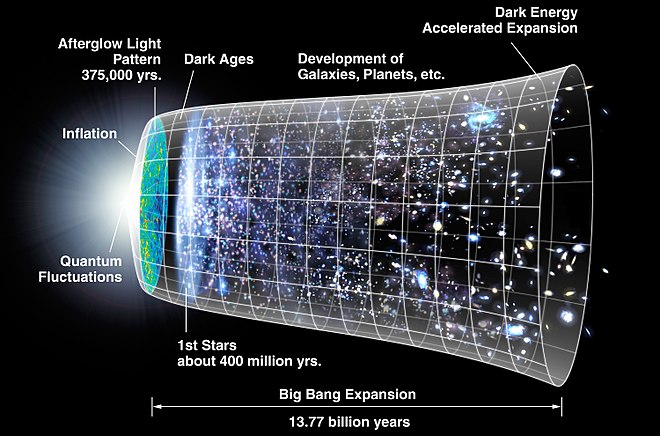
13.8 billion years ago...
Chronology of the Universe
Wikipedia

UPDATED UNDERSTANDING: 2020 Feb 9
The Big Bang is Probably Not What You Think It Is
Dominic Walliman, Ph.D.
2020, YouTube channel: DoS - Domain of Science
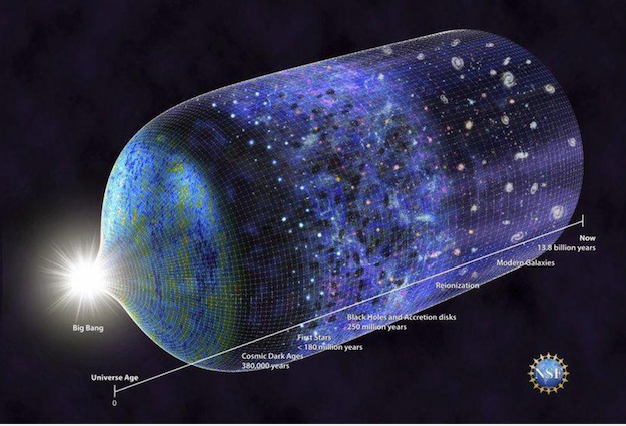
UPDATED UNDERSTANDING: 2021 Oct 13
Surprise: The Big Bang Isn’t the Beginning of the Universe Anymore
Ethan Siegel, Ph.D.
2021, Big Think/Starts With A Bang
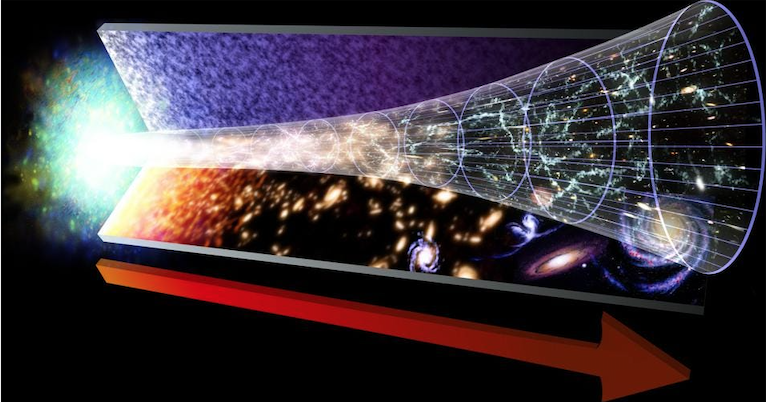
UPDATED UNDERSTANDING: 2020 Sept 17
If The Big Bang Wasn’t The Beginning, What Was It?
Ethan Siegel, Ph.D.
2020, Forbes
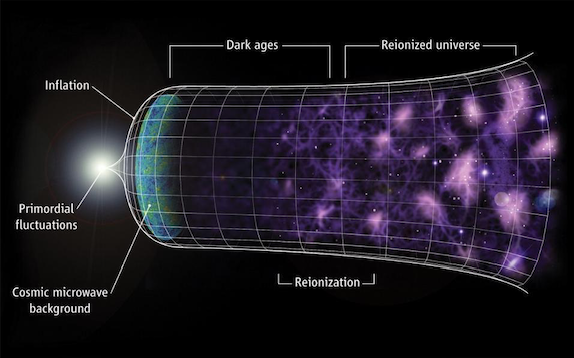
UPDATED UNDERSTANDING: 2021 Oct 8
Ask Ethan: Do we know why the Big Bang really happened?
Ethan Siegel, Ph.D.
2021, Big Think/Starts With A Bang
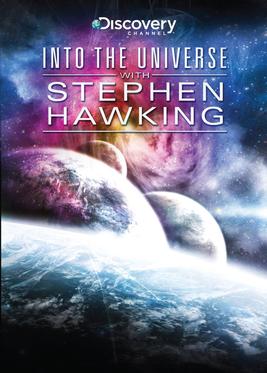
Into The Universe With Stephen Hawking
Episode 3: The Story Of Everything
Stephen Hawking, Benedict Cumberbatch
2011, Discovery Channel
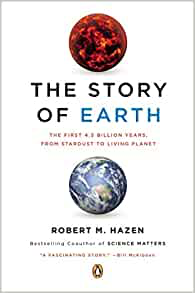
The Story of Earth: The First 4.5 Billion Years, from Stardust to Living Planet
Robert M. Hazen, Ph.D.
2012, Penguin Books
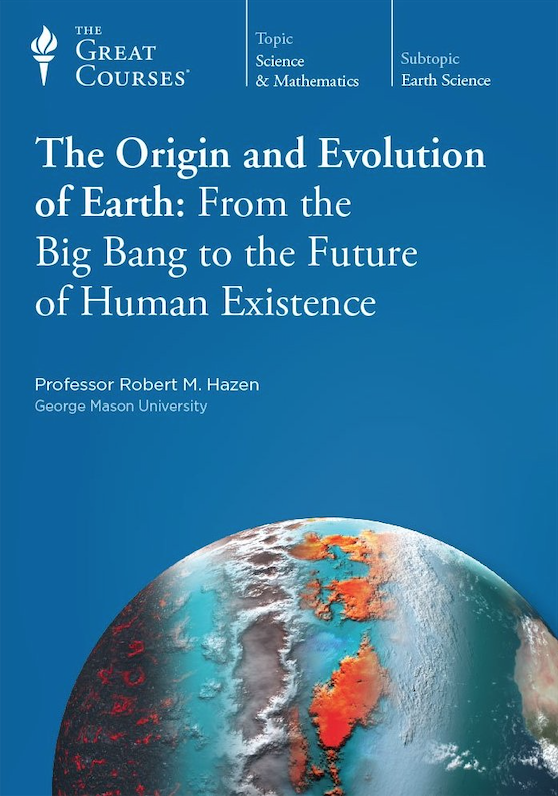
The Origin and Evolution of Earth
Robert M. Hazen, Ph.D.
2013, The Great Courses
Elongated Prebiotic Polymers Fold:
From Earth's First Life to Homo Sapiens Sapiens (H. s. sapiens)
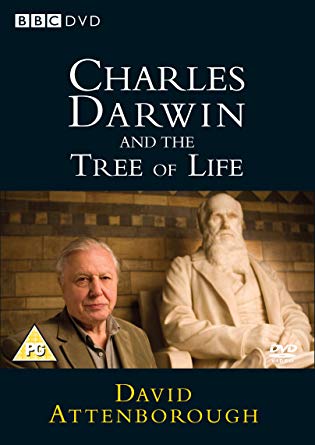
Charles Darwin and the Tree of Life
David Attenborough
2009, BBC
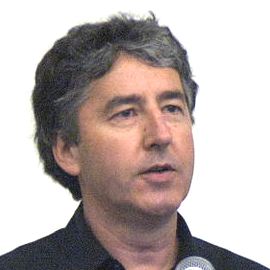
"Life is a self-sustaining chemical system capable of incorporating novelty and undergoing Darwinian evolution."
In 2009, Joyce's lab was the first to produce a self-replicating in vitro system, capable of exponential growth and continuing evolution, composed entirely of RNA enzymes.
Gerald Joyce
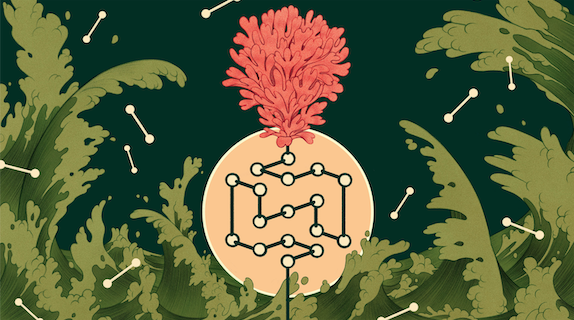
Life’s First Molecule Was Protein, Not RNA, New Model Suggests
Jordana Cepelewicz
2017, Quanta Magazine

Abiogenesis
"Origin of Life" redirects here. For non-scientific views on the origins of life, see Creation myth. Not to be confused with Biogenesis. For the oldest life forms, see Earliest known life forms.
Wikipedia
Last Update, en.wikipedia.org/wiki/Abiogenesis

About Life Detection
NASA Official
Last Update, astrobiology.nasa.gov
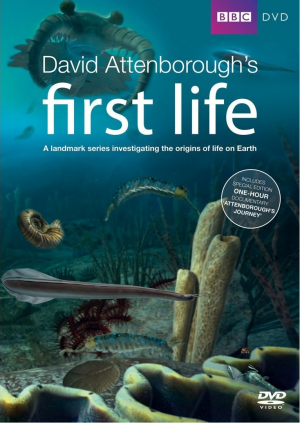
3.5 billion years ago...
First Life
David Attenborough
2010, BBC
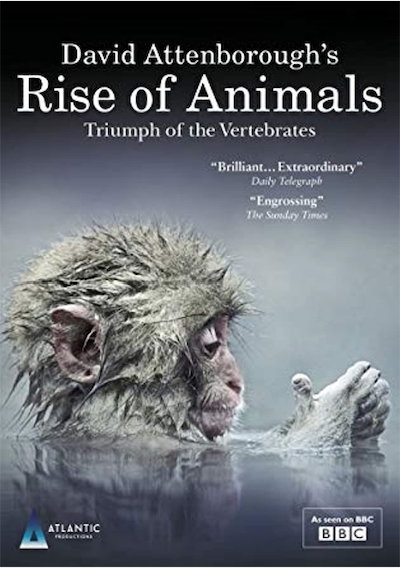
525 million years ago...
Rise of Animals: Triumph of the Vertebrates
David Attenborough
2013, BBC
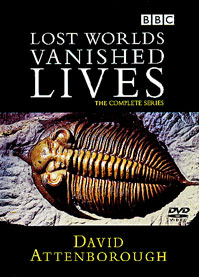
Lost Worlds Vanished Lives
David Attenborough
1989, BBC

530 million years ago...
Before The Dinosaurs: Walking With Monsters
Kenneth Branagh
2005, BBC
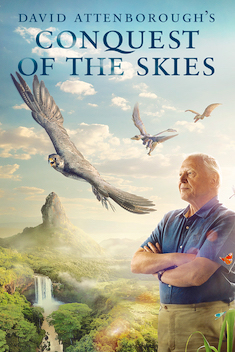
320 million years ago...
Conquest of the Skies
David Attenborough
2014, Sky Television
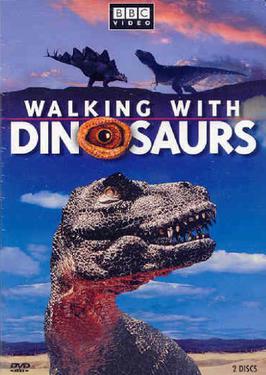
220 million years ago...
Walking With Dinosaurs
Kenneth Branagh
1999, BBC
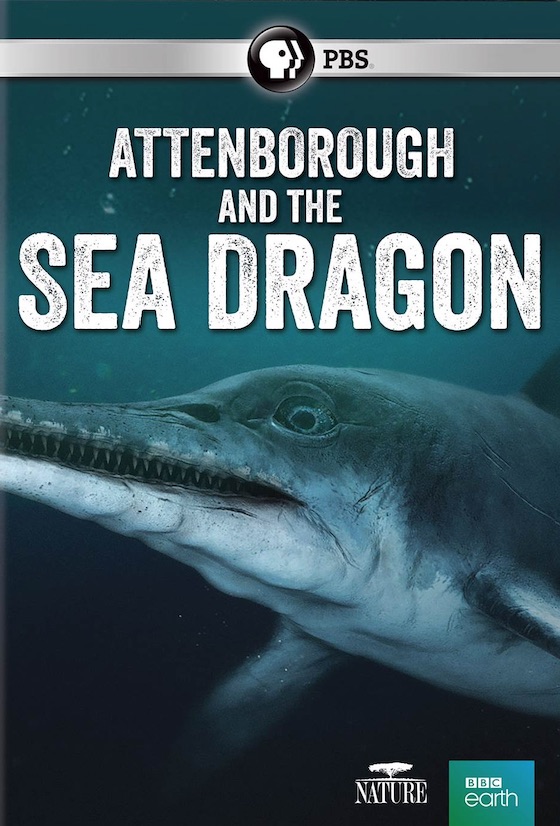
200 million years ago...
Attenborough and the Sea Dragon
Richard Attenborough
2018, BBC/PBS
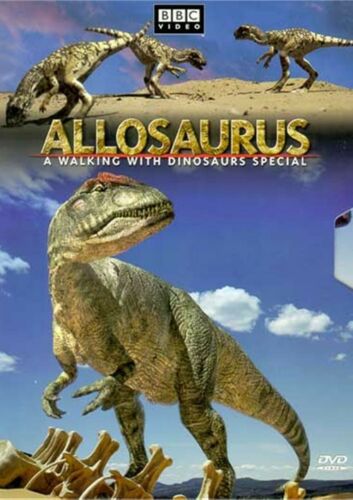
145 million years ago...
Allosaurus: A Walking with Dinosaurs Special
Kenneth Branagh
2000, BBC
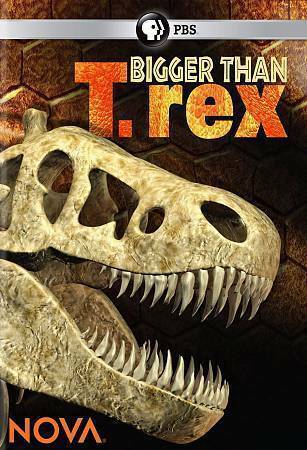
112 million years ago...
NOVA: Bigger Than T. rex
Craig Sechler
2014, PBS

154-65 million years ago...
Planet Dinosaur
John Hurt
2011, BBC
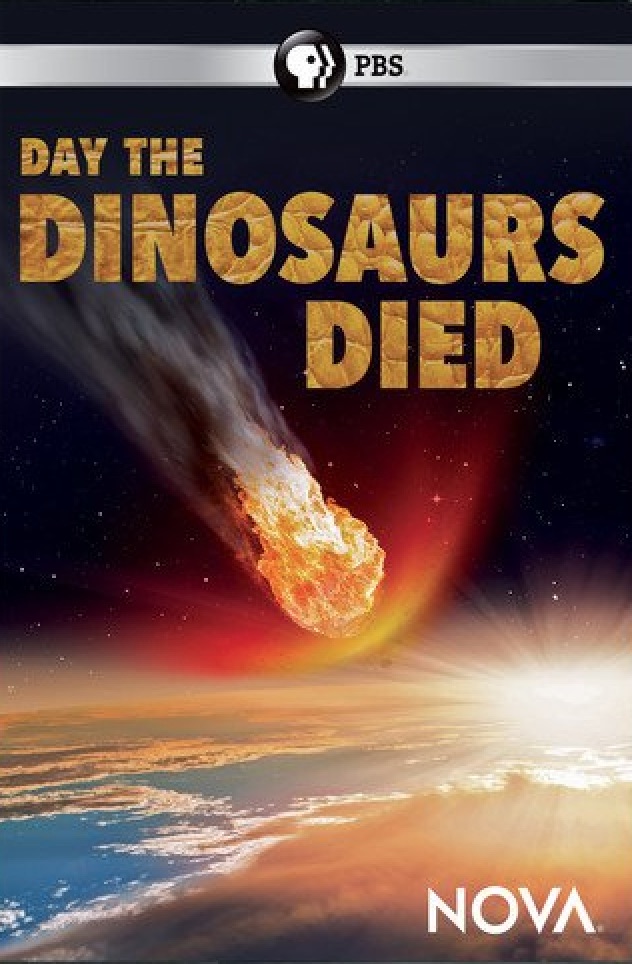
66 million years ago...
NOVA: Day the Dinosaurs Died
Craig Sechler
2017, PBS
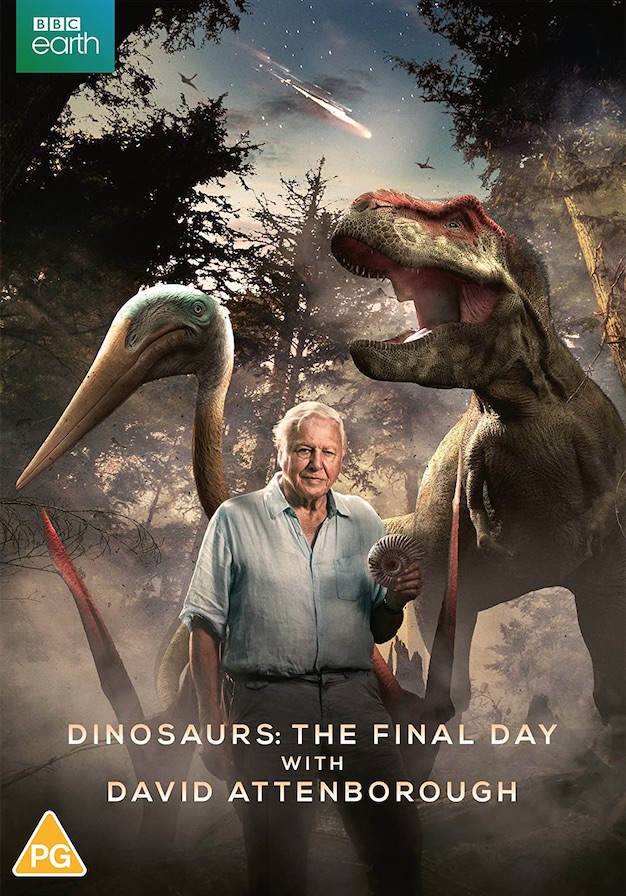
66 million years ago...
Dinosaurs: The Final Day with David Attenborough
David Attenborough
2022, BBC

49 million years ago...
Walking with Beasts
Kenneth Branagh
2001, BBC

3.5 million years ago...
Walking with Cavemen
Robert Winston
2003, BBC
Reasoning & Individuality:
From Homo Sapiens Sapiens Leaving the Omo River Valley to Today
100,000 years ago...
...the first Homo sapiens sapiens (H. s. sapiens), our species, emerged in southern Ethiopia's Omo River Valley.
42,000 years ago...
Upper Paleolithic Age
27,000 years ago...
...Homo sapiens sapiens had migrated to virtually every place on the planet that is currently inhabited.
11,000 years ago...
...H. s. sapiens (world population 5-10 million) invented agriculture.
10,000 years ago...
Mesolitithic Age
9,000 years ago...
New Stone or Neolitithic Age
7,000 years ago...
Copper and Stone or Chalcolithic Age
5,500 years ago...
Bronze Age
Less than 3,000 years ago...
Iron Age
800 - 330 BCE...
Classical Antiquity
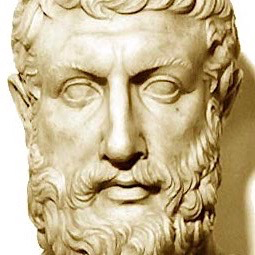
Parmenides (early 600s or late 500s BCE) was a pre-Socratic Greek philosopher. Parmenides has been considered the founder of metaphysics or ontology and has influenced the whole history of Western philosophy. Parmenides' philosophy has been explained with the slogan "whatever is is, and what is not cannot be". He is also credited with the phrase out of nothing nothing comes.
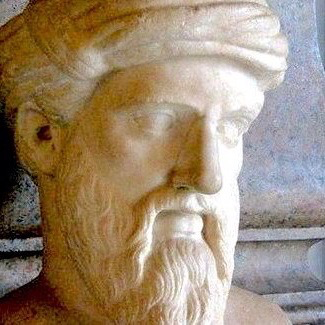
Pythagoras (c. 570 - c. 495 BCE) was an ancient Ionian Greek philosopher and the eponymous founder of Pythagoreanism. His political and religious teachings were well known in Magna Graecia and influenced the philosophies of Plato, Aristotle, and, through them, Western philosophy.
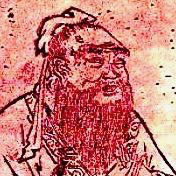
Confucius (551 - 479 BCE) was a Chinese philosopher and politician of the Spring and Autumn period. The philosophy of Confucius, also known as Confucianism, emphasized personal and governmental morality, correctness of social relationships, justice, kindness, and sincerity.
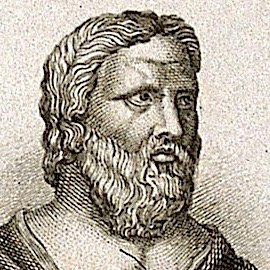
Heraclitus (c. 535 - c. 475 BCE) was a pre-Socratic Ionian Greek philosopher, and a native of the city of Ephesus, in modern-day Turkey and then part of the Persian Empire. Heraclitus believed the world was in accordance with Logos (literally, "word", "reason", or "account"). He also believed the world was ultimately made of fire. He was committed to a unity of opposites and harmony in the world. He was most famous for his insistence on ever-present change, or flux or becoming, as the characteristic feature of the world, as stated in the famous saying, "No man ever steps in the same river twice" as well as "Panta rhei", everything flows. This aspect of his philosophy is contrasted with that of Parmenides, who believed in being, and that nothing changes. Both had an influence on Plato and thus on all of Western philosophy.
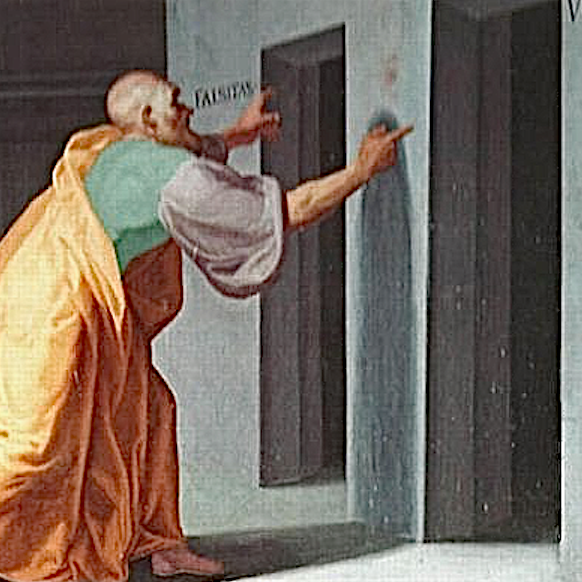
Zeno of Elea (c. 495 - c. 430 BCE) was a pre-Socratic Greek philosopher of Magna Graecia and a member of the Eleatic School founded by Parmenides. Aristotle called him the inventor of the dialectic. He is best known for his paradoxes, which Bertrand Russell described as "immeasurably subtle and profound".
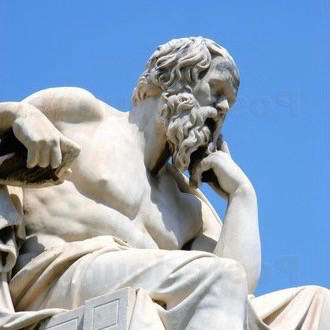
Socrates (c. 470 - 399 BCE) was a classical Greek (Athenian) philosopher credited as one of the founders of Western philosophy, and as being the first moral philosopher of the Western ethical tradition of thought. Socrates has become renowned for his contributions to the fields of ethics and epistemology.
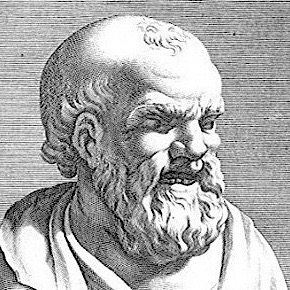
Democritus (c. 460 - c. 370 BCE) was an Ancient Greek pre-Socratic philosopher primarily remembered today for his formulation of an atomic theory of the universe. Democritus is said to have been disliked so much by Plato that the latter wished all of his books burned. He was nevertheless well known to his fellow northern-born philosopher Aristotle, and was the teacher of Protagoras. Many consider Democritus to be the "father of modern science".
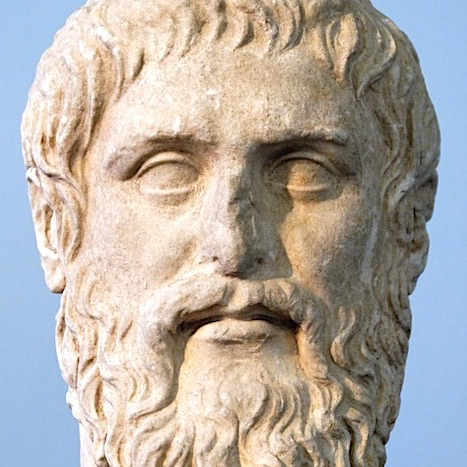
Plato (428/427 or 424/423 - 348/347 BCE) was an Athenian philosopher during the Classical period in Ancient Greece, founder of the Platonist school of thought, and the Academy, the first institution of higher learning in the Western world. He is widely considered the pivotal figure in the history of Ancient Greek and Western philosophy, along with his teacher, Socrates, and his most famous student, Aristotle. Plato was the innovator of the written dialogue and dialectic forms in philosophy. Plato is also considered the founder of Western political philosophy. Unlike the work of nearly all of his contemporaries, Plato's entire body of work is believed to have survived intact for over 2,400 years.
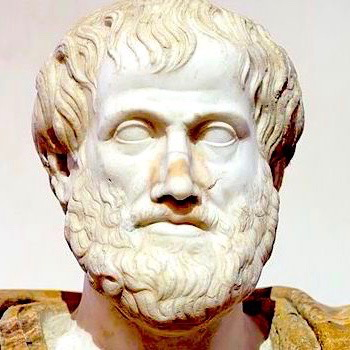
Aristotle (384-322 BCE) was a Greek philosopher and polymath during the Classical period in Ancient Greece. Taught by Plato, he was the founder of the Lyceum, the Peripatetic school of philosophy, and the Aristotelian tradition. His writings cover many subjects. including physics, biology, zoology, metaphysics, logic, ethics, esthetics, poetry, theatre, music, rhetoric, psychology, linguistics, economics, politics, and government. Aristotle provided a complex synthesis of the various philosophies existing prior to him. It was above all from his teachings that the West inherited its intellectual lexicon, as well as problems and methods of inquiry. As a result, his philosophy has exerted a unique influence on almost every form of knowledge in the West and it continues to be a subject of contemporary philosophical discussion.
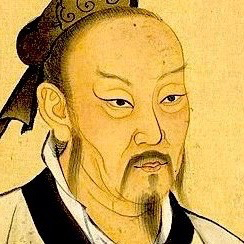
Mencius (372-289 BCE or 385-303 or 302 BCE) was a Chinese Confucian philosopher who has often been described as the "second Sage", that is, after only Confucius himself. A key belief of his was that humans are innately good, but that this quality requires cultivation and the right environment to flourish. He also taught that rulers must justify their position of power by acting benevolently towards their subjects, and in this sense they are subordinate to the masses.
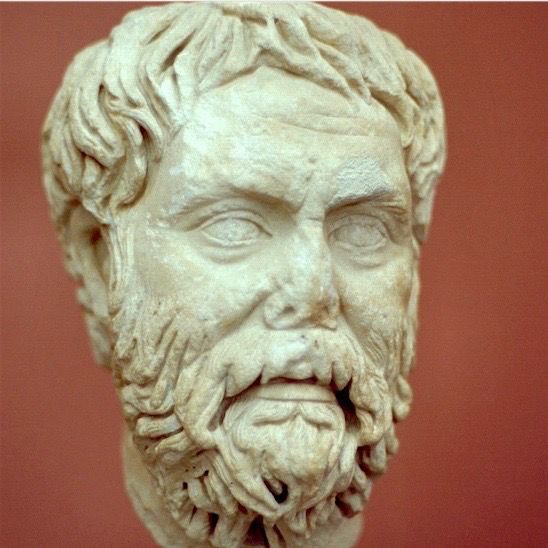
Pyrrho (c. 360 - c. 270 BCE) was a Greek philosopher of Classical antiquity and is credited as being the first Greek skeptic philosopher and founder of Pyrrhonism. Pyrrhonism is a school of philosophical skepticism. Philosophical skepticism (UK spelling: scepticism; from Greek σκέψις skepsis, "inquiry") is a philosophical school of thought that questions the possibility of certainty in knowledge. Skeptic philosophers from different historical periods adopted different principles and arguments, but their ideology can be generalized as either (1) the denial of possibility of all knowledge or (2) the suspension of judgement due to the inadequacy of evidence.
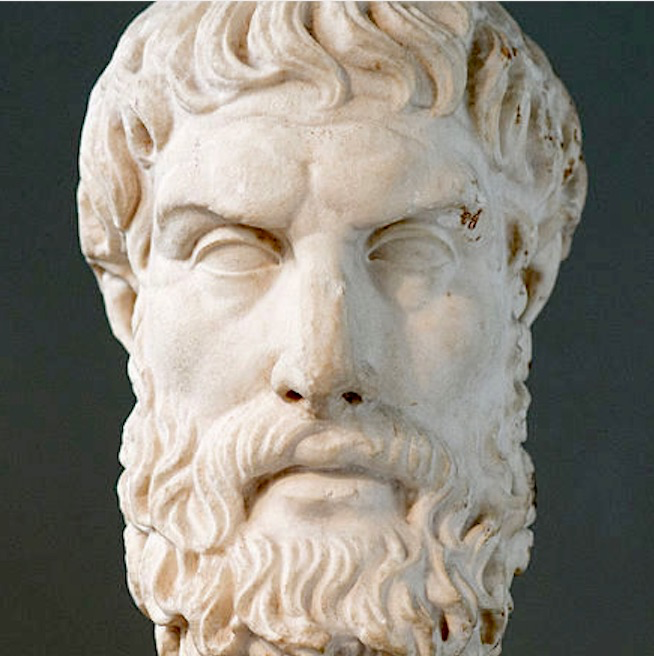
Epicurus (341-270 BCE) was an ancient Greek philosopher and sage who founded Epicureanism, a highly influential school of philosophy. He advocated that people were best able to pursue philosophy by living a self-sufficient life surrounded by friends. He taught that the root of all human neurosis is death denial and the tendency for human beings to assume that death will be horrific and painful, which he claimed causes unnecessary anxiety, selfish self-protective behaviors, and hypocrisy. According to Epicurus, death is the end of both the body and the soul and therefore should not be feared. He taught that people should behave ethically because amoral behavior will burden them with guilt and prevent them from attaining ataraxia. Like Aristotle, Epicurus was an empiricist, meaning he believed that the senses are the only reliable source of knowledge about the world.
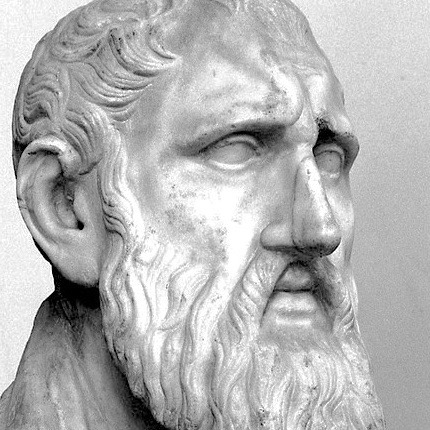
Zeno of Citium (c. 334 - c. 262 BCE) was a Hellenistic philosopher of Phoenician origin from Citium (Kition), Cyprus. Zeno was the founder of the Stoic school of philosophy, which he taught in Athens from about 300 BCE. Based on the moral ideas of the Cynics, Stoicism laid great emphasis on goodness and peace of mind gained from living a life of Virtue in accordance with Nature. It proved very popular, and flourished as one of the major schools of philosophy from the Hellenistic period through to the Roman era.

Aristarchus of Samos (c. 310 - c. 230 BCE) was an ancient Greek astronomer and mathematician who presented the first known heliocentric model that placed the Sun at the center of the known universe with the Earth revolving around it. He was influenced by Philolaus of Croton, but Aristarchus identified the "central fire" with the Sun, and he put the other planets in their correct order of distance around the Sun. Nicolaus Copernicus attributed the heliocentric theory to Aristarchus.
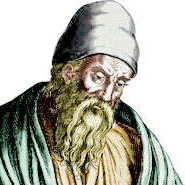
Euclid (c. 300 BCE), sometimes called Euclid of Alexandria to distinguish him from Euclid of Megara, was a Greek mathematician, often referred to as the "founder of geometry" or the "father of geometry". He was active in Alexandria during the reign of Ptolemy I (323-283 BCE). His series of 13 books on geometry called The Elements is one of the most influential works in the history of mathematics. It is a collection of definitions, postulates, propositions (theorems and constructions), and mathematical proofs of the propositions. The books cover plane and solid Euclidean geometry, elementary number theory, and incommensurable lines. The Elements is the oldest extant large-scale deductive treatment of mathematics, serving as the main textbook for teaching mathematics (especially geometry) from the time of its publication until the late 19th or early 20th century. It has proven instrumental in the development of logic and modern science, and its logical rigor was not surpassed until the 19th century.
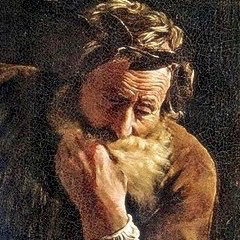
Archimedes (c. 287 - c. 212 BCE) was a Greek mathematician, physicist, engineer, inventor, and astronomer. Although few details of his life are known, he is regarded as one of the leading scientists in classical antiquity. Generally considered the greatest mathematician of antiquity and one of the greatest of all time, Archimedes anticipated modern calculus and analysis by applying concepts of infinitesimals and the method of exhaustion to derive and rigorously prove a range of geometrical theorems, including the area of a circle, the surface area and volume of a sphere, and the area under a parabola.
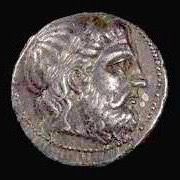
Seleucus of Seleucia (c. 190 - c. 150 BCE) was a Hellenistic astronomer and philosopher. Coming from Seleucia on the Tigris, Mesopotamia, the capital of the Seleucid Empire, or, alternatively, Seleukia on the Erythraean Sea, he is best known as a proponent of heliocentrism, or the astronomical model in which the Earth and planets revolve around the Sun at the center of the Universe, and for his theory of the tides being caused by the moon.
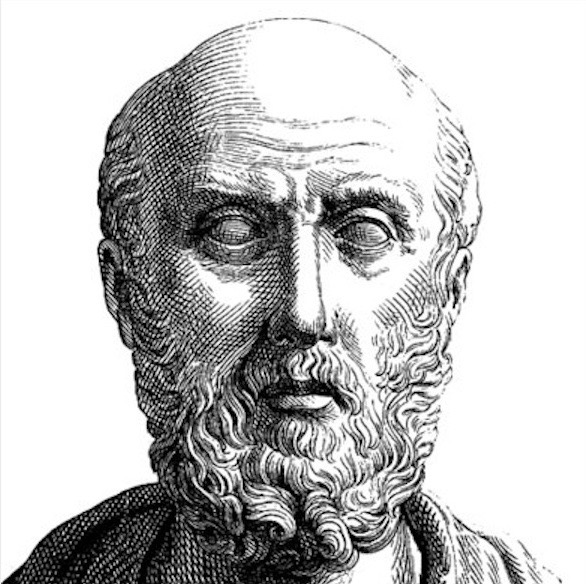
Hippocrates (c. 460 - c. 370 BCE) was a Greek physician of the Age of Pericles (Classical Greece), who is considered one of the most outstanding figures in the history of medicine. He is often referred to as the "Father of Medicine" in recognition of his lasting contributions to the field as the founder of the Hippocratic School of Medicine. This intellectual school revolutionized medicine in ancient Greece, establishing it as a discipline distinct from other fields with which it had traditionally been associated (theurgy and philosophy), thus establishing medicine as a profession.
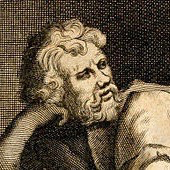
Epictetus (c. 50 - 135) was a Greek Stoic philosopher. Epictetus taught that philosophy is a way of life and not just a theoretical discipline. To Epictetus, all external events are beyond our control; we should accept calmly and dispassionately whatever happens. However, individuals are responsible for their own actions, which they can examine and control through rigorous self-discipline.
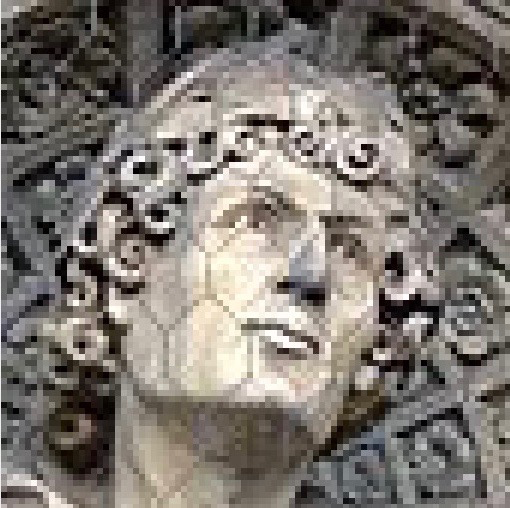
Pliny the Elder (23/24 - 79) was a Roman author, a naturalist and natural philosopher, a naval and army commander of the early Roman Empire, and a friend of emperor Vespasian. In the year 50 he wrote the encyclopedic Naturalis Historia (Natural History), which became an editorial model for encyclopedias.
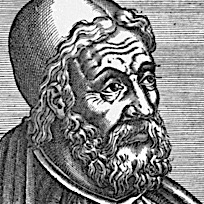
Ptolemy (c. 100 - c. 170) was a Greco-Roman mathematician, astronomer, natural philosopher, geographer and astrologer who wrote several scientific treatises, three of which were of importance to later Byzantine, Islamic and Western European science. In the 150s Ptolemy produced the geocentric model of the solar system.
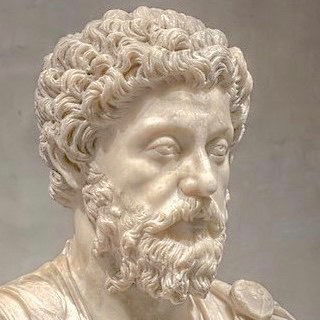
Marcus Aurelius (26 April 121 - 17 March 180) was a Roman emperor from 161 to 180 and a Stoic philosopher. He was the last of the rulers known as the Five Good Emperors (a term coined some 13 centuries later by Niccolo Machiavelli), and the last emperor of the Pax Romana, an age of relative peace and stability for the Roman Empire. Meditations, the writings of "the philosopher" - as contemporary biographers called Marcus, are a significant source of the modern understanding of ancient Stoic philosophy. They have been praised by fellow writers, philosophers, monarchs, and politicians centuries after his death.
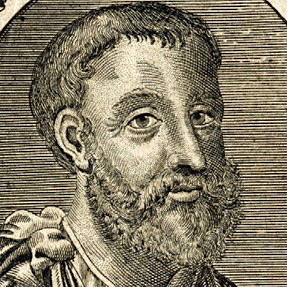
Galen (September 129 - c. 200/c. 216) was a Greek physician, surgeon and philosopher in the Roman Empire. Arguably the most accomplished of all medical researchers of antiquity, Galen influenced the development of various scientific disciplines, including anatomy, physiology, pathology, pharmacology, and neurology, as well as philosophy and logic.
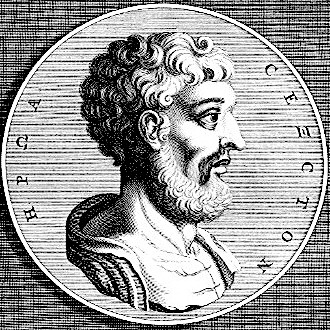
Sextus Empiricus (c. 160 - c. 210) was a Pyrrhonist philosopher and a physician. Sextus Empiricus raised concerns which applied to all types of knowledge. He doubted the validity of induction long before its best known critic David Hume, and raised the regress argument against all forms of reasoning. Sextus Empiricus advises that we should suspend judgment about virtually all beliefs. This view is known as Pyrrhonian skepticism, as distinguished from Academic skepticism which, according to Sextus, denies knowledge altogether. Sextus advocates suspending judgment (epoche) about whether anything is knowable. Only by suspending judgment can we attain a state of ataraxia (roughly, 'peace of mind'). Sextus did not think such a general suspension of judgment to be impractical, since we may live without any beliefs, acting by habit.
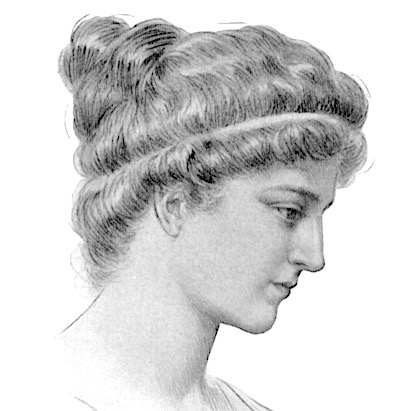
Hypatia (c. 350/370 - 415) was a Hellenistic Neoplatonist philosopher, astronomer, and mathematician, who lived in Alexandria, Egypt, then part of the Eastern Roman Empire. She was a prominent thinker of the Neoplatonic school in Alexandria where she taught philosophy and astronomy. In the twentieth century, Hypatia became seen as an icon for women's rights and a precursor to the feminist movement. Since the late twentieth century, some portrayals have associated Hypatia's death with the destruction of the Library of Alexandria, despite the historical fact that the library no longer existed during Hypatia's lifetime.
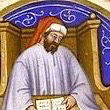
Boethius (c. 477 - 524), was a Roman senator, consul, magister officiorum, and philosopher of the early 6th century. Boethius composed his Consolation of Philosophy, a philosophical treatise on fortune, death, and other issues, which became one of the most popular and influential works of the Middle Ages. He became the main intermediary between Classical antiquity and following centuries.
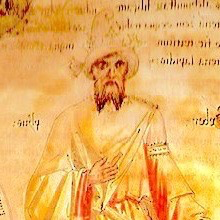
Jabir ibn Hayyan (unknown - c. 806−816) is the purported author of an enormous number and variety of works, often called the Jabirian corpus. The original scope of the corpus was vast and diverse, covering a wide range of topics ranging from cosmology, astronomy and astrology, over medicine, pharmacology, zoology and botany, to metaphysics, logic, and grammar. Popularly known as the father of chemistry, Jabir's works contain the oldest known systematic classification of chemical substances, and the oldest known instructions for deriving an inorganic compound from organic substances (such as plants, blood, and hair) by chemical means. He is also known for the creation of several acids.
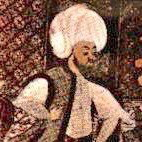
Al-Kindi (c. 801 - 873) was an Arab Muslim philosopher, polymath, mathematician, physician and musician. Al-Kindi was the first of the Islamic peripatetic philosophers, and is hailed as the "father of Arab philosophy". In the field of mathematics, al-Kindi played an important role in introducing Indian numerals to the Islamic world, and subsequently the Arabic numerals to the Christian world, along with Al-Khwarizmi. Al-Kindi was also one of the fathers of cryptography. Building on the work of Al-Khalil (717-786), Al-Kindi's book entitled Manuscript on Deciphering Cryptographic Messages gave rise to the birth of cryptanalysis, was the earliest known use of statistical inference, and introduced several new methods of breaking ciphers, notably frequency analysis. Using his mathematical and medical expertise, he was able to develop a scale that would allow doctors to quantify the potency of their medication.
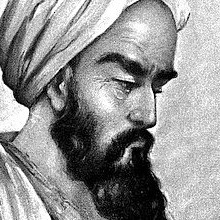
Muhammad ibn Zakariya al-Razi (854-925), was a Persian polymath, physician, alchemist, philosopher, and important figure in the history of medicine. He also wrote on logic, astronomy and grammar. A comprehensive thinker, Razi made fundamental and enduring contributions to various fields, which he recorded in over 200 manuscripts. He discovered kerosene and distilled petroleum. He is particularly remembered for numerous advances in medicine through his observations and discoveries. He refuted the Aristotelian classical elements and was among the first to use Galenic humorism theory to distinguish one contagious disease from another. He wrote a pioneering book about smallpox and measles providing clinical characterization of the diseases.
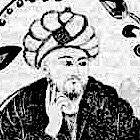
Al-Farabi (c. 872 - between 14 December, 950 and 12 January, 951) was a renowned early Islamic philosopher and jurist who wrote in the fields of political philosophy, metaphysics, ethics and logic. He was also a scientist, cosmologist, mathematician and music scholar. In Islamic philosophical tradition he was often called "the Second Teacher", following Aristotle who was known as "the First Teacher". He is credited with preserving the original Greek texts during the Middle Ages.
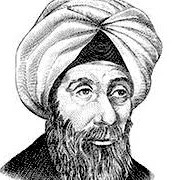
Ibn Sahl (c. 940-1000) was a Persian mathematician and physicist of the Islamic Golden Age. Ibn Sahl is the first Muslim scholar known to have studied Ptolemy's Optics, and as such an important precursor to the Book of Optics by Ibn Al-Haytham (Alhazen), written some thirty years later. Ibn Sahl dealt with the optical properties of curved mirrors and lenses and has been described as the discoverer in 984 of the law of refraction (Snell's law). Ibn Sahl uses this law to derive lens shapes that focus light with no geometric aberrations, known as anaclastic lenses. In the remaining parts of the treatise, Ibn Sahl dealt with parabolic mirrors, ellipsoidal mirrors, biconvex lenses, and techniques for drawing hyperbolic arcs.
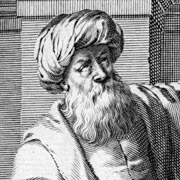
Ibn al-Haytham (c. 965 - c. 1040) was a Muslim Arab mathematician, astronomer, and physicist of the Islamic Golden Age. Referred to as "the father of modern optics", he made significant contributions to the principles of optics and visual perception in particular. His most influential work is titled Kitāb al-Manāẓir ("Book of Optics"), written during 1011-1021, represents the first use of controlled experiments and reproducibility of its results.
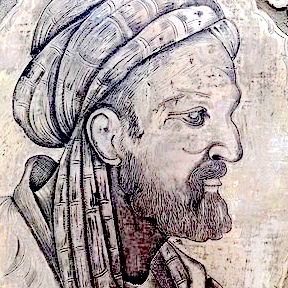
Avicenna (c. 980 - June 1037) was a Persian polymath who is regarded as one of the most significant physicians, astronomers, thinkers and writers of the Islamic Golden Age, and the father of early modern medicine. The Canon of Medicine is an encyclopedia of medicine in five books compiled by Avicenna and completed in 1025. It presents an overview of the contemporary medical knowledge of the Islamic world, which had been influenced by earlier traditions including Greco-Roman medicine (particularly Galen), Persian medicine, Chinese medicine and Indian medicine. Avicenna is also called "the most influential philosopher of the pre-modern era".
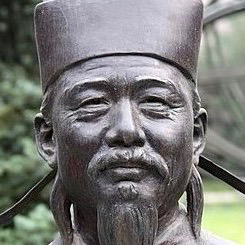
Shen Kuo (1031-1095) was a Chinese polymathic scientist and statesman. Excelling He was a mathematician, astronomer, meteorologist, geologist, entomologist, anatomist, climatologist, zoologist, botanist, pharmacologist, medical scientist, agronomist, archaeologist, ethnographer, cartographer, geographer, geophysicist, mineralogist, encyclopedist, military general, diplomat, hydraulic engineer, inventor, economist, academy chancellor, finance minister, governmental state inspector, philosopher, art critic, poet, and musician. He was the head official for the Bureau of Astronomy in the Song court, as well as an Assistant Minister of Imperial Hospitality. He discovered the concepts of true north and magnetic declination, and developd the first theory of Geomorphology. Geomorphology is the scientific study of the origin and evolution of topographic and bathymetric features created by physical, chemical or biological processes operating at or near the Earth's surface.
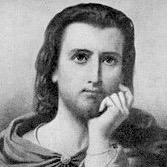
Peter Abelard (c.1079 - 21 April 1142) was a medieval French scholastic philosopher, leading logician, theologian, teacher, musician, composer, and poet. In philosophy he is celebrated for his logical solution to the problem of universals via nominalism and conceptualism and his pioneering of intent in ethics. Often referred to as the “Descartes of the twelfth century”, he is considered a forerunner of Rousseau, Kant, and Spinoza. He is sometimes credited as a chief forerunner of modern empiricism.
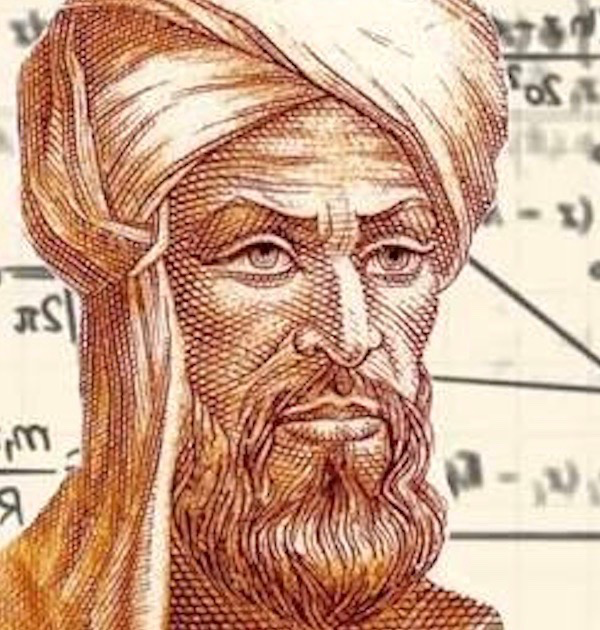
Al-Khazini was an Iranian astronomer of Greek origin from Seljuk Persia. His astronomical tables written under the patronage of Sultan Sanjar is considered to be one of the major works in mathematical astronomy of the medieval period. He provided the positions of fixed stars, and for oblique ascensions and time-equations for the latitude of Marv in which he was based. He also wrote extensively on various calendrical systems and on the various manipulations of the calendars. He was the author of an encyclopedia on scales and water-balances.
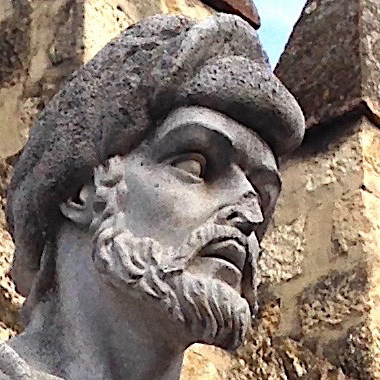
Averroes (14 April 1126 - 11 December 1198) was a Muslim Andalusian polymath and jurist who wrote about many subjects, including philosophy, theology, medicine, astronomy, physics, psychology, mathematics, Islamic jurisprudence and law, and linguistics. His philosophical works include numerous commentaries on Aristotle, for which he was known in the West as The Commentator and Father of rationalism.
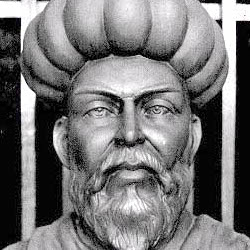
Ibn al-Nafis (1213 - 1288) was an Arab polymath whose areas of work included medicine, surgery, physiology, anatomy, biology, Islamic studies, jurisprudence, and philosophy. He is known for being the first to describe in 1242 the pulmonary circulation of the blood. The work of Ibn al-Nafis regarding the right sided (pulmonary) circulation pre-dates the later work (1628) of William Harvey's De motu cordis. Both theories attempt to explain circulation. Second century Greek physician Galen's theory about the physiology of the circulatory system remained unchallenged until the works of Ibn al-Nafis, for which he has been described as "the father of circulatory physiology".
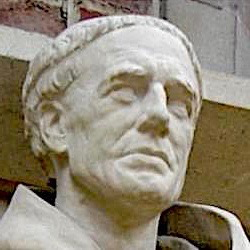
Roger Bacon (c. 1219/20 - c. 1292) was an English philosopher and Franciscan friar who placed considerable emphasis on the study of nature through empiricism. In the early modern era, he was regarded as a wizard and particularly famed for the story of his mechanical or necromantic brazen head. He is sometimes credited (mainly since the 19th century) as one of the earliest European advocates of the modern scientific method inspired by Aristotle and by the Arab scientist Alhazen.

William of Saint-Cloud is a French astronomer in the late thirteenth century. He is known for his Almanac prepared around 1292. This almanac, one of the rare witness of astronomical observations at the end of the High Middle Ages, contains ephemeris of the sun, moon and planets. Of particular note it advocates the use of the camera obscura to observe solar eclipses.

Jean Buridan (c. 1301 - c. 1359/62) was an influential 14th century French philosopher. Buridan was a teacher in the faculty of arts at the University of Paris for his entire career, focusing in particular on logic and the works of Aristotle. He developed the concept of impetus, the first step toward the modern concept of inertia and an important development in the history of medieval science.
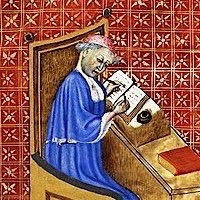
Nicole Oresme (c. 1320-1325 - July 11, 1382) was a significant philosopher of the later Middle Ages. He wrote influential works on economics, mathematics, physics, astrology and astronomy, philosophy, and theology; was Bishop of Lisieux, a translator, a counselor of King Charles V of France, and one of the most original thinkers of 14th-century Europe. He is known for his discovery of the curvature of light through atmospheric refraction.
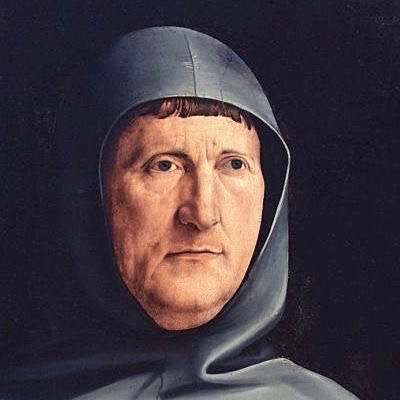
Luca Pacioli (c. 1447 - 19 June 1517) was an Italian mathematician, Franciscan friar, collaborator with Leonardo da Vinci, and an early contributor to the field now known as accounting. He is referred to as "The Father of Accounting and Bookkeeping" in Europe and he was the second person to publish a work on the double-entry system of book-keeping on the continent.
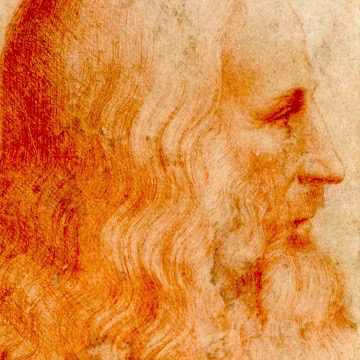
Leonardo da Vinci (14/15 April 1452 - May 1519) was an Italian polymath of the Renaissance whose areas of interest included invention, drawing, painting, sculpture, architecture, science, music, mathematics, engineering, literature, anatomy, geology, astronomy, botany, paleontology, and cartography. He has been variously called the father of palaeontology, ichnology, and architecture, and is widely considered one of the greatest painters of all time (despite perhaps only 15 of his paintings having survived).
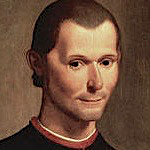
Niccolò Machiavelli (3 May 1469 - 21 June 1527) was an Italian Renaissance diplomat, philosopher and writer, best known for his book The Prince (Il Principe), written in 1513. Often called the father of modern political philosophy and political science, Machiavelli glorified instrumentality in state building, an approach embodied by the saying, "The ends justify the means". As a treatise, The Prince is a manual on acquiring and keeping political power. Its primary intellectual contribution to the history of political thought is the fundamental break between political idealism and political realism. Machiavelli insisted that an imaginary ideal society is not a model by which a prince should orient himself, in contrast to Plato and Aristotle.
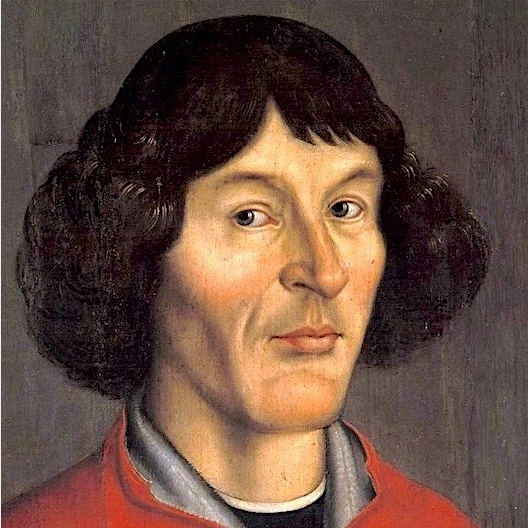
Nicolaus Copernicus (19 February 1473 - 24 May 1543) was a Renaissance-era mathematician and astronomer who formulated a heliocentric model of the universe that placed the Sun rather than the Earth at the center of the universe, likely independently of Aristarchus of Samos, who had formulated such a model some eighteen centuries earlier. The publication of Copernicus' model in his book De revolutionibus orbium coelestium (On the Revolutions of the Celestial Spheres), just before his death in 1543, was a major event in the history of science, triggering the Copernican Revolution and making an important contribution to the Scientific Revolution.
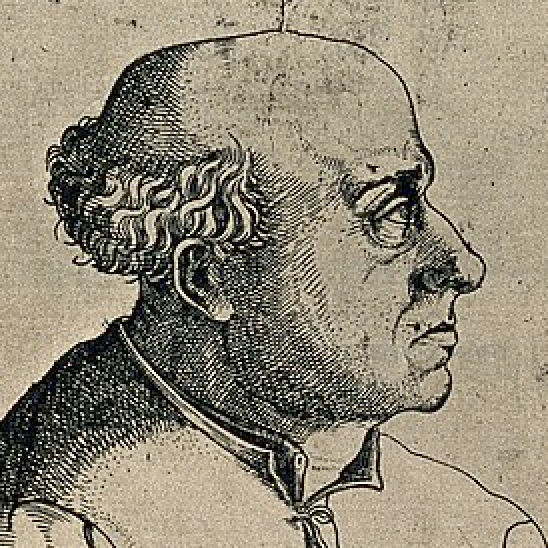
Paracelsus (1493 - 24 September 1541), born Theophrastus von Hohenheim (full name Philippus Aureolus Theophrastus Bombastus von Hohenheim), was a Swiss physician, alchemist, and astrologer of the German Renaissance. He was a pioneer in several aspects of the "medical revolution" of the Renaissance, emphasizing the value of observation in combination with received wisdom. He is credited as the "father of toxicology."
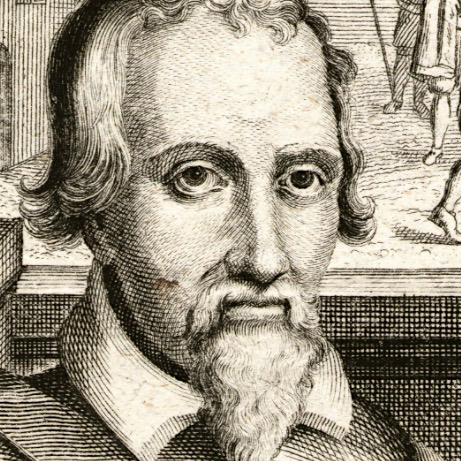
Michael Servetus (29 September 1509 or 1511 - 27 October 1553) was the first European to correctly describe the function of pulmonary circulation. He was a polymath versed in many sciences: mathematics, astronomy and meteorology, geography, human anatomy, medicine and pharmacology, as well as jurisprudence, translation, poetry and the scholarly study of the Bible in its original languages. He is renowned in the history of several of these fields, particularly medicine. He participated in the Protestant Reformation, and later rejected the Trinity doctrine and mainstream Catholic Christology. After being condemned by Catholic authorities in France, he fled to Calvinist Geneva where he was burned at the stake for heresy.
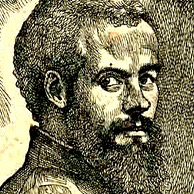
Andreas Vesalius (31 December 1514 - 15 October 1564) was a 16th-century Flemish anatomist, physician, and author of one of the most influential books on human anatomy, De humani corporis fabrica (On the Fabric of the Human Body). Vesalius is often referred to as the founder of modern human anatomy.
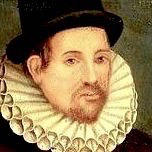
William Gilbert (24 May 1544? - 30 November 1603), also known as Gilberd, was an English physician, physicist and natural philosopher. His primary scientific work was On the Magnet and Magnetic Bodies, and on the Great Magnet the Earth published in 1600. In this work, he describes many of his experiments with his model Earth called the terrella. From these experiments, he concluded that the Earth was itself magnetic and that this was the reason compasses point north (previously, some believed that it was the pole star, Polaris, or a large magnetic island on the north pole). He was the first to argue, correctly, that the centre of the Earth was iron.
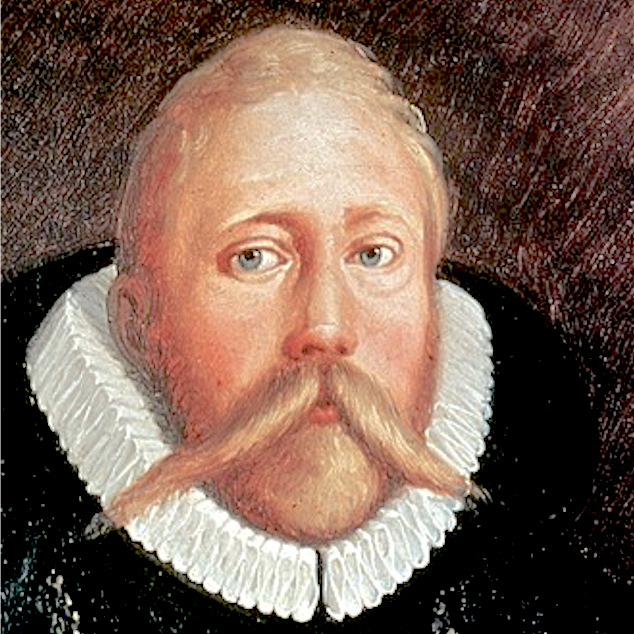
Tycho Brahe (14 December 1546 - 24 October 1601) was a Danish nobleman, astronomer, and writer known for his accurate and comprehensive astronomical and planetary observations. He was born in the then Danish peninsula of Scania. Well known in his lifetime as an astronomer, astrologer and alchemist, he has been described as "the first competent mind in modern astronomy to feel ardently the passion for exact empirical facts." His observations were some five times more accurate than the best available observations at the time.
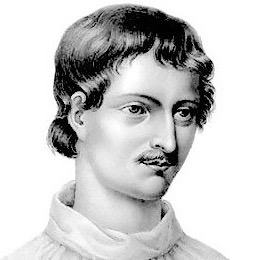
Giordano Bruno (1548 - 17 February 1600) was an Italian Dominican friar, philosopher, mathematician, poet, and cosmological theorist. He is known for his cosmological theories, which conceptually extended the then-novel Copernican model. He proposed that the stars were distant suns surrounded by their own exoplanets and raised the possibility that these planets could foster life of their own, a philosophical position known as cosmic pluralism. He also insisted that the universe is infinite and could have no celestial body at its "center." Starting in 1593, Bruno was tried for heresy by the Roman Inquisition on charges of denial of several core Catholic doctrines, including eternal damnation, the Trinity, the divinity of Christ, the virginity of Mary, and transubstantiation.
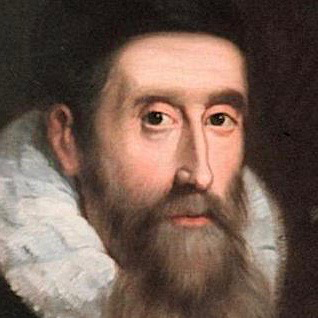
John Napier (1 February 1550 - 4 April 1617) was a Scottish landowner known as a mathematician, physicist, and astronomer. Napier is best known for having discovered logarithms. In mathematics, the logarithm is the inverse function to exponentiation. That means the logarithm of a given number x is the exponent to which another fixed number, the base b, must be raised, to produce that number x.
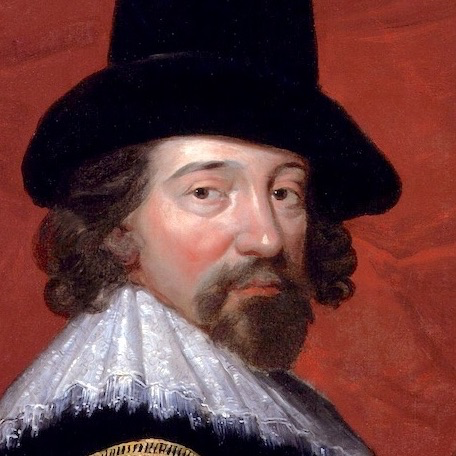
Francis Bacon (22 January 1561 - 9 April 1626) was an English philosopher and statesman who served as Attorney General and as Lord Chancellor of England. His works are credited with developing the scientific method and remained influential through the scientific revolution. Bacon has been called the father of empiricism. His works argued for the possibility of scientific knowledge based only upon inductive reasoning and careful observation of events in nature. Most importantly, he argued science could be achieved by use of a sceptical and methodical approach whereby scientists aim to avoid misleading themselves. The general idea of the importance and possibility of a sceptical methodology makes Bacon the father of the scientific method.
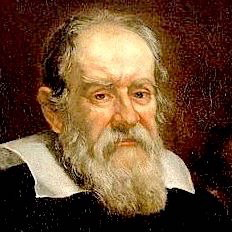
Galileo Galilei (15 February 1564 - 8 January 1642) was an Italian astronomer, physicist and engineer, sometimes described as a polymath, from Pisa. Galileo has been called the "father of observational astronomy", the "father of modern physics", the "father of the scientific method", and the "father of modern science". On March 13, 1610, Galilei published a short astronomical pamphlet in New Latin called the Starry Messenger. It was the first published scientific work based on observations made through a telescope, and it contains the results of Galileo's early observations of the imperfect and mountainous Moon, the hundreds of stars that were unable to be seen in either the Milky Way or certain constellations with the naked eye, and the Medicean Stars (later Galilean moons) that appeared to be circling Jupiter. In 1638 Galileo proposed that a falling body would fall with a uniform acceleration, as long as the resistance of the medium through which it was falling remained negligible, or in the limiting case of its falling through a vacuum. Galileo was the first to demonstrate and then formulate supporting equations using a ramp to study rolling balls, and a water clock to measure elapsed time. This set of equations describe the resultant trajectories when objects move owing to a constant gravitational force under normal Earth-bound conditions. For this Galileo was tried by the Inquisition, found "vehemently suspect of heresy", and forced to recant. He spent the rest of his life under house arrest. During the Apollo 15 mission in 1971, astronaut David Scott showed that Galileo was right: acceleration is the same for all bodies subject to gravity on the Moon, even for a hammer and a feather.
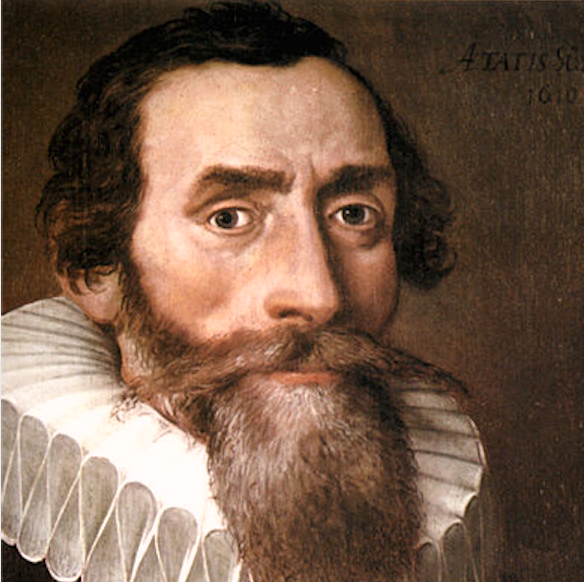
Johannes Kepler (December 27, 1571 - November 15, 1630) was a German mathematician, astronomer, and astrologer. Kepler is a key figure in the 17th-century scientific revolution. He is best known for his three laws of planetary motion; the first two in 1609, the third in 1619; based on his works Astronomia nova, Harmonices Mundi, and Epitome of Copernican Astronomy. These works also provided one of the foundations for Isaac Newton's theory of universal gravitation.
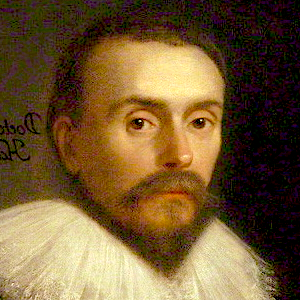
William Harvey (1 April 1578 - 3 June 1657) was an English physician who made seminal contributions in anatomy and physiology. He was the first known physician to describe completely and in detail the systemic circulation and properties of blood being pumped to the brain and body by the heart, though earlier writers, such as Realdo Colombo, Michael Servetus, and Jacques Dubois, had provided precursors of the theory.
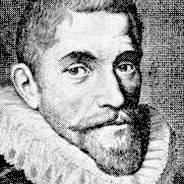
Willebrord Snellius (13 June 1580 - 30 October 1626) was a Dutch astronomer and mathematician, known in the English-speaking world as Snell. In the west, especially the English speaking countries, his name is attached to the 1628 law of refraction of light. Snell's law (also known as Snell-Descartes law and the law of refraction) is a formula used to describe the relationship between the angles of incidence and refraction, when referring to light or other waves passing through a boundary between two different isotropic media, such as water, glass, or air.
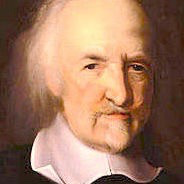
Thomas Hobbes (5 April 1588 - 4 December 1679) was an English philosopher, considered to be one of the founders of modern political philosophy. Hobbes is best known for his 1651 book Leviathan, in which he expounds an influential formulation of social contract theory. In addition to political philosophy, Hobbes contributed to a diverse array of other fields, including history, jurisprudence, geometry, the physics of gases, theology, and ethics, as well as philosophy in general.
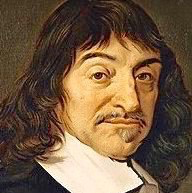
René Descartes (31 March 1596 - 11 February 1650) was a French-born philosopher, mathematician, and scientist. One of the most notable intellectual figures of the Dutch Golden Age, Descartes is also widely regarded as one of the founders of modern philosophy.
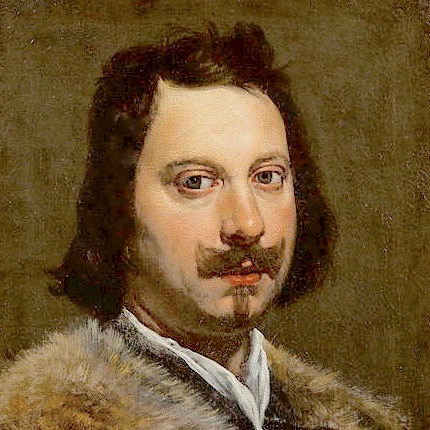
Evangelista Torricelli (15 October 1608 - 25 October 1647) was an Italian physicist and mathematician, and a student of Galileo. Torricelli's work led to first speculations about atmospheric pressure. He is best known for his 1643 corollary invention of the mercury barometer. A mercury barometer has a vertical glass tube closed at the top sitting in an open mercury-filled basin at the bottom. Mercury in the tube adjusts until the weight of the mercury column balances the atmospheric force exerted on the reservoir.
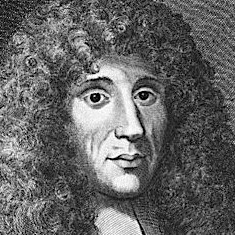
Francesco Redi (18 February 1626 - 1 March 1697) was an Italian physician, naturalist, biologist and poet. He is referred to as the "founder of experimental biology", and as the "father of modern parasitology". Spontaneous generation refers to an obsolete body of thought on the ordinary formation of living organisms without descent from similar organisms. Spontaneous generation was coherently synthesized by Aristotle and taken as scientific fact for two millennia. It was challenged in the 17th and 18th centuries by the experiments of Francesco Redi and Lazzaro Spallanzani. Redi was the first to challenge the theory by demonstrating in 1668 that maggots come from eggs of flies. Spontaneous generation was not disproved until the work of Louis Pasteur and John Tyndall in the mid-19th century.
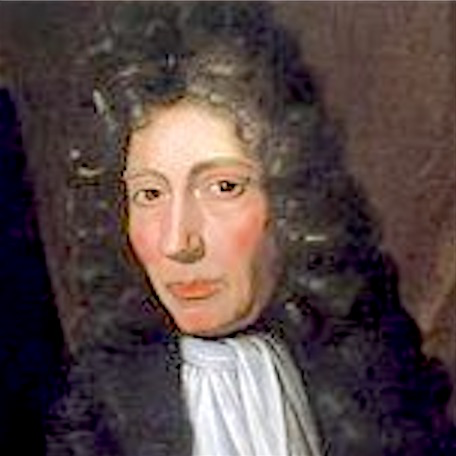
Robert Boyle (25 January 1627 - 31 December 1691) was an Anglo-Irish natural philosopher, chemist, physicist, and inventor. Boyle is largely regarded today as the first modern chemist (a title some give to 8th century Islamic scholar Jabir ibn Hayyan), and therefore one of the founders of modern chemistry, and one of the pioneers of modern experimental scientific method. He is best known for Boyle's law of ideal gas, 1662, which describes the inversely proportional relationship between the absolute pressure and volume of a gas, if the temperature is kept constant within a closed system. Among his works, The Sceptical Chymist is seen as a cornerstone book in the field of chemistry.
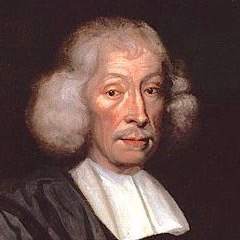
John Ray (29 November 1627 - 17 January 1705) was an English naturalist widely regarded as one of the earliest of the English parson-naturalists. Until 1670, he wrote his name as John Wray. From then on, he used 'Ray', after "having ascertained that such had been the practice of his family before him". He published important works on botany, zoology, and natural theology. His classification of plants in his Historia Plantarum, was an important step towards modern taxonomy. Ray rejected the system of dichotomous division by which species were classified according to a pre-conceived, either/or type system, and instead classified plants according to similarities and differences that emerged from observation. He was among the first to attempt a biological definition for the concept of species.
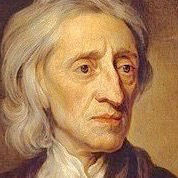
John Locke (29 August 1632 - 28 October 1704) was an English philosopher and physician, widely regarded as one of the most influential of Enlightenment thinkers and commonly known as the "Father of Liberalism". Considered one of the first of the British empiricists, following the tradition of Sir Francis Bacon, Locke is equally important to social contract theory. His work greatly affected the development of epistemology and political philosophy. His writings influenced Voltaire and Jean-Jacques Rousseau, and many Scottish Enlightenment thinkers, as well as the American Revolutionaries. His contributions to classical republicanism and liberal theory are reflected in the United States Declaration of Independence. Locke's theory of mind is often cited as the origin of modern conceptions of identity and the self, figuring prominently in the work of later philosophers such as Jean-Jacques Rousseau, David Hume, and Immanuel Kant. Locke was the first to define the self through a continuity of consciousness. He postulated that, at birth, the mind was a blank slate, or tabula rasa. Contrary to Cartesian philosophy based on pre-existing concepts, he maintained that we are born without innate ideas, and that knowledge is instead determined only by experience derived from sense perception, a concept now known as empiricism. Demonstrating the ideology of science in his observations, whereby something must be capable of being tested repeatedly and that nothing is exempt from being disproved, Locke stated that "whatever I write, as soon as I discover it not to be true, my hand shall be the forwardest to throw it into the fire". Such is one example of Locke's belief in empiricism.
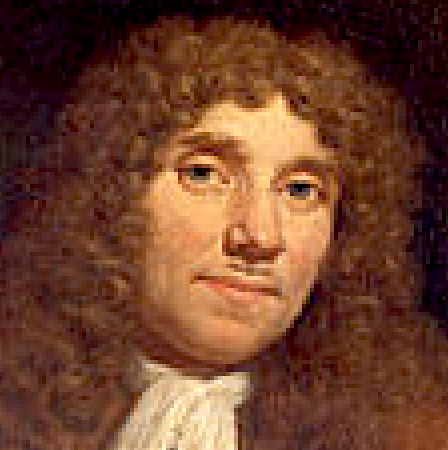
Antonie van Leeuwenhoek (24 October 1632 - 26 August 1723) was a Dutch businessman and scientist in the Golden Age of Dutch science and technology. A largely self-taught man in science, he is commonly known as "the Father of Microbiology", and one of the first microscopists and microbiologists. Van Leeuwenhoek is best known for his pioneering work in microscopy and for his contributions toward the establishment of microbiology as a scientific discipline.
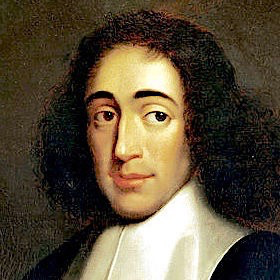
Baruch Spinoza (24 November 1632 - 21 February 1677) was a Dutch philosopher of Portuguese Sephardi origin. One of the early thinkers of the Enlightenment and modern biblical criticism, including modern conceptions of the self and the universe, he came to be considered one of the great rationalists of 17th-century philosophy. Inspired by the groundbreaking ideas of Rene Descartes, Spinoza became a leading philosophical figure of the Dutch Golden Age.
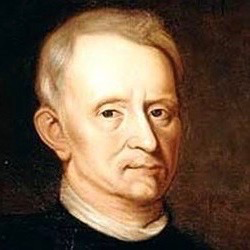
Robert Hooke (18 July 1635 - 3 March 1703) was an English natural philosopher, architect and polymath. As a young adult, he was a financially impoverished scientific inquirer. He discovered the cell in 1665.
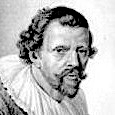
Jan Swammerdam (February 12, 1637 - February 17, 1680) was a Dutch biologist and microscopist. As part of his anatomical research, he carried out experiments on muscle contraction. In 1658 he was the first to observe and describe red blood cells. His work on insects demonstrated in 1669 that the various phases during the life of an insect—egg, larva, pupa, and adult—are different forms of the same animal (epigenesis). He was one of the first people to use the microscope in dissections, and his techniques remained useful for hundreds of years.
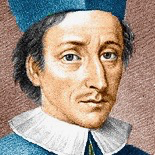
Nicolas Steno (1 January 1638 - 25 November 1686) was a Danish scientist, a pioneer in both anatomy and geology. Steno was trained in the classical texts on science; however, by 1659 he seriously questioned accepted knowledge of the natural world. Importantly he questioned explanations for tear production, the idea that fossils grew in the ground and explanations of rock formation. In 1669 Steno proposed that fossils are organic remains embedded in layers of sediment which is the basis of stratigraphy. Steno's investigations and his subsequent conclusions on fossils and rock formation have led scholars to consider him one of the founders of modern stratigraphy and modern geology.
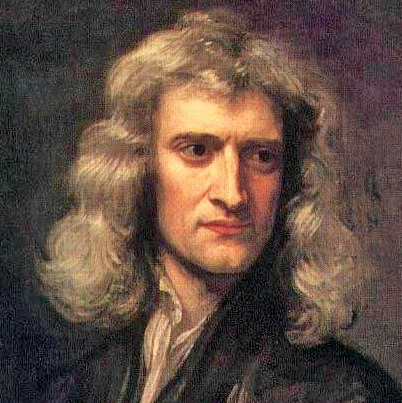
Isaac Newton (25 December 1642 - 20 March 1726/27) was an English mathematician, physicist, astronomer, theologian, and author (described in his own day as a "natural philosopher") who is widely recognised as one of the most influential scientists of all time and as a key figure in the scientific revolution. In 1672 Newton discovered that white light is a spectrum of a mixture of distinct coloured rays. His book Philosophiae Naturalis Principia Mathematica (Mathematical Principles of Natural Philosophy), first published in 1687, laid the foundations of classical mechanics with its description of the fundamental force of universal gravitation and the three physical laws of motion. Newton also made seminal contributions to optics, and shares credit with Gottfried Wilhelm Leibniz for developing the infinitesimal calculus.
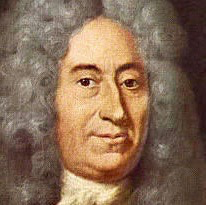
Ole Romer (25 September 1644 - 19 September 1710) was a Danish astronomer who, in 1676, made the first quantitative measurements of the speed of light.
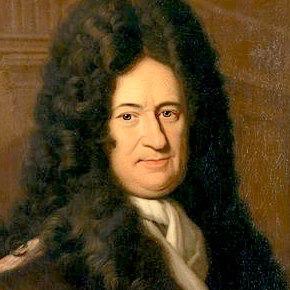
Gottfried Wilhelm Leibniz (1 July 1646 - 14 November 1716) was a prominent German polymath and one of the most important logicians, mathematicians and natural philosophers of the Enlightenment. Leibniz made major contributions to physics and technology, and anticipated notions that surfaced much later in philosophy, probability theory, biology, medicine, geology, psychology, linguistics, and computer science. He wrote works on philosophy, politics, law, ethics, theology, history, and philology, and library science. He shares credit with Isaac Newton for developing the infinitesimal calculus.
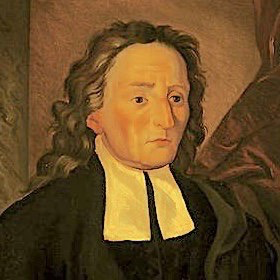
Giambattista Vico (23 June 1668 - 23 January 1744) was an Italian political philosopher and rhetorician, historian and jurist, of the Age of Enlightenment. He criticized the expansion and development of modern rationalism, was an apologist for Classical Antiquity, a precursor of systematic and complex thought, in opposition to Cartesian analysis and other types of reductionism, and was the first expositor of the fundamentals of social science and of semiotics. Vico's intellectual magnum opus is the book Scienza Nuova (1725, New Science), which attempts a systematic organization of the humanities as a single science that recorded and explained the historical cycles by which societies rise and fall.
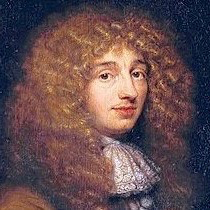
Christiaan Huygens (14 April 1629 - 8 July 1695) was a Dutch physicist, mathematician, astronomer and inventor, who is widely regarded as one of the greatest scientists of all time and a major figure in the scientific revolution. The most famous of his many important inventions was the pendulum clock in 1656, which was a breakthrough in timekeeping and became the most accurate timekeeper for almost 300 years. Marin Mersenne and René Descartes had discovered around 1636 that the pendulum period increased with its amplitude. Huygens analyzed this problem by determining what curve an object must follow to descend by gravity to the same point in the same time interval, regardless of starting point. He showed this curve was a cycloid, rather than the circular arc of a pendulum, confirming that Galileo's observation of isochronism was accurate only for small swings. Huygens also solved the problem of how to calculate the period of an arbitrarily shaped pendulum, discovering the center of oscillation, and its interchangeability with the pivot point. Huygens was the first to transfer mathematical inquiry to describe unobservable physical phenomen. He has been called both the first theoretical physicist and the founder of mathematical physics.
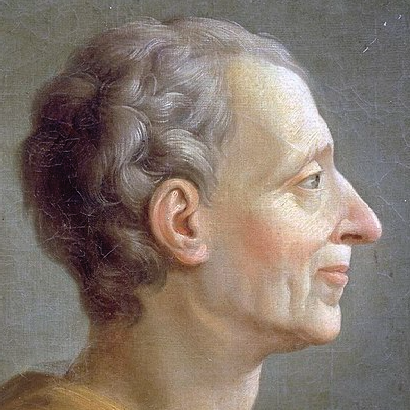
Montesquieu (18 January 1689 - 10 February 1755) was a French judge, man of letters, and political philosopher. He is the principal source of the theory of separation of powers, which is implemented in many constitutions throughout the world. His anonymously-published The Spirit of Law in 1748, which was received well in both Great Britain and the American colonies, and influenced the Founding Fathers in drafting the United States Constitution.
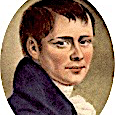
Ewald Georg von Kleist (10 June 1700 - 11 December 1748) was a German jurist, Lutheran cleric, and physicist. On 11 October 1745 he independently invented the first capacitor, the Kleistian jar, which could store electricity in large quantities. The news reached Leyden University where it was investigated by graduate student Pieter van Musschenbroek of Leyden and became known as the Leyden jar.
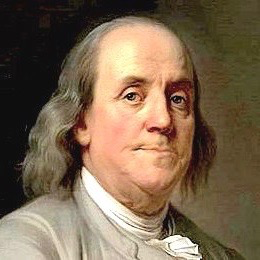
Benjamin Franklin (January 17, 1706 - April 17, 1790) was an American polymath and one of the Founding Fathers of the United States. Franklin was a leading writer, printer, political philosopher, politician, Freemason, postmaster, scientist, inventor, humorist, civic activist, statesman, and diplomat. As a scientist, he was a major figure in the American Enlightenment and the history of physics for his discoveries and theories regarding electricity. In his 1751 writings, Benjamin Franklin indicates that he was aware of the dangers and offered alternative ways to demonstrate that lightning was electrical, as shown by his use of the concept of electrical ground. Franklin did not perform this experiment in the dangerous way that is often pictured in popular literature, flying the kite and waiting to be struck by lightning. Instead he used the kite to collect some electric charge from a storm cloud, showing that lightning was electrical.
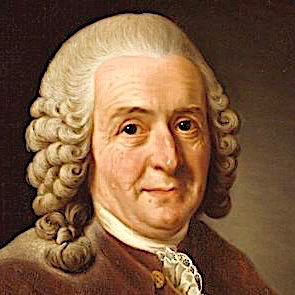
Carl Linnaeus (23 May 1707 - 10 January 1778), also known after his ennoblement as Carl von Linne, was a Swedish botanist, zoologist, and physician who formalised a new system for classifying plants. Systema Naturae introduced the binomial nomenclature of Linnaean taxonomy now the modern system of naming organisms. The first edition was published in 1735. The full title of the 10th edition (1758), which was the most important, was translated: "System of nature through the three kingdoms of nature, according to classes, orders, genera and species, with characters, differences, synonyms, places" and is considered the starting point of zoological nomenclature. Linnaeus is known as the "father of modern taxonomy".
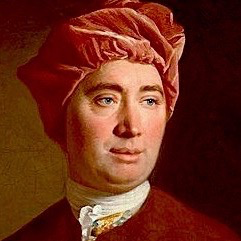
David Hume (7 May 1711 - 25 August 1776) was a Scottish Enlightenment philosopher, historian, economist, and essayist, who is best known today for his highly influential system of philosophical empiricism, skepticism, and naturalism. Beginning with A Treatise of Human Nature (1730-40), Hume strove to create a naturalistic science of man that examined the psychological basis of human nature. Hume argued against the existence of innate ideas, positing that all human knowledge derives solely from experience. This places him with Francis Bacon, Thomas Hobbes, John Locke, and George Berkeley, as a British Empiricist.
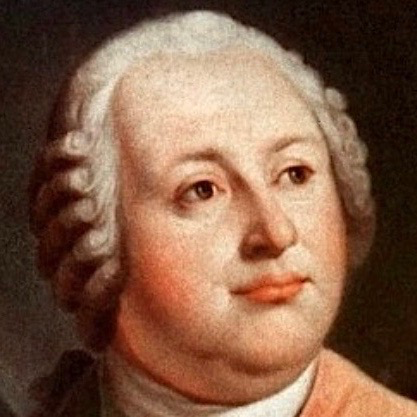
Mikhail Lomonosov (November 19, 1711 - April 15, 1765) was a Russian polymath, scientist and writer, who made important contributions to literature, education, and science. Among his discoveries was his 1761 discovery of the atmosphere of Venus.
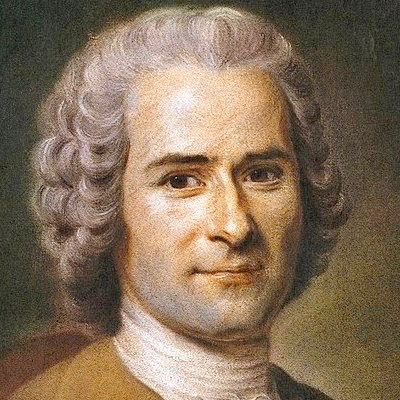
Jean-Jacques Rousseau (28 June 1712 - 2 July 1778) was a Genevan philosopher, writer, and composer. His political philosophy influenced the progress of the Enlightenment throughout Europe, as well as aspects of the French Revolution and the development of modern political, economic and educational thought. His Discourse on Inequality and The Social Contract are cornerstones in modern political and social thought. His Emile, or On Education (1762) is an educational treatise on the place of the individual in society. During the period of the French Revolution, Rousseau was the most popular of the philosophers among members of the Jacobin Club. In 1794, 16 years after his death, Rousseau was interred as a national hero in the Panthéon in Paris.
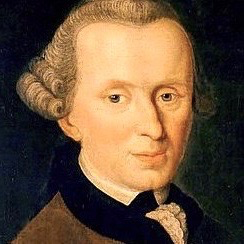
Immanuel Kant (22 April 1724 - 12 February 1804) was a German philosopher and one of the central Enlightenment thinkers. His comprehensive and systematic works in epistemology, metaphysics, ethics, and aesthetics have made him one of the most influential figures in modern Western philosophy. Kant attempted to explain the relationship between reason and human experience. He regarded himself as showing the way past the impasse between rationalists and empiricists, and is widely held to have synthesized both traditions in his thought. Ultimately rejecting racial hierarchies and European colonialism, Kant was an exponent of the idea that perpetual peace could be secured through universal democracy and international cooperation, and that perhaps this could be the culminating stage of world history.
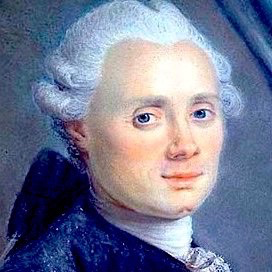
Charles Messier (26 June 1730 - 12 April 1817) was a French astronomer who in 1771 with his assistant Pierre Mechain published an astronomical catalogue consisting of 110 nebulae and faint star clusters that can be observed from Earth's Northern Hemisphere. This catalogue of Messier Objects is one of the most famous lists of astronomical or deep-sky objects and many are still referenced by their Messier number. The purpose of the catalogue was to help astronomical observers distinguish between permanent and transient visually diffuse objects in the sky.
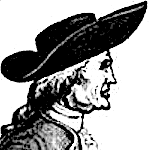
Henry Cavendish (10 October 1731 - 24 February 1810) was an English natural philosopher, scientist, and an important experimental and theoretical chemist and physicist. He is noted for his discovery of hydrogen, which he termed "inflammable air". He described the density of inflammable air, which formed water on combustion, in a 1766 paper, On Factitious Airs. Antoine Lavoisier later reproduced Cavendish's experiment and gave the element its name.
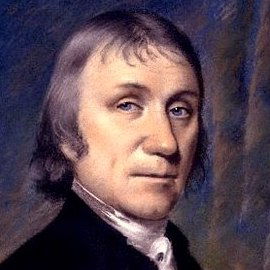
Joseph Priestley (24 March 1733 - 6 February 1804) was an 18th-century English Separatist theologian, natural philosopher, chemist, innovative grammarian, multi-subject educator, and liberal political theorist. He has historically been credited with the discovery of oxygen, having isolated it in its gaseous state, although Carl Wilhelm Scheele and Antoine Lavoisier also have strong claims to the discovery.
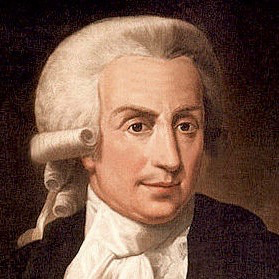
Luigi Galvani (9 September 1737 - 4 December 1798) was an Italian physician, physicist, biologist and philosopher, who discovered animal electricity. He is recognized as the pioneer of bioelectromagnetics. In 1780, he discovered that the muscles of dead frogs' legs twitched when struck by an electrical spark. This was one of the first forays into the study of bioelectricity, a field that still studies the electrical patterns and signals from tissues such as the nerves and muscles.
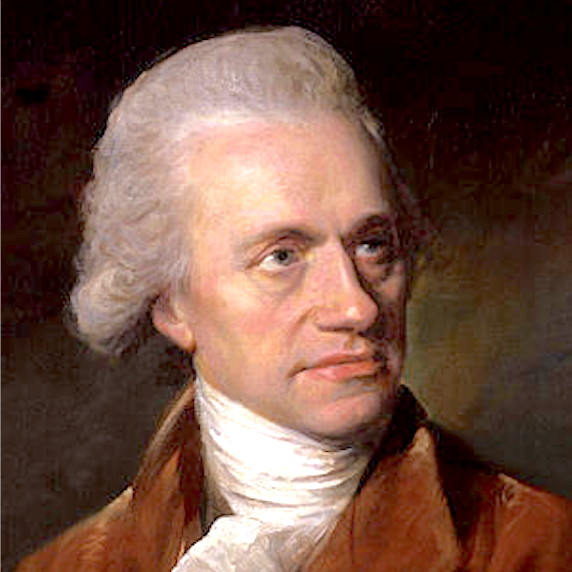
William Herschel (15 November 1738 - 25 August 1822) was a German-born British astronomer, composer and brother of fellow astronomer Caroline Herschel, with whom he worked. On 13 March 1781 he made note of a new object in the constellation of Gemini. This would, after several weeks of verification and consultation with other astronomers, be confirmed to be a new planet, eventually given the name of Uranus. This was the first planet to be discovered since antiquity.
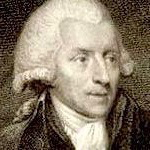
William Withering FRS (17 March 1741 - 6 October 1799) was an English botanist, geologist, chemist, physician and first systematic investigator of the bioactivity of digitalis. In 1785 he published the first definitive account of the use of foxglove (digitalis) for treating dropsy.
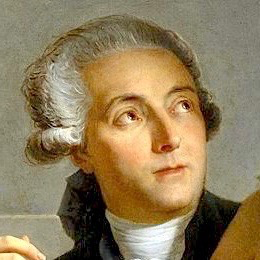
Antoine Lavoisier (26 August 1743 - 8 May 1794) was a French nobleman and chemist who was central to the 18th-century chemical revolution and who had a large influence on both the history of chemistry and the history of biology. He is widely considered in popular literature as the "father of modern chemistry". In 1778 Lavoisier (and Joseph Priestley) made the discovery of oxygen leading to end of Phlogiston theory. Eleven years later, in 1789 Lavoisier, discovered the law of conservation of mass, the basis for chemistry and the beginning of modern chemistry. The law of conservation of mass or principle of mass conservation states that for any system closed to all transfers of matter and energy, the mass of the system must remain constant over time, as the system's mass cannot change, so quantity can neither be added nor be removed. Therefore, the quantity of mass is conserved over time. The law implies that mass can neither be created nor destroyed, although it may be rearranged in space, or the entities associated with it may be changed in form.
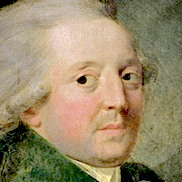
Marquis de Condorcet (17 September 1743 - 29 March 1794) was a French philosopher and mathematician. His ideas, including support for a liberal economy, free and equal public instruction, constitutional government, and equal rights for women and people of all races, have been said to embody the ideals of the Age of Enlightenment and Enlightenment rationalism. A warrant forced Condorcet into hiding. He hid for five (or eight) months in the house of Mme. Vernet, on Rue Servandoni, in Paris. It was there that he wrote Esquisse d'un tableau historique des progrès de l'esprit humain (Sketch for a Historical Picture of the Progress of the Human Spirit), which was published posthumously in 1795 and is considered one of the major texts of the Enlightenment and of historical thought. It narrates the history of civilization as one of progress in the sciences, shows the intimate connection between scientific progress and the development of human rights and justice, and outlines the features of a future rational society entirely shaped by scientific knowledge. After a period of flight from French Revolutionary authorities he died in prison.
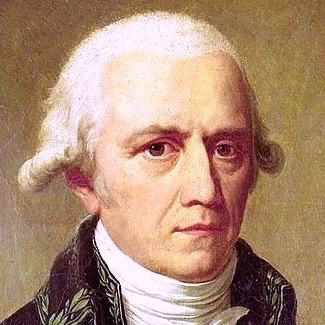
Jean-Baptiste Lamarck (1 August 1744 - 18 December 1829), often known simply as Lamarck, was a French naturalist. He was a soldier, biologist, and academic, and an early proponent of the idea that biological evolution occurred and proceeded in accordance with natural laws.
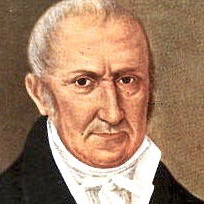
Alessandro Volta (18 February 1745- 5 March 1827) was an Italian physicist, chemist, and pioneer of electricity and power who is credited as the inventor of the electric battery and the discoverer of methane. He invented the Voltaic pile in 1799, and reported the results of his experiments in 1800 in a two-part letter to the President of the Royal Society. With this invention Volta proved that electricity could be generated chemically and debunked the prevalent theory that electricity was generated solely by living beings. Volta's invention sparked a great amount of scientific excitement and led others to conduct similar experiments which eventually led to the development of the field of electrochemistry.
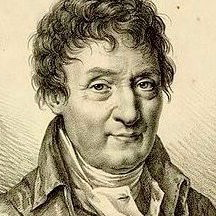
Jacques Charles (November 12, 1746 - April 7, 1823) was a French inventor, scientist and balloonist. Charles and the Robert brothers launched the world's first unmanned hydrogen-filled gas balloon in August 1783; then in December 1783, Charles and his co-pilot Nicolas-Louis Robert ascended to a height of about 1,800 feet (550 m) in a manned gas balloon. Charles's law of ideal gas, describing how gases tend to expand when heated, was formulated by Joseph Louis Gay-Lussac in 1802, but he credited it to unpublished work by Jacques Charles.
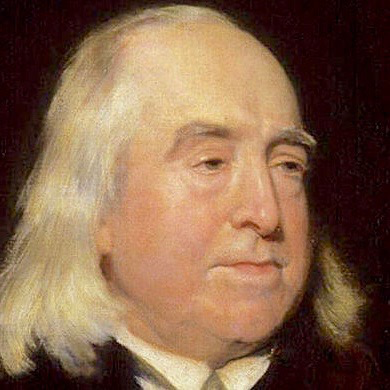
Jeremy Bentham (15 February 1748 - 6 June 1832) was an English philosopher, jurist, and social reformer regarded as the founder of modern utilitarianism. Bentham defined as the "fundamental axiom" of his philosophy the principle that "it is the greatest happiness of the greatest number that is the measure of right and wrong." He became a leading theorist in Anglo-American philosophy of law, and a political radical whose ideas influenced the development of welfarism. He advocated individual and economic freedoms, the separation of church and state, freedom of expression, equal rights for women, the right to divorce, and (in an unpublished essay) the decriminalising of homosexual acts. He called for the abolition of slavery, capital punishment and physical punishment, including that of children. He has also become known as an early advocate of animal rights. Though strongly in favour of the extension of individual legal rights, Bentham opposed the idea of natural law and natural rights (both of which are considered "divine" or "God-given" in origin), calling them "nonsense upon stilts." He was also a sharp critic of legal fictions. Bentham "had considerable influence on the reform of prisons, schools, poor laws, law courts, and Parliament itself."
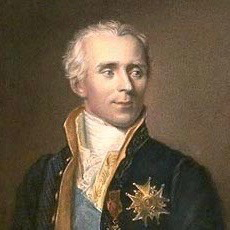
Pierre-Simon Laplace (23 March 1749 - 5 March 1827) was a French scholar and polymath whose work was important to the development of engineering, mathematics, statistics, physics, astronomy, and philosophy. He summarized and extended the work of his predecessors in his five-volume Mecanique Celeste (Celestial Mechanics) (1799-1825). This work translated the geometric study of classical mechanics to one based on calculus, opening up a broader range of problems. In statistics, the Bayesian interpretation of probability was developed mainly by Laplace.
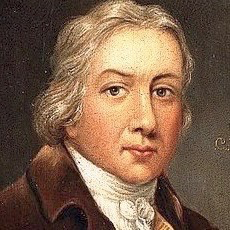
Edward Jenner (17 May 1749 - 26 January 1823) was an English physician who, in 1796, introduced the first vaccine. A vaccine is a biological preparation that provides active acquired immunity to a particular infectious disease. The practice of vaccination was popularized by Jenner for smallpox, and since then has been used globally to prevent several diseases.
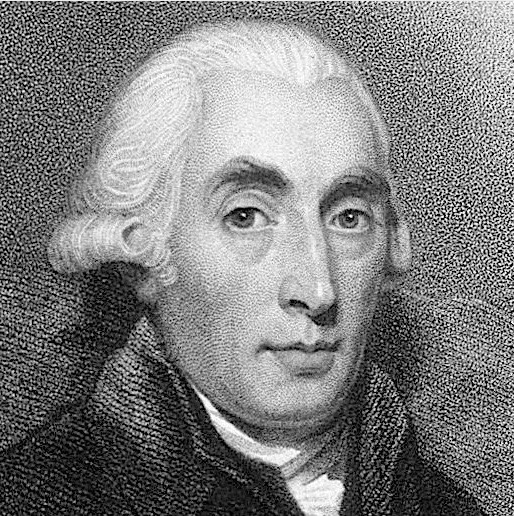
Joseph Black (16 April 1728 - 6 December 1799) was a Scottish physicist and chemist, known for his discoveries of magnesium, latent heat (1750), specific heat, and carbon dioxide. Latent heat (also known as latent energy or heat of transformation) is energy released or absorbed, by a body or a thermodynamic system, during a constant-temperature process — usually a first-order phase transition. Latent heat can be understood as energy in hidden form which is supplied or extracted to change the state of a substance without changing its temperature. Examples are latent heat of fusion and latent heat of vaporization involved in phase changes, i.e. a substance condensing or vaporizing at a specified temperature and pressure.
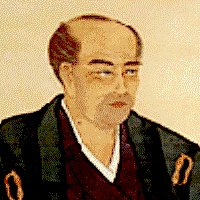
Hanaoka Seishu (1760 October 23 - 1835 November 21) was a Japanese surgeon of the Edo period. Hanaoka is said to have been the first to perform surgery using general anesthesia.
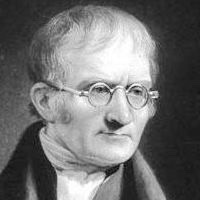
John Dalton (6 September 1766 - 27 July 1844) was an English chemist, physicist, and meteorologist. He is best known for introducing the atomic theory into chemistry, and for his research into colour blindness, sometimes referred to as Daltonism in his honour.
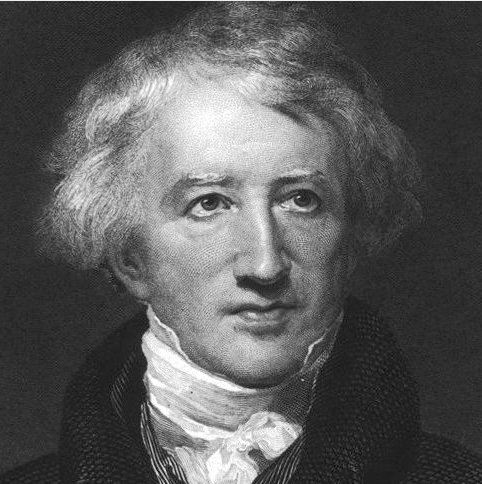
Georges Cuvier (23 August 1769 - 13 May 1832) was a French naturalist and zoologist, sometimes referred to as the "founding father of paleontology". Cuvier was a major figure in natural sciences research in the early 19th century and was instrumental in establishing the fields of comparative anatomy and paleontology through his work in comparing living animals with fossils. Cuvier is also known for establishing, in a 1796 lecture to the French Institute, the modern conception of extinction or the termination of a kind of organism or of a group of kinds (taxon), usually a species, as a fact.
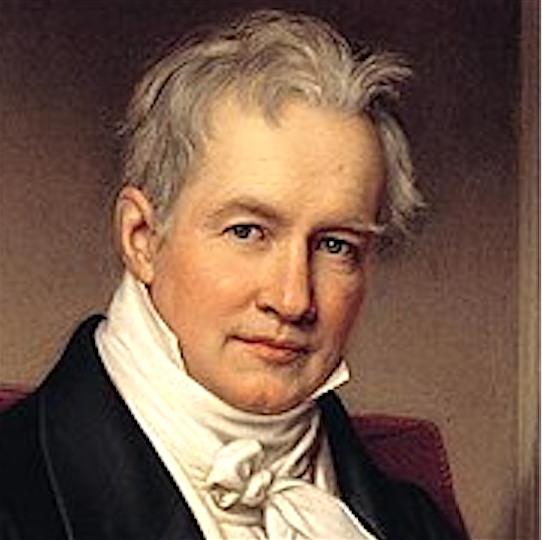
Alexander von Humboldt (14 September 1769 - 6 May 1859) was a Prussian polymath, geographer, naturalist, explorer, and proponent of Romantic philosophy and science. He was the younger brother of the Prussian minister, philosopher, and linguist Wilhelm von Humboldt (1767-1835). Humboldt's quantitative work on botanical geography laid the foundation for the field of biogeography. Humboldt's advocacy of long-term systematic geophysical measurement laid the foundation for modern geomagnetic and meteorological monitoring.
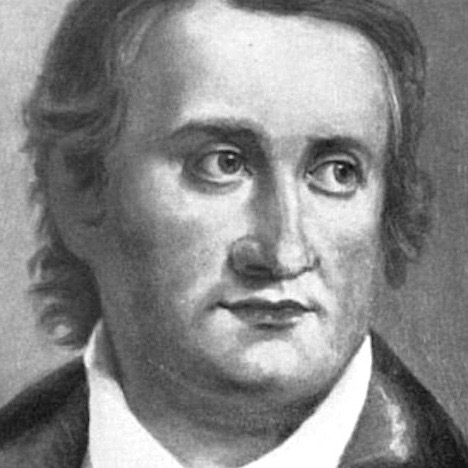
Thomas Johann Seebeck (9 April 1770 - 10 December 1831) was a Baltic German physicist, who, in 1822, observed a relationship between heat and magnetism, a property of semiconductors. Later, in 1823, Hans Christian Oersted called this phenomenon thermoelectric effect.
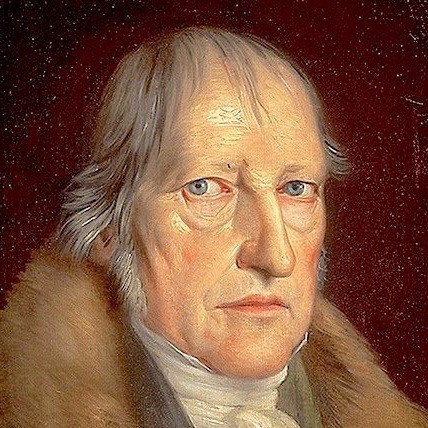
Georg Wilhelm Friedrich Hegel (August 27, 1770 - November 14, 1831) was a German philosopher and an important figure of German idealism. He achieved recognition in his day and, while primarily influential in the continental tradition of philosophy, he has also become increasingly influential in the analytic tradition. His canonical stature in Western philosophy is universally recognized.
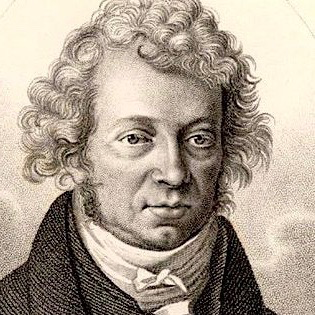
André-Marie Ampère (20 January 1775 - 10 June 1836) was a French physicist and mathematician who was one of the founders of the science of classical electromagnetism, which he referred to as "electrodynamics". He is also the inventor of numerous applications, such as the solenoid (a term coined by him) and the electrical telegraph.
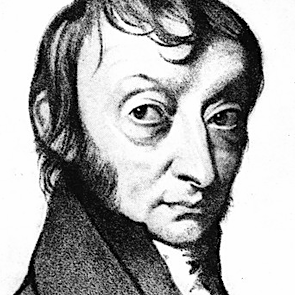
Amedeo Avogadro (9 August 1776 - 9 July 1856) was an Italian scientist, most noted for his contribution to molecular theory now known as Avogadro's law, which states that equal volumes of gases under the same conditions of temperature and pressure will contain equal numbers of molecules.
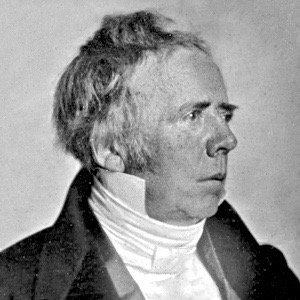
Hans Christian Oersted (1777 August 14 - 1851 March 9) was a Danish physicist and chemist who discovered that electric currents create magnetic fields, which was the first connection found between electricity and magnetism (electromagnetism). Oersted's law and the oersted (Oe) are named after him.
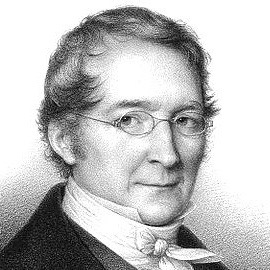
Joseph Louis Gay-Lussac (6 December 1778 - 9 May 1850) was a French chemist and physicist. He is known mostly for his discovery that water is made of two parts hydrogen and one part oxygen (with Alexander von Humboldt), for two laws related to gases, and for his work on alcohol-water mixtures, which led to the degrees Gay-Lussac used to measure alcoholic beverages in many countries.
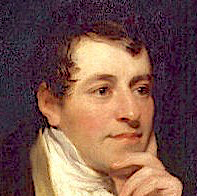
Humphry Davy (17 December 1778 - 29 May 1829) was a Cornish chemist and inventor who is best remembered for using electricity to isolate a series of elements for the first time: potassium and sodium in 1807 and calcium, strontium, barium, magnesium and boron the following year, as well as discovering the elemental nature of chlorine and iodine. Davy also studied the forces involved in these separations, inventing the new field of electrochemistry.
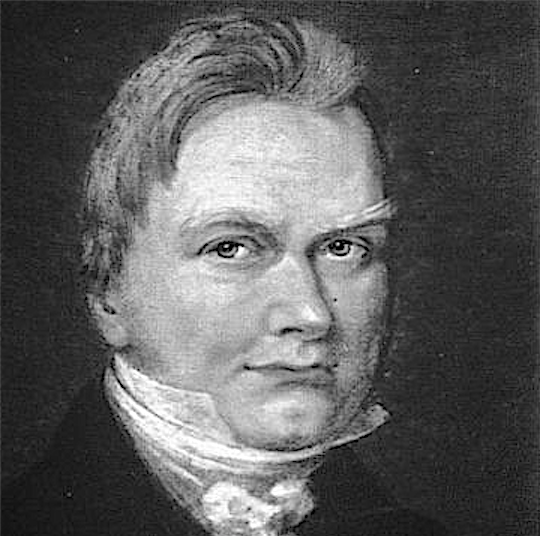
Jöns Jacob Berzelius (20 August 1779 - 7 August 1848) was a Swedish chemist. Berzelius is considered, along with Robert Boyle, John Dalton, and Antoine Lavoisier, to be one of the founders of modern chemistry. Berzelius became a member of the Royal Swedish Academy of Sciences in 1808 and served from 1818 as its principal functionary. He is known in Sweden as the "Father of Swedish Chemistry". Berzelius Day is celebrated on 20 August in honour of him.
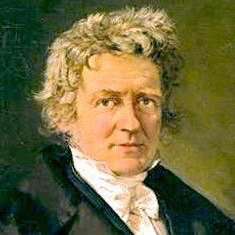
Friedrich Bessel (22 July 1784 - 17 March 1846) was a German astronomer, mathematician, physicist and geodesist. In 1838 he was the first astronomer to determine reliable values for the distance from the sun to another star (61 Cygni) by the method of parallax. Parallax is a displacement or difference in the apparent position of an object viewed along two different lines of sight, and is measured by the angle or semi-angle of inclination between those two lines. Due to foreshortening, nearby objects show a larger parallax than farther objects when observed from different positions, so parallax can be used to determine distances.
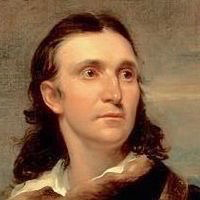
John James Audubon (April 26, 1785 - January 27, 1851) was an American ornithologist, naturalist, and painter. He was notable for his extensive studies documenting all types of American birds and for his detailed illustrations that depicted the birds in their natural habitats. His major work, a color-plate book entitled The Birds of America (1827-1839), is considered one of the finest ornithological works ever completed. Audubon is also known for having identified 25 new species.
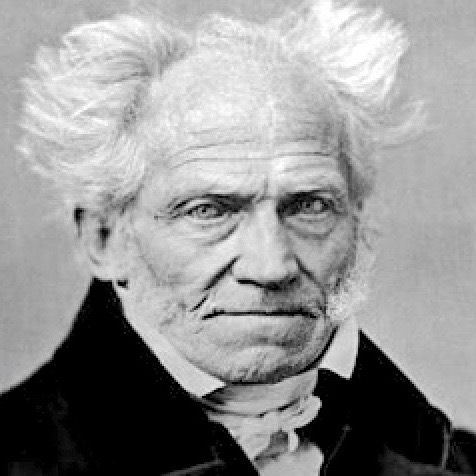
Arthur Schopenhauer (22 February 1788 - 21 September 1860) was a German philosopher. He is best known for his 1818 work The World as Will and Representation (expanded in 1844), wherein he characterizes the phenomenal world as the product of a blind and insatiable metaphysical will.
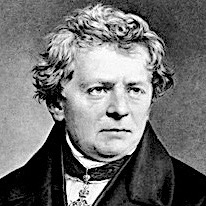
Georg Simon Ohm (16 March 1789 - 6 July 1854) was a German physicist and mathematician. As a school teacher, Ohm began his research with the new electrochemical cell, invented by Italian scientist Alessandro Volta. Using equipment of his own creation, Ohm discovered Ohm's law which states that the current through a conductor between two points is directly proportional to the voltage across the two points. He published a treatise in 1827 which described measurements of applied voltage and current through simple electrical circuits containing various lengths of wire. In physics, the term Ohm's law is also used to refer to various generalizations of the law.
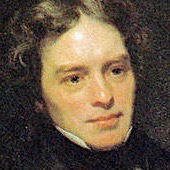
Michael Faraday (22 September 1791 - 25 August 1867) was an English scientist who contributed to the study of electromagnetism and electrochemistry. His main discoveries include the principles underlying electromagnetic induction, diamagnetism and electrolysis. Electromagnetic or magnetic induction is the production of an electromotive force across an electrical conductor in a changing magnetic field. Although Faraday received little formal education, he was one of the most influential scientists in history. It was by his research on the magnetic field around a conductor carrying a direct current that Faraday established the basis for the concept of the electromagnetic field in physics. Faraday also established that magnetism could affect rays of light and that there was an underlying relationship between the two phenomena. He similarly discovered the principles of electromagnetic induction and diamagnetism, and the laws of electrolysis. His inventions of electromagnetic rotary devices formed the foundation of electric motor technology, and it was largely due to his efforts that electricity became practical for use in technology. As a chemist, Faraday discovered benzene, investigated the clathrate hydrate of chlorine, invented an early form of the Bunsen burner and the system of oxidation numbers, and popularised terminology such as "anode", "cathode", "electrode" and "ion". Faraday ultimately became the first and foremost Fullerian Professor of Chemistry at the Royal Institution, a lifetime position. Faraday was an excellent experimentalist who conveyed his ideas in clear and simple language; his mathematical abilities, however, did not extend as far as trigonometry and were limited to the simplest algebra. James Clerk Maxwell took the work of Faraday and others and summarized it in a set of equations which is accepted as the basis of all modern theories of electromagnetic phenomena. On Faraday's uses of lines of force, Maxwell wrote that they show Faraday "to have been in reality a mathematician of a very high order - one from whom the mathematicians of the future may derive valuable and fertile methods." The SI unit of capacitance is named in his honour: the farad. Albert Einstein kept a picture of Faraday on his study wall, alongside pictures of Isaac Newton and James Clerk Maxwell. Physicist Ernest Rutherford stated, "When we consider the magnitude and extent of his discoveries and their influence on the progress of science and of industry, there is no honour too great to pay to the memory of Faraday, one of the greatest scientific discoverers of all time."
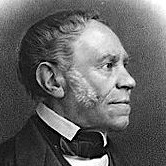
Anselme Payen (6 January 1795 - 12 May 1871) was a French chemist known for discovering the enzyme diastase in 1833, and the carbohydrate cellulose.
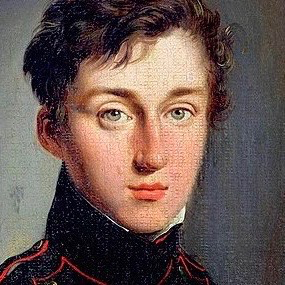
Nicolas Léonard Sadi Carnot (1 June 1796 - 24 August 1832) was a French mechanical engineer in the French Army, military scientist and physicist, often described as the "father of thermodynamics." Like Copernicus, he published only one book. In this work, at age 27, he laid the foundations of an entirely new discipline, thermodynamics, and described the Carnot cycle, the idealized heat engine. The Carnot cycle provides an upper limit on the efficiency that any classical thermodynamic engine can achieve during the conversion of heat into work, or conversely, the efficiency of a refrigeration system in creating a temperature difference by the application of work to the system. It is not an actual thermodynamic cycle but is a theoretical construct. Carnot's work was later used by Rudolf Clausius and Lord Kelvin to formalize the second law of thermodynamics and define the concept of entropy.

Charles Lyell (14 November 1797 - 22 February 1875) was a Scottish geologist who demonstrated the power of known natural causes in explaining Earth's history. He is best known as the author of Principles of Geology (1830-33), which presented to a wide public audience the idea that Earth was shaped by the same natural processes still in operation today, operating at similar intensities.
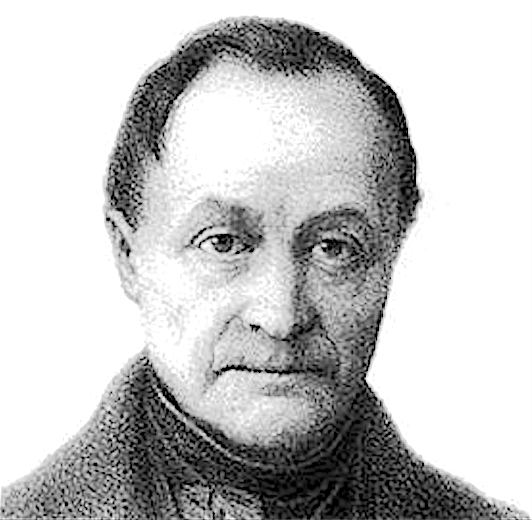
Auguste Comte (19 January 1798 - 5 September 1857) was a French philosopher and writer who formulated the doctrine of positivism. He is often regarded as the first philosopher of science in the modern sense of the term. Comte is also seen as the founder of the academic discipline of sociology.
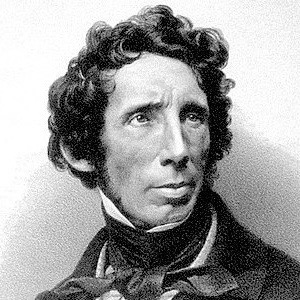
Friedrich Wohler (31 July 1800 - 23 September 1882) was a German chemist, known for his work in inorganic chemistry, being the first to isolate the chemical elements beryllium and yttrium in pure metallic form. He was the first to prepare several inorganic compounds including silane and silicon nitride. Wohler is known for seminal contributions in organic chemistry, in particular the Wohler synthesis of urea. His synthesis of the organic compound urea in the laboratory from inorganic precursors refuted the prevailing belief of vitalism that organic compounds could only be produced by living organisms due to a "life force". Wohler also introduced the concept of a functional group, which was a new concept that advanced understanding of organic compounds.
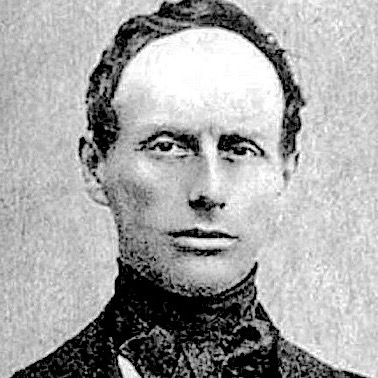
Christian Doppler (29 November 1803 - 17 March 1853) was an Austrian mathematician and physicist. He is celebrated for his principle - known as the Doppler effect - that the observed frequency of a wave depends on the relative speed of the source and the observer. He used this concept to explain the color of binary stars.
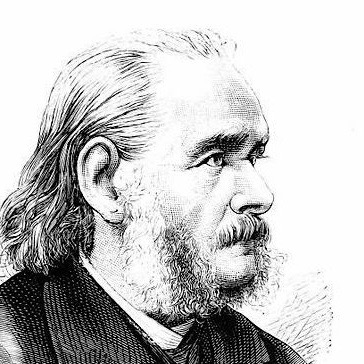
Matthias Jakob Schleiden (1804-1881) was a German botanist and co-founder of cell theory with Theodor Schwann. In 1838, Schleiden suggested that every structural part of a plant was made up of cells or the result of cells. In 1839 Theodor Schwann stated that along with plants, animals are composed of cells or the product of cells in their structures.
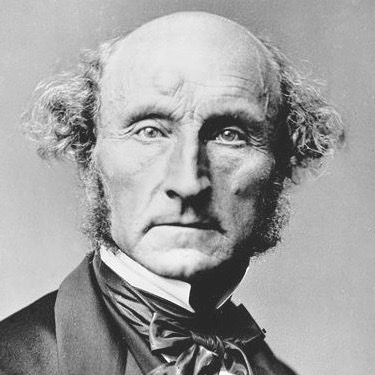
John Stuart Mill (20 May 1806 - 7 May 1873) was an English philosopher, political economist, Member of Parliament, and civil servant. One of the most influential thinkers in the history of classical liberalism, he contributed widely to social theory, political theory, and political economy. Dubbed "the most influential English-speaking philosopher of the nineteenth century", he conceived of liberty as justifying the freedom of the individual in opposition to unlimited state and social control. Mill was a proponent of utilitarianism, an ethical theory developed by his predecessor Jeremy Bentham. He contributed to the investigation of scientific methodology, though his knowledge of the topic was based on the writings of others. A member of the Liberal Party and author of the early feminist work The Subjection of Women, Mill was also the second Member of Parliament to call for women's suffrage after Henry Hunt.
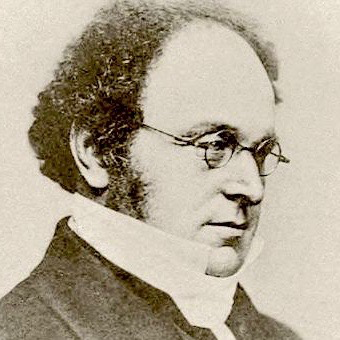
Augustus De Morgan (27 June 1806 - 18 March 1871) was a British mathematician and logician. He formulated De Morgan's laws and introduced the term mathematical induction, making its idea rigorous.
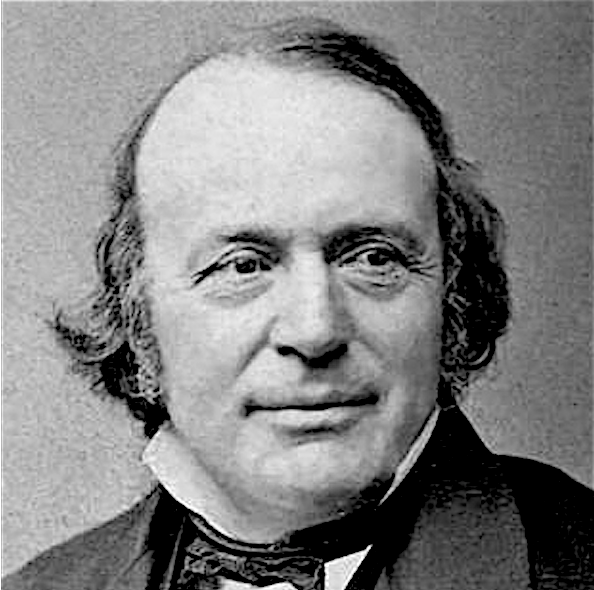
Louis Agassiz (May 28, 1807 - December 14, 1873) was a Swiss biologist and geologist recognized as an innovative and prodigious scholar of Earth's natural history. Agassiz grew up in Switzerland. He received doctor of philosophy and medical degrees at Erlangen and Munich, respectively. After studying with Cuvier and Humboldt in Paris, Agassiz was appointed professor of natural history at the University of Neuchatel. He emigrated to the United States in 1847 after visiting Harvard University. He went on to become professor of zoology and geology at Harvard, to head its Lawrence Scientific School, and to found its Museum of Comparative Zoology.
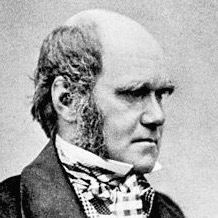
Charles Darwin (12 February 1809 - 19 April 1882) was an English naturalist, geologist and biologist, best known for his contributions to the science of evolution. His proposition that all species of life have descended over time from common ancestors is now widely accepted, and considered a foundational concept in science. In a joint publication with Alfred Russel Wallace, he introduced his scientific theory that this branching pattern of evolution resulted from a process that he called natural selection, in which the struggle for existence has a similar effect to the artificial selection involved in selective breeding. Darwin has been described as one of the most influential figures in human history, and he was honoured by burial in Westminster Abbey.
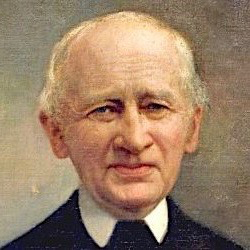
Johann Gottfried Galle (9 June 1812 - 10 July 1910) was a German astronomer from Radis, Germany, at the Berlin Observatory who, on 23 September 1846, with the assistance of student Heinrich Louis d'Arrest, was the first person to view the planet Neptune and know what he was looking at. Urbain Le Verrier had predicted the existence and position of Neptune, and sent the coordinates to Galle, asking him to verify. Galle found Neptune in the same night he received Le Verrier's letter, within 1° of the predicted position. The discovery of Neptune is widely regarded as a dramatic validation of celestial mechanics, and is one of the most remarkable moments of 19th-century science.
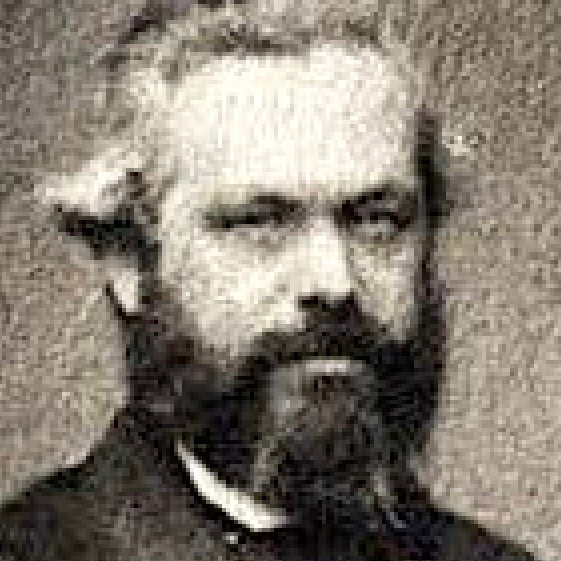
Karl Marx (5 May 1818 - 14 March 1883) was a German philosopher, economist, historian, sociologist, political theorist, journalist and socialist revolutionary. Due to his political publications, Marx became stateless and lived in exile with his wife and children in London for decades, where he continued to develop his thought in collaboration with German thinker Friedrich Engels and publish his writings, researching in the reading room of the British Museum. His best-known titles are the 1848 pamphlet The Communist Manifesto and the three-volume Das Kapital (1867-1883). Marx's political and philosophical thought had enormous influence on subsequent intellectual, economic and political history. Marx's critical theories about society, economics, and politics, collectively understood as Marxism, hold that human societies develop through class conflict. Marx has been described as one of the most influential figures in human history and his work has been both lauded and criticised. His work in economics laid the basis for much of the current understanding of labour and its relation to capital and subsequent economic thought. Many intellectuals, labour unions, artists and political parties worldwide have been influenced by Marx's work, with many modifying or adapting his ideas. Marx is typically cited as one of the principal architects of modern social science.
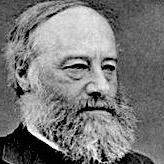
James Prescott Joule (24 December 1818 - 11 October 1889) was an English physicist, mathematician and brewer, born in Salford, Lancashire. Joule studied the nature of heat, and discovered its relationship to mechanical work. This led to the Law of Conservation of energy, which in turn led to the development of the first law of thermodynamics. The SI derived unit of energy, the joule, is named after him. He worked with Lord Kelvin to develop an absolute thermodynamic temperature scale, which came to be called the Kelvin scale. Joule also made observations of magnetostriction, and he found the relationship between the current through a resistor and the heat dissipated, which is also called Joule's first law.
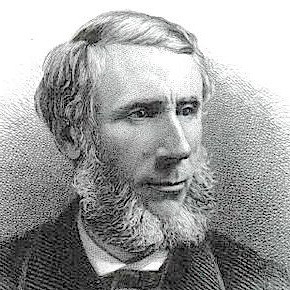
John Tyndall (2 August 1820 - 4 December 1893) was a prominent 19th-century Irish physicist. His initial scientific fame arose in the 1850s from his study of diamagnetism. Later he made discoveries in the realms of infrared radiation and the physical properties of air, proving in 1859 the connection between atmospheric CO2 and what is now known as the greenhouse effect.
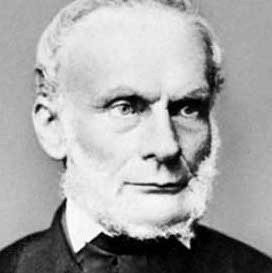
Rudolf Clausius (2 January 1822 - 24 August 1888) was a German physicist and mathematician and is considered one of the central founders of the science of thermodynamics. In 1865 he introduced the concept of entropy. Entropy is a scientific concept, as well as a measurable physical property that is most commonly associated with a state of disorder, randomness, or uncertainty. The term and the concept are used in diverse fields, from classical thermodynamics, where it was first recognized, to the microscopic description of nature in statistical physics, and to the principles of information theory. It has found far-ranging applications in chemistry and physics, in biological systems and their relation to life, in cosmology, economics, sociology, weather science, climate change, and information systems including the transmission of information in telecommunication.
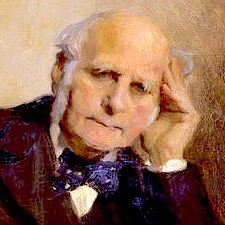
Francis Galton (16 February 1822 - 17 January 1911) was an English Victorian era statistician, polymath, sociologist, psychologist, anthropologist, eugenicist, tropical explorer, geographer, inventor, meteorologist, proto-geneticist, and psychometrician. He created the statistical concept of correlation and widely promoted regression toward the mean. As the initiator of scientific meteorology, he devised the first weather map, proposed a theory of anticyclones, and was the first to establish a complete record of short-term climatic phenomena on a European scale.
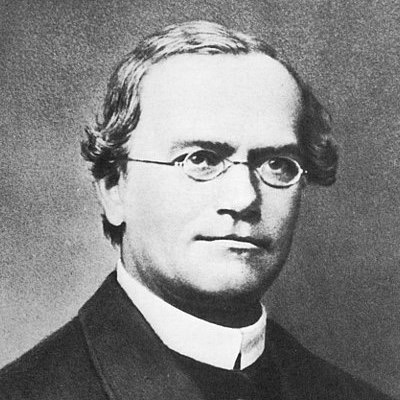
Gregor Mendel (20 July 1822 - 6 January 1884) was a scientist, Augustinian friar and abbot of St. Thomas' Abbey in Brno, Margraviate of Moravia. Mendel gained posthumous recognition as the founder of the modern science of genetics. Though farmers had known for millennia that crossbreeding of animals and plants could favor certain desirable traits, Mendel's pea plant experiments conducted between 1856 and 1863 established many of the rules of heredity, now referred to as the laws of Mendelian inheritance.
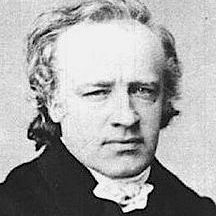
Heinrich Louis d'Arrest (13 August 1822 - 14 June 1875) was a German astronomer born in Berlin. While a student at the University of Berlin, d'Arrest was party to Johann Gottfried Galle's search for Neptune. On 23 September 1846, he suggested that a recently drawn chart of the sky, in the region of Urbain Le Verrier's predicted location, could be compared with the current sky to seek the displacement characteristic of a planet, as opposed to a stationary star. Galle found Neptune in the same night he received Le Verrier's letter, within 1° of the predicted position. The discovery of Neptune is widely regarded as a dramatic validation of celestial mechanics, and is one of the most remarkable moments of 19th-century science.
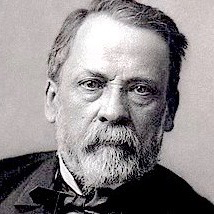
Louis Pasteur (December 27, 1822 - September 28, 1895) was a French biologist, microbiologist and chemist renowned for his discoveries of the principles of vaccination, microbial fermentation and pasteurization. He is remembered for his remarkable breakthroughs in the causes and prevention of diseases, and his discoveries have saved many lives ever since. He reduced mortality from puerperal fever, and created the first vaccines for rabies and anthrax. His medical discoveries provided direct support for the germ theory of disease and its application in clinical medicine.
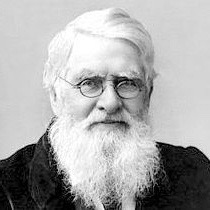
Alfred Russel Wallace (8 January 1823 - 7 November 1913) was a British naturalist, explorer, geographer, anthropologist, biologist and illustrator. He is best known for independently conceiving the theory of evolution through natural selection; his paper on the subject was jointly published with some of Charles Darwin's writings in 1858. This prompted Darwin to publish his own ideas in On the Origin of Species.
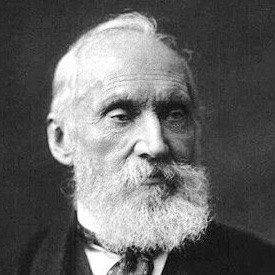
Lord Kelvin (26 June 1824 - 17 December 1907) was a British mathematical physicist and engineer born in Belfast. Professor of Natural Philosophy at the University of Glasgow for 53 years, he did important work in the mathematical analysis of electricity and formulation of the first and second laws of thermodynamics, and did much to unify the emerging discipline of physics in its modern form. He also had a career as an electric telegraph engineer and inventor. For his work on the transatlantic telegraph project he was knighted in 1866 by Queen Victoria. He had extensive maritime interests and was most noted for his work on the mariner's compass which previously had limited reliability. Also, while the existence of a lower limit to temperature (absolute zero) was known prior to his work, Kelvin is known for determining its correct value as approximately -273.15 degree Celsius or -459.67 degree Fahrenheit. Absolute temperatures are stated in units of kelvin in his honour.
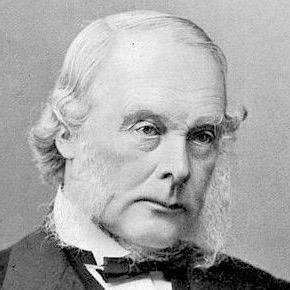
Joseph Lister (5 April 1827 - 10 February 1912) was a British surgeon and a pioneer of antiseptic surgery. Lister promoted the idea of sterile surgery while working at the Glasgow Royal Infirmary. Lister successfully introduced carbolic acid (now known as phenol) to sterilise surgical instruments and to clean wounds.
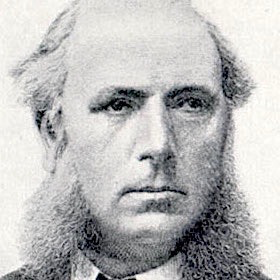
Willoughby Smith (6 April 1828 - 17 July 1891) was an English electrical engineer who in 1873 discovered the photoconductivity of the element selenium. This discovery led to the invention of photoelectric cells.
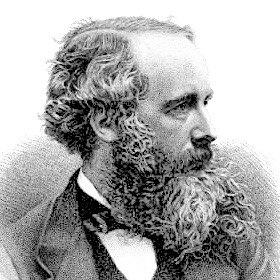
James Clerk Maxwell (13 June 1831 - 5 November 1879) was a Scottish scientist in the field of mathematical physics. His most notable achievement was to formulate the classical theory of electromagnetic radiation, bringing together for the first time electricity, magnetism, and light as different manifestations of the same phenomenon. Maxwell's equations for electromagnetism have been called the "second great unification in physics" where the first one had been realised by Isaac Newton.
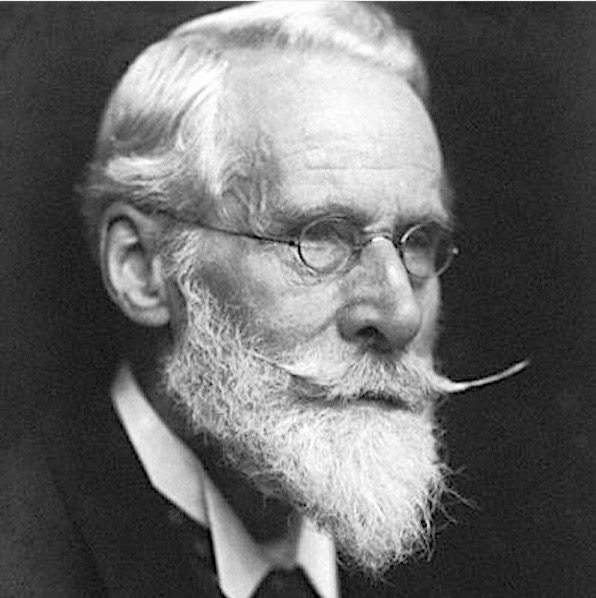
William Crookes OM PRS (17 June 1832 - 4 April 1919) was a British chemist and physicist who attended the Royal College of Chemistry in London, and worked on spectroscopy. He was a pioneer of vacuum tubes, studied cathode rays, and invented the Crookes tube which was made in 1875. This was a foundational discovery that eventually changed the whole of chemistry and physics.

Frederick Guthrie (15 October 1833 - 21 October 1886) was a British physicist and chemist and academic author. In 1873 Guthrie discovered that a red-hot iron sphere with a negative charge would lose its charge by somehow discharging it into air. He also found that this did not happen if the sphere had a positive charge. Thermionic emission is the liberation of electrons from an electrode by virtue of its temperature (releasing of energy supplied by heat). He then invented the thermionic diode.
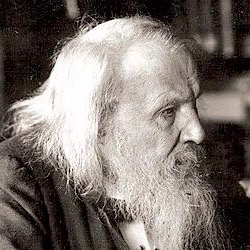
Dmitri Mendeleev (8 February 1834 - 2 February 1907) was a Russian chemist and inventor best remembered for formulating the Periodic Law, creating a farsighted version of the periodic table of elements, and predicting some properties of unidentified elements that were expected to fill gaps within the table. The first recognizable periodic table, published in 1869, was developed mainly to illustrate periodic trends of the then-known elements.
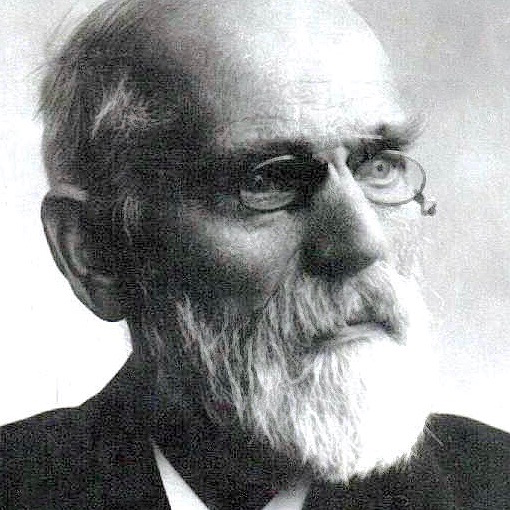
Johannes Diderik van der Waals (23 November 1837 - 8 March 1923) was a Dutch theoretical physicist and thermodynamicist famous for his pioneering work on the equation of state for gases and liquids. Van der Waals won the 1910 Nobel Prize in physics for his work on the equation of state for gases and liquids. In his 1873 thesis, Van der Waals noted the non-ideality of real gases and attributed it to the existence of intermolecular interactions. He introduced the first equation of state derived by the assumption of a finite volume occupied by the constituent molecules. Van der Waals' work affirmed the reality of molecules and allowed an assessment of their size and attractive strength. By comparing his equation of state with experimental data, Van der Waals was able to obtain estimates for the actual size of molecules and the strength of their mutual attraction or intermolecular force: the van der Waals force. By introducing parameters characterizing molecular size and attraction in constructing his equation of state, Van der Waals set the tone for modern molecular science.
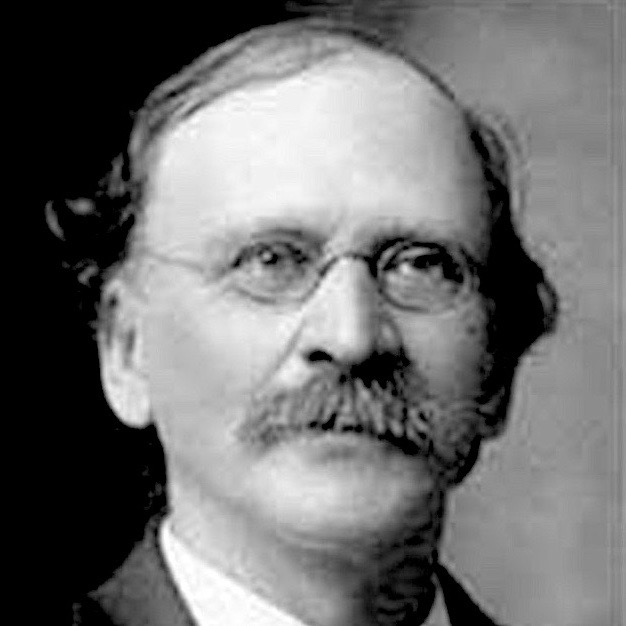
Edward W. Morley (January 29, 1838 - February 24, 1923) was an American scientist famous for his extremely precise and accurate measurement of the atomic weight of oxygen and for the Michelson-Morley experiment. The Michelson-Morley experiment was an attempt to detect the existence of a supposed medium permeating space that was thought to be the carrier of light waves. It compared the speed of light in perpendicular directions in an attempt to detect the relative motion of matter through the supposed stationary luminiferous aether ("aether wind"). Albert Abraham Michelson and Morley found no significant difference. This result is generally considered to be the first strong evidence against the then-prevalent aether theory, and initiated a line of research that led to special relativity.
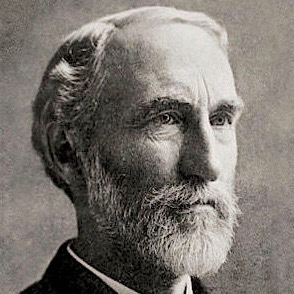
Josiah Willard Gibbs (February 11, 1839 - April 28, 1903) was an American scientist who made significant theoretical contributions to physics, chemistry, and mathematics. His work on the applications of thermodynamics was instrumental in transforming physical chemistry into a rigorous inductive science. Together with James Clerk Maxwell and Ludwig Boltzmann, he created statistical mechanics (a term that he coined), explaining the laws of thermodynamics as consequences of the statistical properties of ensembles of the possible states of a physical system composed of many particles. The publication of the paper "On the Equilibrium of Heterogeneous Substances" (1874-78) is now regarded as a landmark in the development of chemistry. In it, Gibbs developed a rigorous mathematical theory for various transport phenomena, including adsorption, electrochemistry, and the Marangoni effect in fluid mixtures. He also formulated the phase rule for the number F of variables that may be independently controlled in an equilibrium mixture of C components existing in P phases. Phase rule is very useful in diverse areas, such as metallurgy, mineralogy, and petrology. It can also be applied to various research problems in physical chemistry.
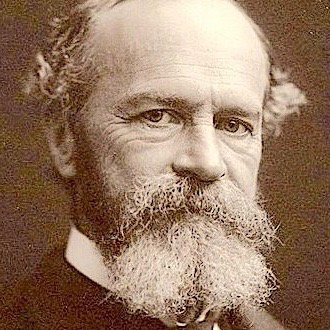
William James (January 11, 1842 - August 26, 1910) was an American philosopher and psychologist, and the first educator to offer a psychology course in the United States. James is considered to be a leading thinker of the late nineteenth century, one of the most influential philosophers of the United States, and the "Father of American psychology". Along with Charles Sanders Peirce, James established the philosophical school known as pragmatism, and is also cited as one of the founders of functional psychology. A Review of General Psychology analysis, published in 2002, ranked James as the 14th most eminent psychologist of the 20th century. A survey published in American Psychologist in 1991 ranked James's reputation in second place, after Wilhelm Wundt, who is widely regarded as the founder of experimental psychology. James also developed the philosophical perspective known as radical empiricism. James's work has influenced philosophers and academics such as Émile Durkheim, W. E. B. Du Bois, Edmund Husserl, Bertrand Russell, Ludwig Wittgenstein, Hilary Putnam, Richard Rorty, and Marilynne Robinson.
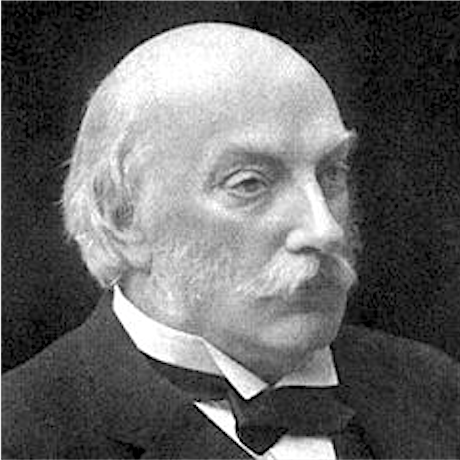
Lord Rayleigh (12 November 1842 - 30 June 1919) was a British scientist who made extensive contributions to both theoretical and experimental physics. He spent all of his academic career at the University of Cambridge. In 1871 Rayleigh provided the first theoretical treatment of the elastic scattering of light by particles much smaller than the light's wavelength, or diffuse sky radiation, a phenomenon now known as "Rayleigh scattering", which notably explains why the sky is blue. Among many honors, he received the 1904 Nobel Prize in Physics "for his investigations of the densities of the most important gases and for his discovery of argon in connection with these studies."
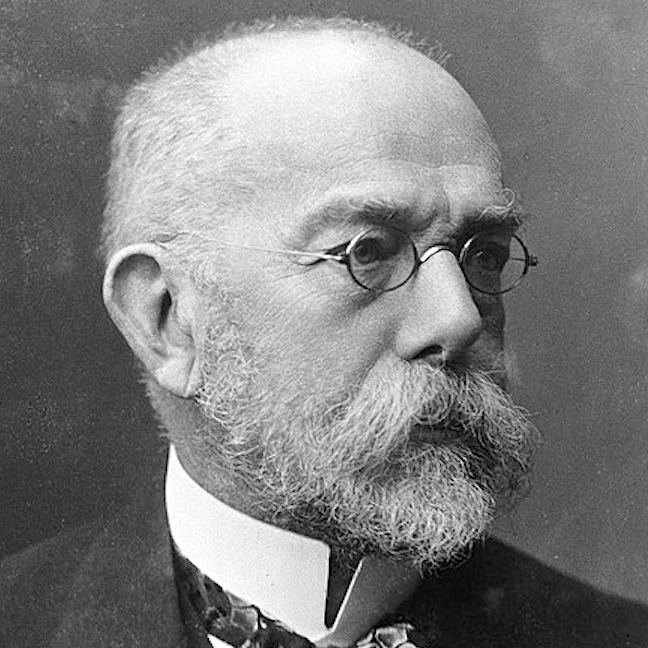
Robert Koch (11 December 1843 - 27 May 1910) was a German physician and microbiologist. As one of the main founders of modern bacteriology, he identified the specific causative agents of tuberculosis, cholera, and anthrax and also gave experimental support for the concept of infectious disease, which included experiments on humans and animals. Koch created and improved laboratory technologies and techniques in the field of microbiology, and made key discoveries in public health. His research led to the creation of Koch's postulates, a series of four generalized principles linking specific microorganisms to specific diseases that proved influential on subsequent epidemiological principles such as the Bradford Hill criteria. For his research on tuberculosis, Koch received the Nobel Prize in Physiology or Medicine in 1905. The Robert Koch Institute is named in his honour.
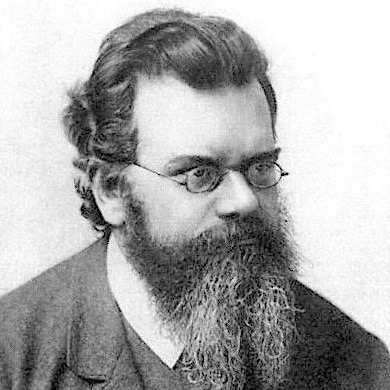
Ludwig Boltzmann (February 20, 1844 - September 5, 1906) was an Austrian physicist and philosopher. His greatest achievements were the development of statistical mechanics, and the statistical explanation of the second law of thermodynamics. In 1877 he provided the current statistical definition of entropy, interpreted as a measure of statistical disorder of a system. Max Planck named the constant kB the Boltzmann constant.
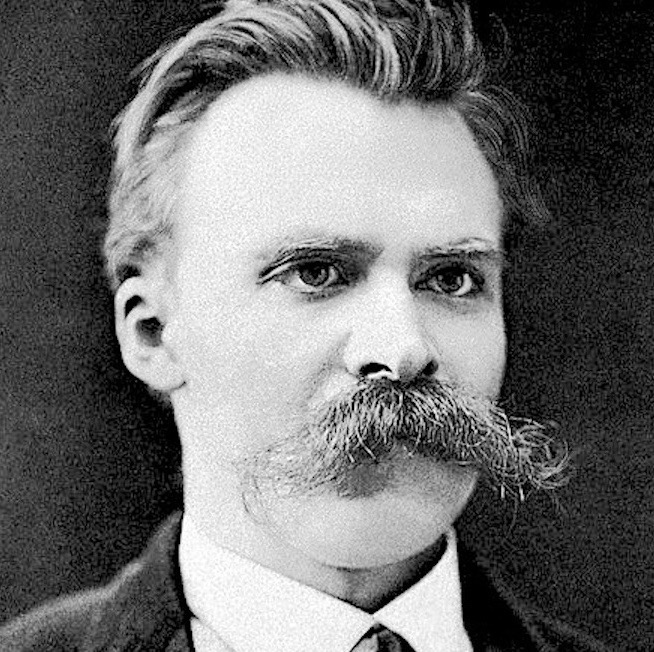
Friedrich Nietzsche (15 October 1844 - 25 August 1900) was a German philosopher, cultural critic, composer, poet, and philologist whose work has exerted a profound influence on modern intellectual history. Prominent elements of his philosophy include his radical critique of truth in favor of perspectivism; his genealogical critique of religion and Christian morality and his related theory of master-slave morality; his aesthetic affirmation of existence in response to the "death of God" and the profound crisis of nihilism; his notion of the Apollonian and Dionysian; and his characterization of the human subject as the expression of competing wills, collectively understood as the will to power.
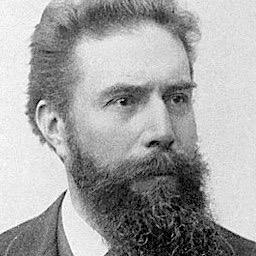
Wilhelm Conrad Rontgen (27 March 1845 - 10 February 1923) was a German mechanical engineer and physicist, who, on 8 November 1895, produced and detected electromagnetic radiation in a wavelength range known as X-rays or Rontgen rays, an achievement that earned him the inaugural Nobel Prize in Physics in 1901. In honour of Rontgen's accomplishments, in 2004 the International Union of Pure and Applied Chemistry (IUPAC) named element 111, roentgenium, a radioactive element with multiple unstable isotopes, after him. The unit of measurement roentgen was also named after him.
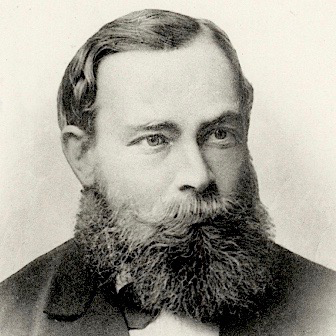
Gottlob Frege (8 November 1848 - 26 July 1925) was a German philosopher, logician, and mathematician. He is understood by many to be the father of analytic philosophy, concentrating on the philosophy of language, logic, and mathematics.
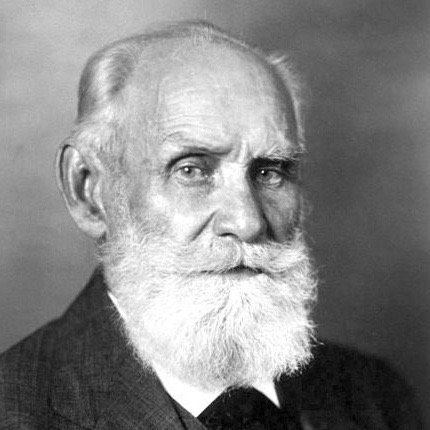
Ivan Pavlov (26 September 1849 - 27 February 1936) was a Russian physiologist known primarily for his work in classical conditioning. Classical conditioning (also known as Pavlovian or respondent conditioning) refers to a learning procedure in which a biologically potent stimulus (e.g. food) is paired with a previously neutral stimulus (e.g. a bell). It also refers to the learning process that results from this pairing, through which the neutral stimulus comes to elicit a response (e.g. salivation) that is usually similar to the one elicited by the potent stimulus. Together with operant conditioning, classical conditioning became the foundation of behaviorism, a school of psychology which was dominant in the mid-20th century and is still an important influence on the practice of psychological therapy and the study of animal behavior. Pavlov won the Nobel Prize for Physiology or Medicine in 1904. A survey in the Review of General Psychology, published in 2002, ranked Pavlov as the 24th most cited psychologist of the 20th century. Pavlov's principles of classical conditioning have been found to operate across a variety of behavior therapies and in experimental and clinical settings, such as educational classrooms and even reducing phobias with systematic desensitization.
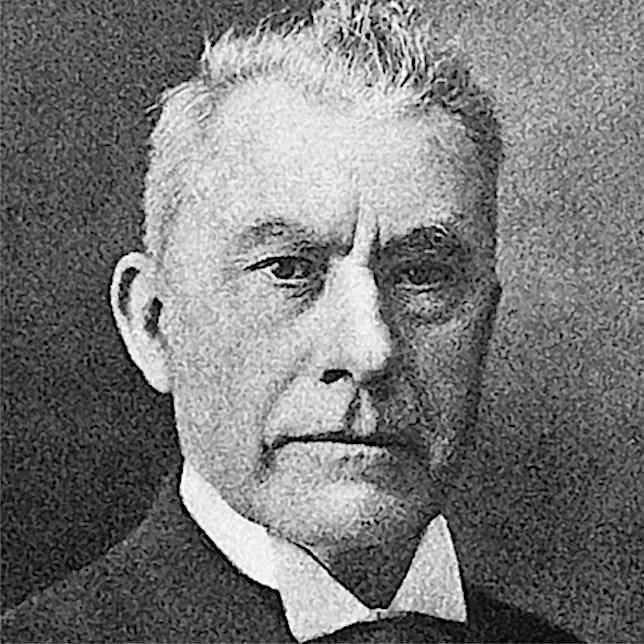
Martinus Beijerinck (16 March 1851 - 1 January 1931) was a Dutch microbiologist and botanist. He is credited with the 1898 discovery of viruses; infections replicating in the host and, thus, not a mere toxin. He was one of the founders of virology and environmental microbiology.
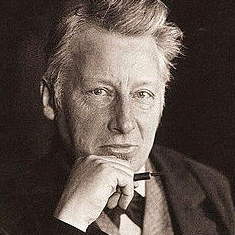
Jacobus Henricus van 't Hoff (30 August 1852 - 1 March 1911) a highly influential Dutch physical and theoretical chemist, was the first winner of the Nobel Prize in Chemistry. His pioneering work helped found the modern theory of chemical affinity, chemical equilibrium, chemical kinetics, and chemical thermodynamics. In his 1874 pamphlet Van 't Hoff formulated the theory of the tetrahedral carbon atom and laid the foundations of stereochemistry. In 1875, he predicted the correct structures of allenes and cumulenes as well as their axial chirality. In 1884, Van 't Hoff published his research on chemical kinetics, titled Études de Dynamique chimique ("Studies in Chemical Dynamics"), in which he described a new method for determining the order of a reaction using graphics and applied the laws of thermodynamics to chemical equilibria. He also introduced the modern concept of chemical affinity. Van 't Hoff is widely considered one of the founders of physical chemistry as the discipline is known today.
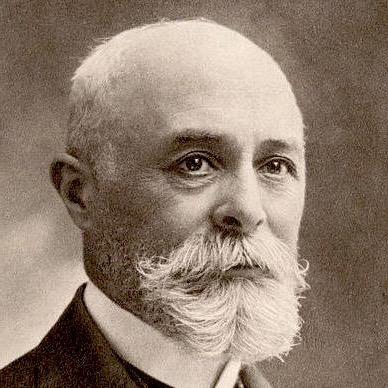
Henri Becquerel (15 December 1852 - 25 August 1908) was a French engineer, physicist, Nobel laureate, and the first person to discover evidence of radioactivity. For work in this field he, along with Marie Sklodowska-Curie (Marie Curie) and Pierre Curie, received the 1903 Nobel Prize in Physics. The SI unit for radioactivity, the becquerel (Bq), is named after him.
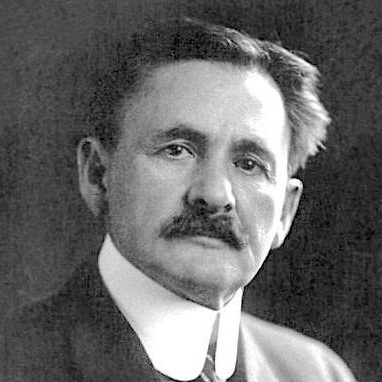
Albert A. Michelson (December 19, 1852 - May 9, 1931) was an American physicist known for his work on measuring the speed of light and especially for the Michelson-Morley experiment. The Michelson-Morley experiment was an attempt to detect the existence of a supposed medium permeating space that was thought to be the carrier of light waves. It compared the speed of light in perpendicular directions in an attempt to detect the relative motion of matter through the supposed stationary luminiferous aether ("aether wind"). Michelson and Edward Williams Morley found no significant difference. This result is generally considered to be the first strong evidence against the then-prevalent aether theory, and initiated a line of research that led to special relativity. In 1907 Michelson received the Nobel Prize in Physics. He was the founder and the first head of the physics department of the University of Chicago.
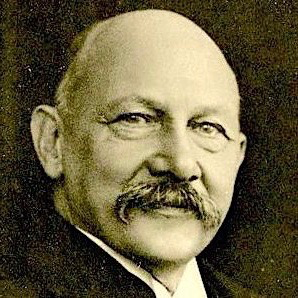
Heike Kamerlingh Onnes (1853 September 21 -1926 February 21) was a Dutch physicist and Nobel laureate. In 1908 he exploited the Hampson-Linde cycle to investigate how materials behave when cooled to nearly absolute zero and later to liquefy helium for the first time. In 1911 he discovered superconductivity.
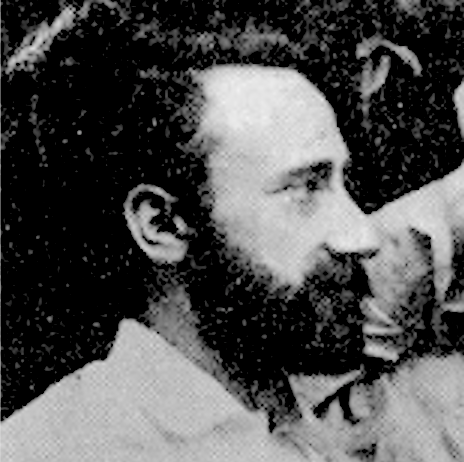
Paul-Jacques Curie (29 October 1855 - 19 February 1941) was a French physicist and professor of mineralogy at the University of Montpellier. Along with his younger brother, Pierre Curie, he studied pyroelectricity in the 1880s, leading to their discovery of some of the mechanisms behind piezoelectricity. Piezoelectricity is the electric charge that accumulates in certain solid materials (such as crystals, certain ceramics, and biological matter such as bone, DNA and various proteins) in response to applied mechanical stress.
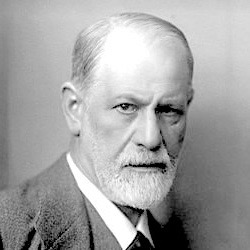
Sigmund Freud (6 May 1856 - 23 September 1939) was an Austrian neurologist and the founder of psychoanalysis, a clinical method for treating psychopathology through dialogue between a patient and a psychoanalyst.
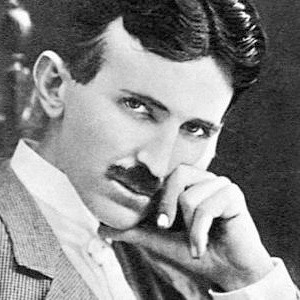
Nikola Tesla (10 July 1856 - 7 January 1943) was a Serbian-American inventor, electrical engineer, mechanical engineer, and futurist who is best known for his contributions to the design of the modern alternating current (AC) electricity supply system.
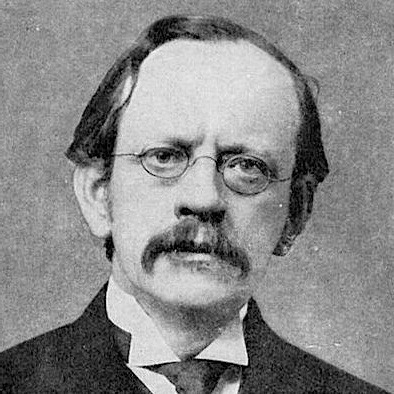
J. J. Thomson (18 December 1856 - 30 August 1940) was a British physicist and Nobel Laureate in Physics, credited with the discovery of the electron, the first subatomic particle to be discovered. In 1897, Thomson showed that cathode rays were composed of previously unknown negatively charged particles (now called electrons), which he calculated must have bodies much smaller than atoms and a very large charge-to-mass ratio. In 1904, Thomson suggested a model of the atom, hypothesizing that it was a sphere of positive matter within which electrostatic forces determined the positioning of the corpuscles. To explain the overall neutral charge of the atom, he proposed that the corpuscles were distributed in a uniform sea of positive charge. In this "plum pudding model", the electrons were seen as embedded in the positive charge like raisins in a plum pudding (although in Thomson's model they were not stationary, but orbiting rapidly).
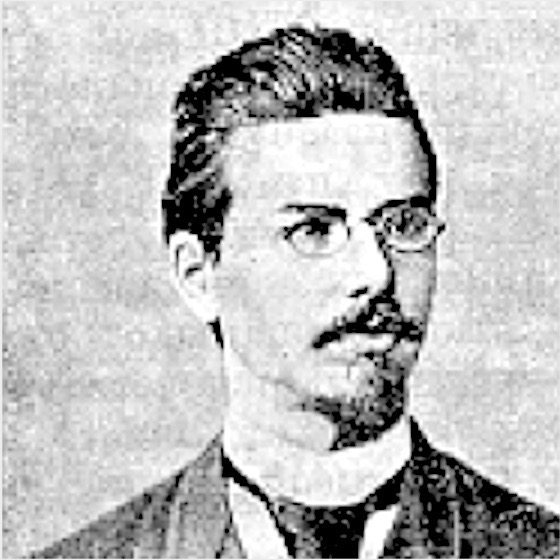
Friedrich Reinitzer (25 February 1857 - 16 February 1927) was an Austrian botanist and chemist. In late 1880s, experimenting with cholesteryl benzoate, he discovered properties of liquid crystals. Liquid crystals (LCs) are a state of matter which has properties between those of conventional liquids and those of solid crystals. For instance, a liquid crystal may flow like a liquid, but its molecules may be oriented in a crystal-like way. Liquid crystals find wide use in liquid crystal displays, which rely on the optical properties of certain liquid crystalline substances in the presence or absence of an electric field.
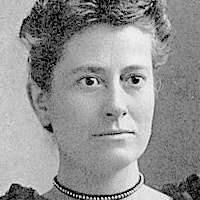
Williamina Fleming (15 May 1857 - 21 May 1911) was a Scottish astronomer active in the United States. During her career, she helped develop a common designation system for stars and cataloged thousands of stars and other astronomical phenomena. Among several career achievements that advanced astronomy, Fleming is noted for her discovery of the Horsehead Nebula in 1888. In 1910 she discovered the first white dwarf, 40 Eridani B.
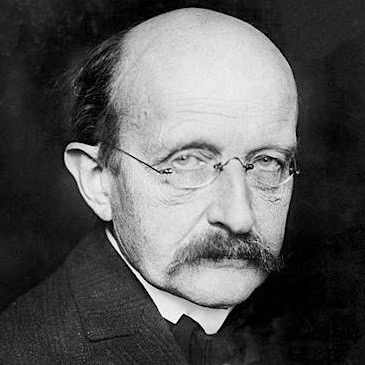
Max Planck (23 April 1858 - 4 October 1947) was a German theoretical physicist whose discovery of energy quanta won him the Nobel Prize in Physics in 1918. Planck made many contributions to theoretical physics, but his fame as a physicist rests primarily on his role as the originator of quantum theory, which revolutionized human understanding of atomic and subatomic processes.
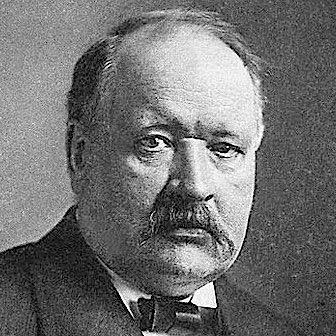
Svante Arrhenius (19 February 1859 - 2 October 1927) was a Swedish scientist. Originally a physicist, but often referred to as a chemist, Arrhenius was one of the founders of the science of physical chemistry. In 1896 Arrhenius was the first to use principles of physical chemistry to estimate the extent to which increases in atmospheric carbon dioxide are responsible for the Earth's increasing surface temperature or the greenhouse effect. He received the Nobel Prize for Chemistry in 1903.
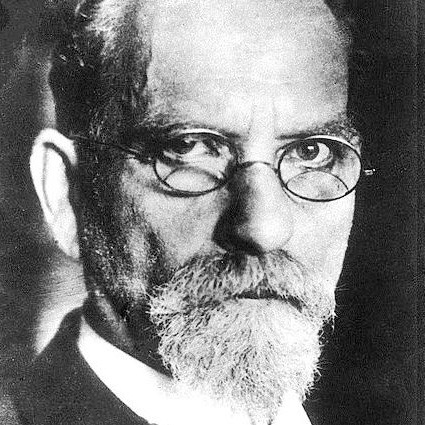
Edmund Husserl (8 April 1859 - 27 April 1938) was a German philosopher who established the school of phenomenology (an approach that concentrates on the study of consciousness and the objects of direct experience). Husserl's thought profoundly influenced the landscape of 20th-century philosophy, and he remains a notable figure in contemporary philosophy.
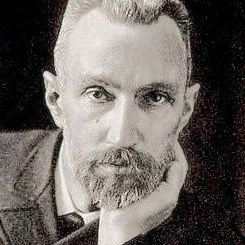
Pierre Curie (15 May 1859 - 19 April 1906) was a French physicist, a pioneer in crystallography, magnetism, piezoelectricity, and radioactivity. In 1880, Pierre and his older brother Paul-Jacques (1856-1941) demonstrated that an electric potential was generated when crystals were compressed, i.e. piezoelectricity. To aid this work they invented the piezoelectric quartz electrometer. The following year they demonstrated the reverse effect: that crystals could be made to deform when subject to an electric field. Almost all digital electronic circuits now rely on this in the form of crystal oscillators. In 1903, Curie received the Nobel Prize in Physics with his wife, Marie Sklodowska-Curie, and Henri Becquerel, "in recognition of the extraordinary services they have rendered by their joint researches on the radiation phenomena discovered by Professor Henri Becquerel".
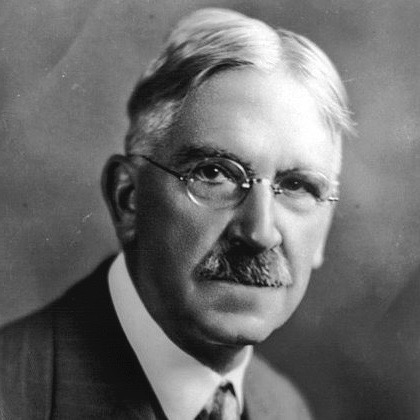
John Dewey (October 20, 1859 - June 1, 1952) was an American philosopher, psychologist, and educational reformer whose ideas have been influential in education and social reform. He was one of the most prominent American scholars in the first half of the twentieth century. The overriding theme of Dewey's works was his profound belief in democracy, be it in politics, education, or communication and journalism. Dewey stated in 1888, "Democracy and the one, ultimate, ethical ideal of humanity are to my mind synonymous." Dewey considered two fundamental elements—schools and civil society—to be major topics needing attention and reconstruction to encourage experimental intelligence and plurality. He asserted that complete democracy was to be obtained not just by extending voting rights but also by ensuring that there exists a fully formed public opinion, accomplished by communication among citizens, experts and politicians, with the latter being accountable for the policies they adopt. Dewey was one of the primary figures associated with the philosophy of pragmatism and is considered one of the fathers of functional psychology. A well-known public intellectual, he was a major voice of progressive education and liberalism. Dewey also wrote about other topics including epistemology, metaphysics, aesthetics, art, logic, social theory, and ethics.
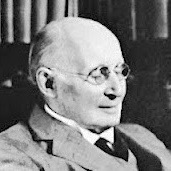
Alfred North Whitehead (15 February 1861 - 30 December 1947) was an English mathematician and philosopher. He is best known as the defining figure of the philosophical school known as process philosophy, which today has found application to a wide variety of disciplines, including ecology, education, physics, biology, economics, and psychology, among other areas.
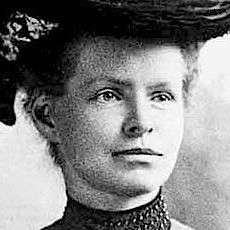
Nettie Stevens (July 7, 1861 - May 4, 1912) was an American geneticist credited with the discovery of sex chromosomes. In 1905, soon after the rediscovery of Mendel's paper on genetics in 1900, she observed that male mealworms produced two kinds of sperm, one with a large chromosome and one with a small chromosome. When the sperm with the large chromosome fertilized eggs, they produced female offspring, and when the sperm with the small chromosome fertilized eggs, they produced male offspring. The pair of sex chromosomes that she studied later became known as the X and Y chromosomes.
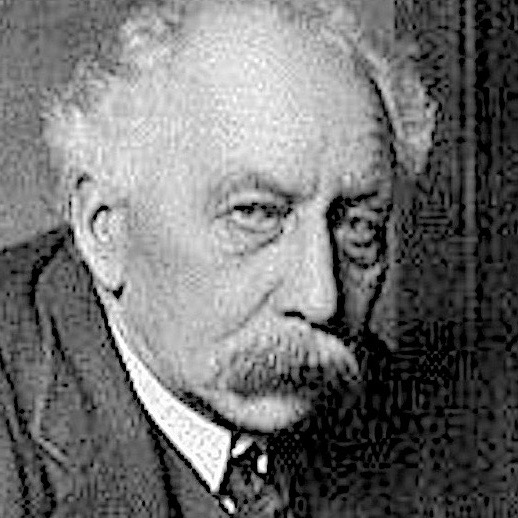
William Bateson (8 August 1861 - 8 February 1926) was an English biologist who was the first person to use the term genetics to describe the study of heredity, and the chief populariser of the ideas of Gregor Mendel following their rediscovery in 1900 by Hugo de Vries and Carl Correns. His 1894 book Materials for the Study of Variation was one of the earliest formulations of the new approach to genetics.
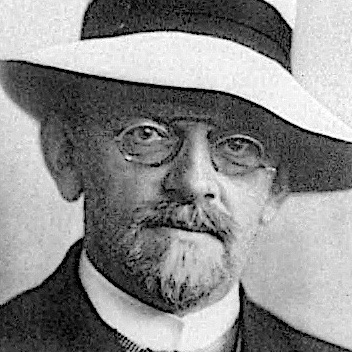
David Hilbert (23 January 1862 - 14 February 1943) was a German mathematician and one of the most influential and universal mathematicians of the 19th and early 20th centuries. Hilbert discovered and developed a broad range of fundamental ideas in many areas, including invariant theory, the calculus of variations, commutative algebra, algebraic number theory, the foundations of geometry, spectral theory of operators and its application to integral equations, mathematical physics, and foundations of mathematics (particularly proof theory). Hilbert adopted and warmly defended Georg Cantor's set theory and transfinite numbers. Hilbert and his students contributed significantly to establishing rigor and developed important tools used in modern mathematical physics. Hilbert is known as one of the founders of proof theory and mathematical logic.
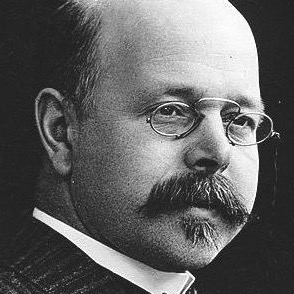
Walther Nernst (25 June 1864 - 18 November 1941) was a German chemist known for his work in thermodynamics, physical chemistry, electrochemistry, and solid state physics. His 1906 formulation of the Nernst heat theorem helped pave the way for the third law of thermodynamics, for which he won the 1920 Nobel Prize in Chemistry.
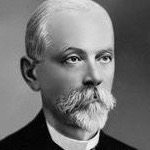
Dmitri Ivanovsky (28 October 1864 - 20 June 1920) was a Russian botanist, the discoverer of viruses (1892) and one of the founders of virology. A virus is a submicroscopic infectious agent that replicates only inside the living cells of an organism. Ivanovsky's article described a non-bacterial pathogen infecting tobacco plants. Viruses can infect all types of life forms, from animals and plants to microorganisms, including bacteria and archaea.
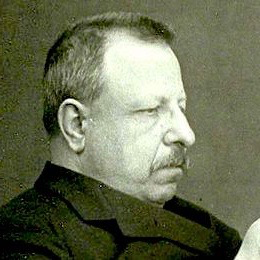
Benedetto Croce (25 February 1866 - 20 November 1952) was an Italian idealist philosopher, historian and politician, who wrote on numerous topics, including philosophy, history, historiography and aesthetics. Croce was a liberal, although he opposed laissez-faire free trade, He was nominated for the Nobel Prize in Literature sixteen times.
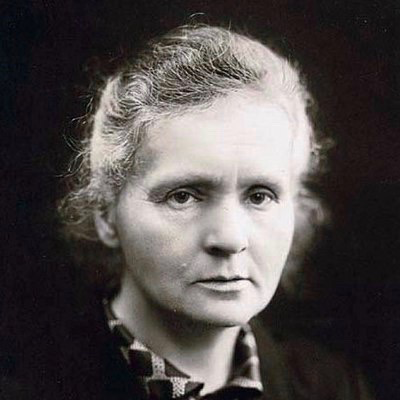
Marie Curie (7 November 1867 - 4 July 1934) was a Polish and naturalized-French physicist and chemist who conducted pioneering research on radioactivity. She was the first woman to win a Nobel Prize, the first person and the only woman to win the Nobel Prize twice, and the only person to win the Nobel Prize in two different scientific fields. She was part of the Curie family legacy of five Nobel Prizes. She was also the first woman to become a professor at the University of Paris, and in 1995 became the first woman to be entombed on her own merits in the Pantheon in Paris.
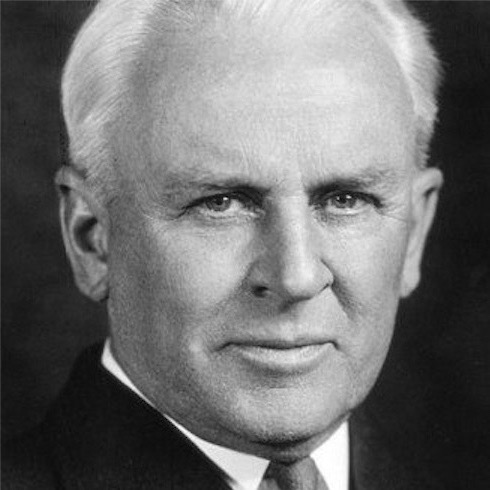
Robert Andrews Millikan (March 22, 1868 - December 19, 1953) was an American experimental physicist honored with the Nobel Prize for Physics in 1923 for the measurement of the elementary electric charge on an electron by way of the oil drop experiment and for his work on the photoelectric effect.
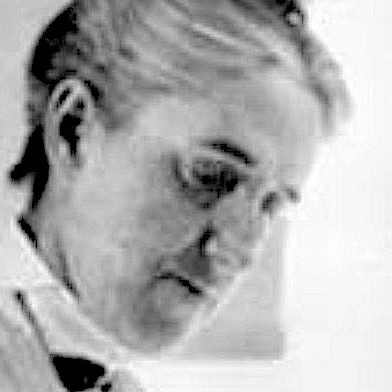
Henrietta Swan Leavitt (July 4, 1868 - December 12, 1921) was an American astronomer. A graduate of Radcliffe College, she worked at the Harvard College Observatory as a "computer", tasked with examining photographic plates in order to measure and catalog the brightness of stars. This work led her to discover the relation between the luminosity and the period of Cepheid variables. Leavitt's discovery provided astronomers with the first "standard candle" with which to measure the distance to faraway galaxies. After her death, Edwin Hubble used Leavitt's period-luminosity relation, together with the galactic spectral shifts first measured by Vesto Slipher at Lowell Observatory, in order to establish that the universe is expanding (see Hubble's law).

Fritz Haber (9 December 1868 - 29 January 1934) was a German chemist who received the Nobel Prize in Chemistry in 1918 for the invention of the Haber or Haber-Bosch process. It is named after its inventors, Fritz Haber and Carl Bosch, who developed it in 1909. The artificial nitrogen fixation process, a method used in industry to synthesize ammonia from nitrogen gas and hydrogen gas, and is the main industrial procedure for the production of ammonia today. It converts atmospheric nitrogen (N2) to ammonia (NH3) by a reaction with hydrogen (H2) using a metal catalyst under high temperatures and pressures. This invention is of importance for the large-scale synthesis of fertilizers and explosives.
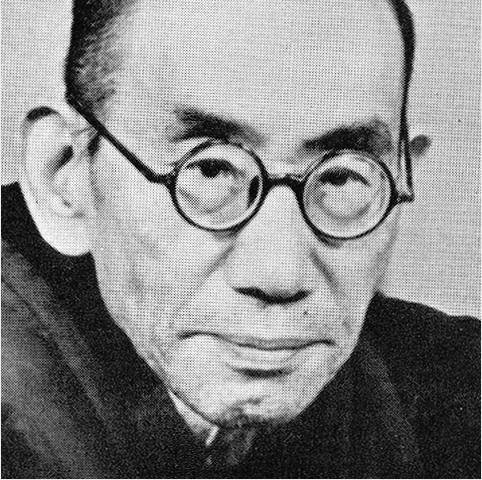
Kitaro Nishida (May 19, 1870 - June 7, 1945) was a prominent Japanese philosopher, founder of what has been called the Kyoto School of philosophy. The most famous concept in Nishida's philosophy is the logic of basho, a non-dualistic concrete logic, meant to overcome the inadequacy of the subject-object distinction essential to the subject logic of Aristotle and the predicate logic of Immanuel Kant, through the affirmation of what he calls the "absolutely contradictory self-identity", a dynamic tension of opposites that, unlike the dialectical logic of Georg Wilhelm Friedrich Hegel, does not resolve in a synthesis. Rather, it defines its proper subject by maintaining the tension between affirmation and negation as opposite poles or perspectives.
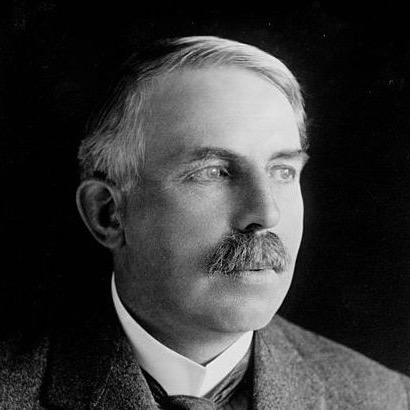
Ernest Rutherford (30 August 1871 - 19 October 1937), was a New Zealand-born British physicist who discovered the atomic nucleus in 1911. The atomic nucleus is the small, dense region consisting of protons and neutrons at the center of an atom. Rutherford found the nucleus using a method based on the 1909 Geiger-Marsden gold foil experiment. Rutherford came to be known as the father of nuclear physics. Encyclopedia Britannica considers him to be the greatest experimentalist since Michael Faraday (1791-1867).
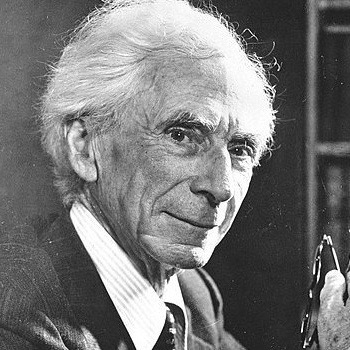
Bertrand Russell (18 May 1872 - 2 February 1970) was a British philosopher, logician, mathematician, historian, writer, essayist, social critic, political activist, and Nobel laureate. He is considered one of the founders of analytic philosophy along with his predecessor Gottlob Frege, colleague G. E. Moore and protege Ludwig Wittgenstein. He is widely held to be one of the 20th century's premier logicians.
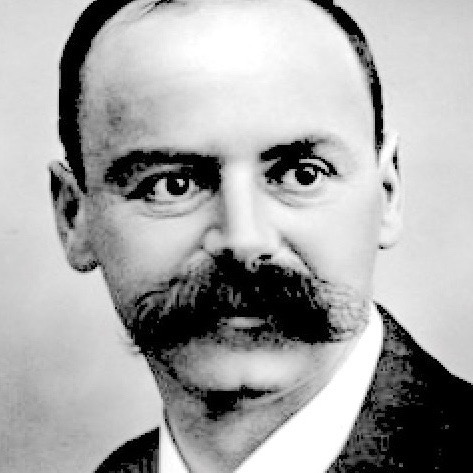
Karl Schwarzschild (9 October 1873 - 11 May 1916) was a German physicist and astronomer. He was also the father of astrophysicist Martin Schwarzschild. Schwarzschild provided the first exact solution to the Einstein field equations of general relativity, for the limited case of a single spherical non-rotating mass, which he accomplished in 1915, the same year that Einstein first introduced general relativity. The Schwarzschild solution, which makes use of Schwarzschild coordinates and the Schwarzschild metric, leads to a derivation of the Schwarzschild radius, which is the size of the event horizon of a non-rotating black hole.
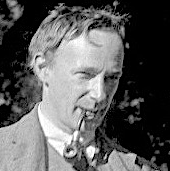
G. E. Moore (4 November 1873 - 24 October 1958) was an English philosopher. He was, with Bertrand Russell, Ludwig Wittgenstein, and (before them) Gottlob Frege, one of the founders of the analytic tradition in philosophy. Along with Russell, he led the turn away from idealism in British philosophy, and became well known for his advocacy of common sense concepts, his contributions to ethics, epistemology, and metaphysics.
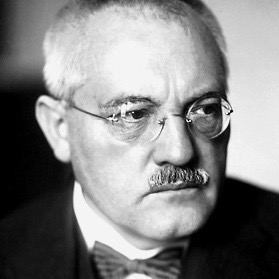
Carl Bosch (27 August 1874 - 26 April 1940) was a German chemist and engineer and Nobel Laureate in Chemistry. He was a pioneer in the field of high-pressure industrial chemistry and founder of IG Farben, at one point the world's largest chemical company. The Haber-Bosch process, developed it in 1909, was named after its inventors, Fritz Haber and Carl Bosch, who were voted the world's most influential chemical engineers of all time by members of the Institution of Chemical Engineers. The Haber-Bosch process is an artificial nitrogen fixation process, a method used in industry to synthesize ammonia from nitrogen gas and hydrogen gas, and is the main industrial procedure for the production of ammonia today. It converts atmospheric nitrogen (N2) to ammonia (NH3) by a reaction with hydrogen (H2) using a metal catalyst under high temperatures and pressures. This invention is of importance for the large-scale synthesis of fertilizers and explosives. The Haber-Bosch process, quite possibly the best-known chemical process in the world, which captures nitrogen from the air and converts it to ammonia, has its hand in the process of the Green Revolution that has been feeding the increasing population of the world. Bosch was an ardent collector of insects, minerals, and gems. His collected meteorites and other mineral samples were loaned to Yale University, and eventually purchased by the Smithsonian. He was an amateur astronomer with a well-equipped private observatory. The asteroid 7414 Bosch was named in his honour.
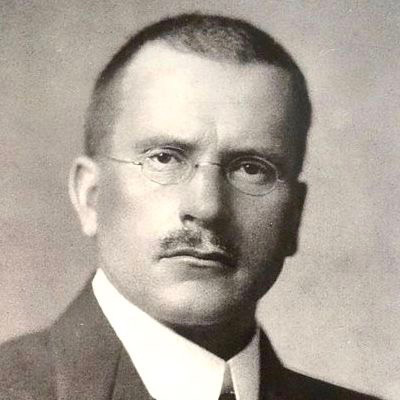
Carl Jung (26 July 1875 - 6 June 1961) was a Swiss psychiatrist and psychoanalyst who founded analytical psychology. Jung's work was influential in the fields of psychiatry, anthropology, archaeology, literature, philosophy, and religious studies. Jung worked as a research scientist at the famous Burghšlzli hospital, under Eugen Bleuler. During this time, he came to the attention of Sigmund Freud, the founder of psychoanalysis. The two men conducted a lengthy correspondence and collaborated, for a while, on a joint vision of human psychology.
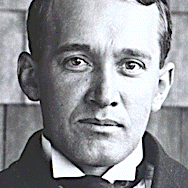
Vesto Melvin Slipher (November 11, 1875 - November 8, 1969) was an American astronomer who performed the first measurements of radial velocities for galaxies. In 1912 he was the first to discover that distant galaxies are redshifted, thus providing the first empirical basis for the expansion of the universe. He was also the first to relate these redshifts to velocity.
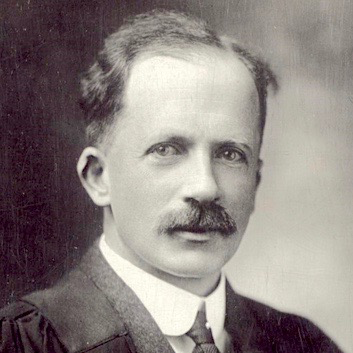
John Macleod (6 September 1876 - 16 March 1935) was a Scottish biochemist and physiologist. He devoted his career to diverse topics in physiology and biochemistry, but was chiefly interested in carbohydrate metabolism. In 1921 Frederick Grant Banting and Charles Herbert Best, working in the labaratory of J.J.R. Macleod at the University of Toronto, were the first to discover and isolate insulin, the first peptide hormone, from dog pancreas. In 1922 January James Collip completely eliminated the glycosuria that was typical of diabetes without causing any obvious side-effects. Macleod and Banting were particularly reluctant to patent their process for insulin on grounds of medical ethics. However, concerns remained that a private third-party would hijack and monopolize the research (as Eli Lilly and Company had hinted). On April 12, 1922 Banting, Best, Collip, Macleod, and John G. FitzGerald, director of the non-commercial public health institution Connaught Laboratories, wrote jointly to the president of the University of Toronto with the aim of assigning a patent to the Board of Governors. The assignment was completed on 15 January 1923, for the token payment of $1.00. The arrangement was congratulated in The World's Work in 1923 as "a step forward in medical ethics". Macleod and Banting received the 1923 Nobel prize in Physiology or Medicine.
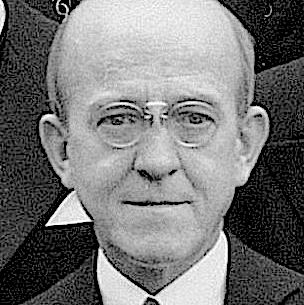
Oswald Avery. (October 21, 1877 - February 20, 1955) was a Canadian-American physician and medical researcher. Avery was one of the first molecular biologists and a pioneer in immunochemistry, but he is best known for the experiment (proved in 1943, published in 1944 with his co-workers Colin MacLeod and Maclyn McCarty) that isolated DNA as the material of which genes and chromosomes are made.
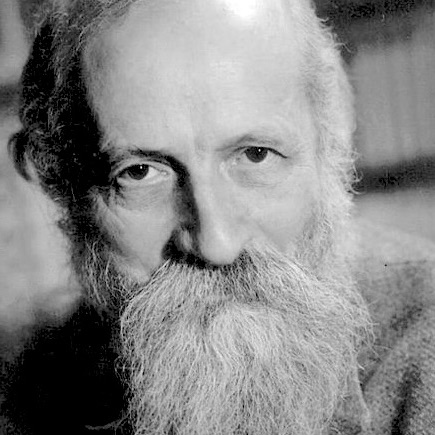
Martin Buber (February 8, 1878 - June 13, 1965) was an Austrian Jewish and Israeli philosopher best known for his philosophy of dialogue, a form of existentialism centered on the distinction between the I-Thou relationship and the I-It relationship. Born in Vienna, Buber came from a family of observant Jews, but broke with Jewish custom to pursue secular studies in philosophy. In 1902, he became the editor of the weekly Die Welt, the central organ of the Zionist movement, although he later withdrew from organizational work in Zionism. In 1923, Buber wrote his famous essay on existence, Ich und Du (later translated into English as I and Thou). He was nominated for the Nobel Prize in Literature ten times, and Nobel Peace Prize seven times.
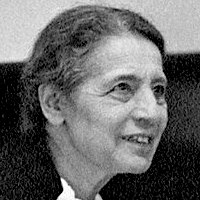
Lise Meitner (7 November 1878 - 27 October 1968) was an Austrian-Swedish physicist who contributed to the discoveries of the element protactinium and nuclear fission of heavy nuclei. While working at the Kaiser Wilhelm Institute on radioactivity, she discovered the radioactive isotope protactinium-231 in 1917. In 1938, Meitner and nephew-physicist Otto Robert Frisch discovered nuclear fission. She was praised by Albert Einstein as the "German Marie Curie". Meitner became the first woman from the University of Vienna and second in the world to earn a doctorate in physics. Meitner received many awards and honours late in her life, but she did not share the 1944 Nobel Prize in Chemistry for nuclear fission, which was awarded exclusively to her long-time collaborator Otto Hahn. Several scientists and journalists have called her exclusion "unjust". According to the Nobel Prize archive, she was nominated 19 times for Nobel Prize in Chemistry between 1924 and 1948, and 29 times for Nobel Prize in Physics between 1937 and 1965.
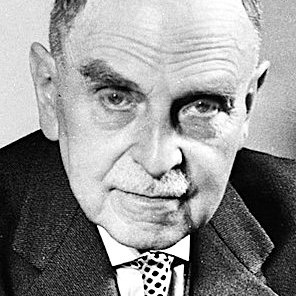
Otto Hahn (8 March 1879 - 28 July 1968) was a German chemist, and a pioneer in the fields of radioactivity and radiochemistry. Hahn is referred to as the father of nuclear chemistry. Hahn and Lise Meitner discovered radioactive isotopes of radium, thorium, protactinium and uranium. He also discovered the phenomena of radioactive recoil and nuclear isomerism, and pioneered rubidium-strontium dating. In 1938, Hahn, Lise Meitner and Fritz Strassmann discovered nuclear fission of heavy nuclei, for which Hahn received the 1944 Nobel Prize for Chemistry. Nuclear fission was the basis for nuclear reactors and nuclear weapons.
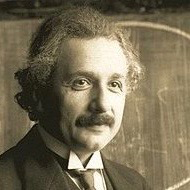
Albert Einstein (14 March 1879 - 18 April 1955) was a German-born theoretical physicist who developed the theory of relativity, one of the two pillars of modern physics (alongside quantum mechanics). His work is also known for its influence on the philosophy of science. He is best known to the general public for his mass-energy equivalence formula E=mc2, which has been dubbed "the world's most famous equation". He received the 1921 Nobel Prize in Physics "for his services to theoretical physics, and especially for his discovery of the law of the photoelectric effect", a pivotal step in the development of quantum theory.
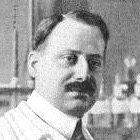
Alfred Bertheim (17 April 1879 - 17 August 1914) was a German chemist, best known for his research on arsenic compounds with Paul Ehrlich. In 1907 Bertheim first synthesized Arsphenamine, the first modern chemotherapeutic agent, in Ehrlich's lab. Arsphenamine, also known as Salvarsan or compound 606, is an organoarsenic compound and was the first modern chemotherapeutic agent. As a drug Arsphenamine was introduced at the beginning of the 1910s as the first effective treatment for syphilis, and was also used to treat African trypanosomiasis.
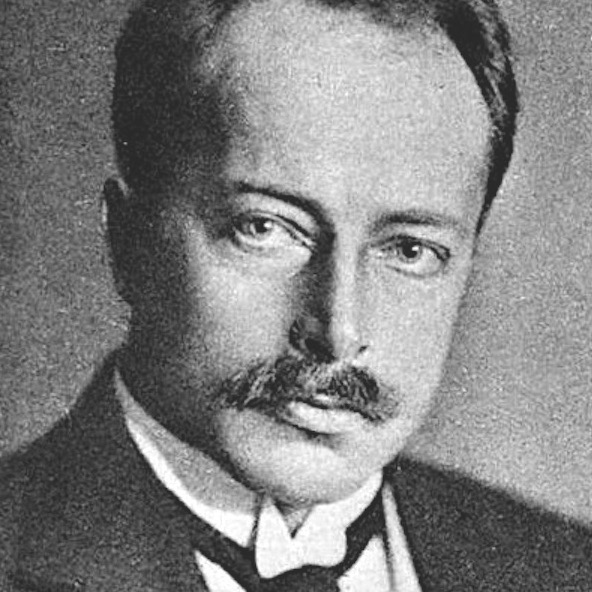
Max von Laue (9 October 1879 - 24 April 1960) was a German physicist who received the Nobel Prize in Physics in 1914 for his discovery of the diffraction of X-rays by crystals. A strong objector to Nazism, he was instrumental in re-establishing and organizing German science after World War II.
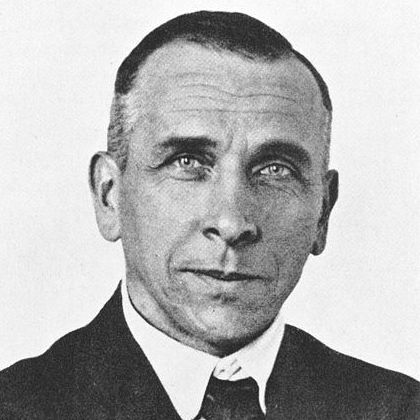
Alfred Wegener (1 November 1880 - November 1930) was a German polar researcher, geophysicist and meteorologist. During his lifetime he was primarily known for his achievements in meteorology and as a pioneer of polar research, but today he is most remembered as the originator of the theory of continental drift by hypothesizing in 1912 that the continents are slowly drifting around the Earth. The speculation was first put forward by Abraham Ortelius in 1596. The concept was independently and more fully developed by Alfred Wegener in 1912, but his theory was rejected by many for lack of any motive mechanism. Arthur Holmes later proposed mantle convection for that mechanism. The idea of continental drift has since been subsumed by the theory of plate tectonics, which explains that the continents move by riding on plates of the Earth's lithosphere.
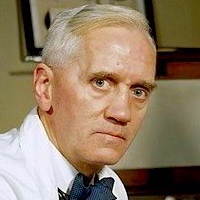
Alexander Fleming (6 August 1881 - 11 March 1955) was a Scottish biologist, physician, microbiologist, and pharmacologist. His best-known discoveries are the enzyme lysozyme in 1923 and the world's first broadly effective antibiotic substance benzylpenicillin (Penicillin G) from the mould Penicillium notatum in 1928, for which he shared the Nobel PPhysiology or Medicine in 1945 with Howard Florey and Ernst Boris Chain. He wrote many articles on bacteriology, immunology, and chemotherapy.
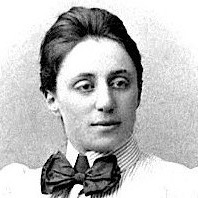
Emmy Noether (23 March 1882 - 14 April 1935) was a German mathematician who made important contributions to abstract algebra and theoretical physics. She invariably used the name "Emmy Noether" in her life and publications. She was described by Pavel Alexandrov, Albert Einstein, Jean Dieudonne, Hermann Weyl and Norbert Wiener as the most important woman in the history of mathematics. She developed the theories of rings, fields, and algebras. In physics, "Noether's theorem" explains the connection between symmetry and conservation laws.
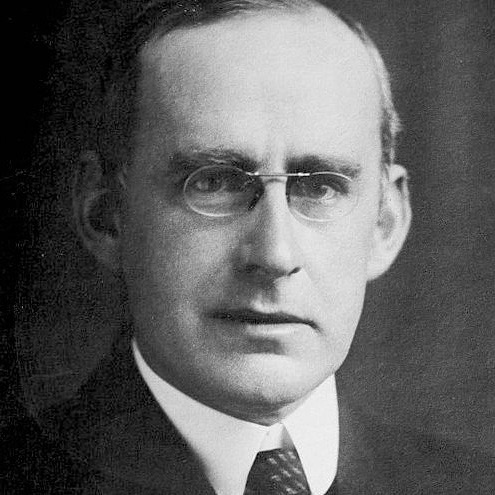
Arthur Eddington (28 December 1882 - 22 November 1944) was an English astronomer, physicist, and mathematician. He was also a philosopher of science and a populariser of science. Around 1920, he anticipated the discovery and mechanism of nuclear fusion processes in stars, in his paper "The Internal Constitution of the Stars".
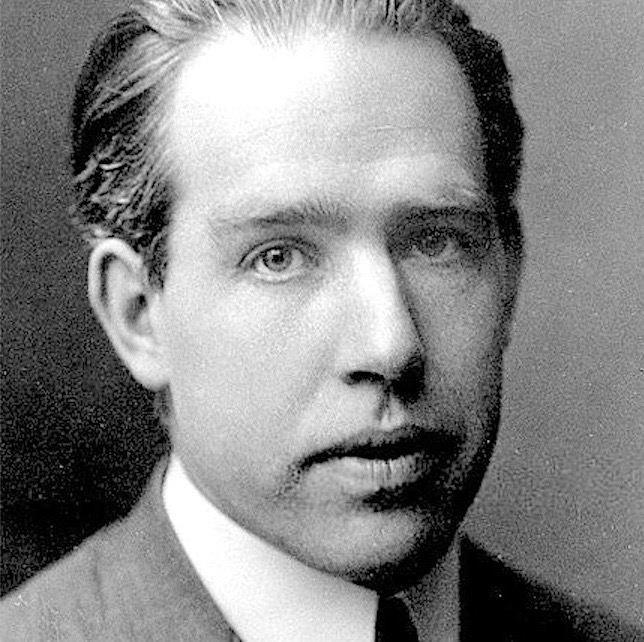
Niels Bohr (7 October 1885 - 18 November 1962) was a Danish physicist who made foundational contributions to understanding atomic structure and quantum theory, for which he received the Nobel Prize in Physics in 1922. Bohr was also a philosopher and a promoter of scientific research.
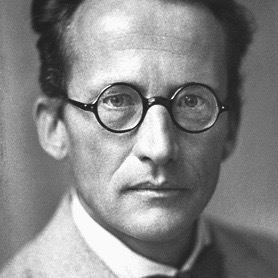
Erwin Schrodinger (12 August 1887 - 4 January 1961) was a Nobel Prize-winning Austrian-Irish physicist who developed a number of fundamental results in quantum theory. The Schrodinger equation, postulated in 1925, is a linear partial differential equation that describes the wave function or state function of a quantum-mechanical system. It is a key result in quantum mechanics, and its discovery was a significant landmark in the development of the subject. The Schrodinger equation provides a way to calculate the wave function of a system and how it changes dynamically in time.
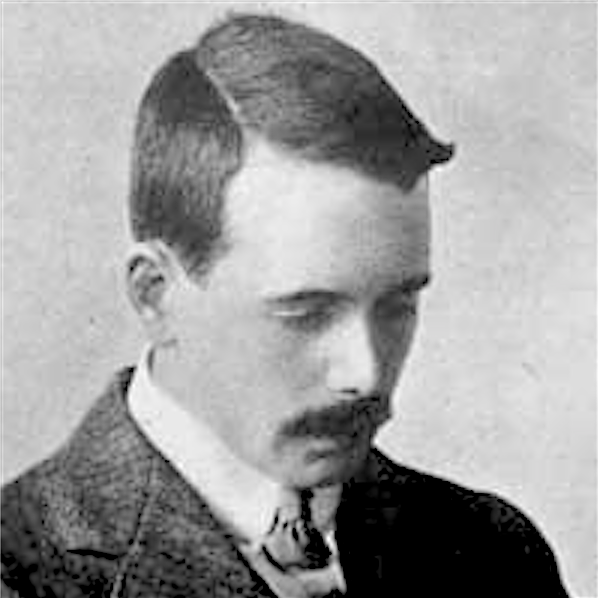
Henry Moseley (23 November 1887 - 10 August 1915) was an English physicist, whose contribution to the science of physics was the justification from physical laws of the previous empirical and chemical concept of the atomic number. Moseley's law advanced atomic physics, nuclear physics and quantum physics by providing the first experimental evidence in favour of Niels Bohr's theory, aside from the hydrogen atom spectrum which the Bohr theory was designed to reproduce.
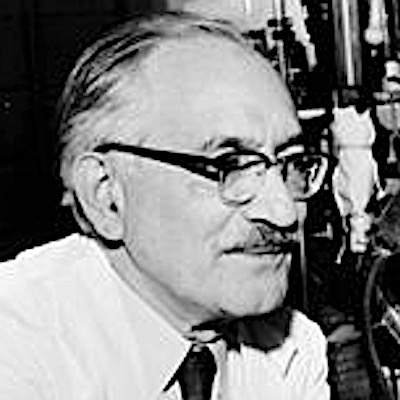
Selman Waksman (July 22, 1888 - August 16, 1973) was a Ukrainian-born, Jewish-American inventor, biochemist and microbiologist whose research into the decomposition of organisms that live in soil enabled the discovery of streptomycin and several other antibiotics. A professor of biochemistry and microbiology at Rutgers University for four decades, he discovered a number of antibiotics (and introduced the modern sense of that word to name them), and he introduced procedures that have led to the development of many others. The proceeds earned from the licensing of his patents funded a foundation for microbiological research, which established the Waksman Institute of Microbiology located on Rutgers University's Busch Campus in Piscataway, New Jersey (USA). In 1952, he was awarded the Nobel Prize in Physiology or Medicine for "ingenious, systematic and successful studies of the soil microbes that led to the discovery of streptomycin." Waksman and his foundation later were sued by Albert Schatz, one of his PhD students and first discoverer of streptomycin, for minimizing Schatz's role in the discovery of streptomycin.
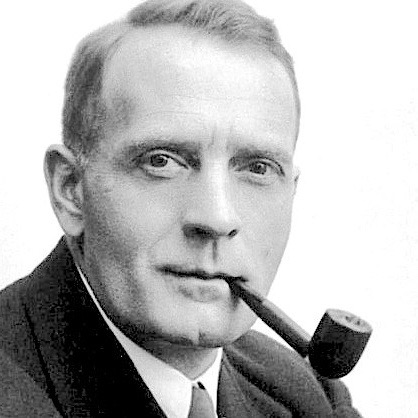
Edwin Hubble (November 20, 1889 - September 28, 1953) was an American astronomer. He played a crucial role in establishing the fields of extragalactic astronomy and observational cosmology. Until the early 1920s, most astronomers thought that the Milky Way contained all the stars in the Universe. Hubble's law, also known as the Hubble-Lemaitre law, is the observation in physical cosmology that galaxies are moving away from the Earth at velocities proportional to their distance. Hubble's law is considered the first observational basis for the expansion of the universe and today serves as one of the pieces of evidence most often cited in support of the Big Bang model. Although widely attributed to Edwin Hubble, the notion of the universe expanding at a calculable rate was first derived from general relativity equations in 1922 by Alexander Friedmann. In 1924 observations by Hubble showed that the Milky Way is just one of many galaxies. Then Georges Lemaitre, in a 1927 article, independently derived that the universe might be expanding, observed the proportionality between recessional velocity of, and distance to, distant bodies, and suggested an estimated value for the proportionality constant; this constant, when in 1929 Edwin Hubble confirmed the existence of cosmic expansion and determined a more accurate value for it, came to be known as the Hubble constant. Hubble is regarded as one of the most important astronomers of all time.
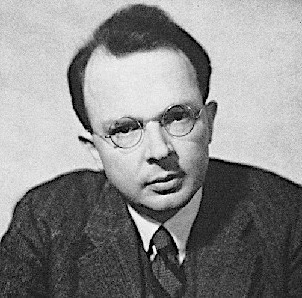
Rudolf Carnap (18 May 1891 - 14 September 1970) was a German-language philosopher who was active in Europe before 1935 and in the United States thereafter. He was a major member of the Vienna Circle and an advocate of logical positivism. Logical positivism, later called logical empiricism, and both of which together are also known as neopositivism, was a movement in Western philosophy whose central thesis was the verification principle (also known as the verifiability criterion of meaning). This theory of knowledge asserted that only statements verifiable through direct observation or logical proof are meaningful in terms of conveying truth value, information or factual content. Rudolf Carnap is considered "one of the giants among twentieth-century philosophers." Main interests: Logic, Epistemology, Philosophy of Science, Semantics.
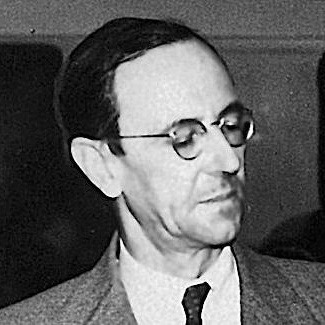
James Chadwick (20 October 1891 - 24 July 1974) was a British physicist who was awarded the 1935 Nobel Prize in Physics for his 1932 discovery of the neutron. In 1941, he wrote the final draft of the MAUD Report, which inspired the U.S. government to begin serious atomic bomb research efforts. He was the head of the British team that worked on the Manhattan Project during World War II. He was knighted in Britain in 1945 for his achievements in physics.
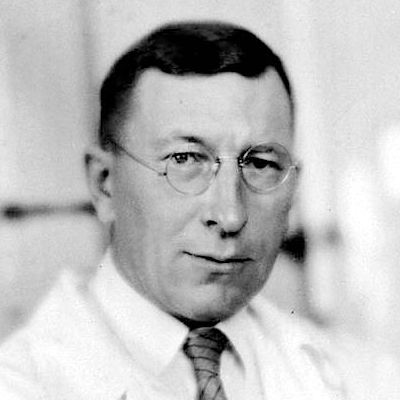
Frederick Banting (November 14, 1891 - February 21, 1941) was a Canadian medical scientist, physician, painter, and Nobel laureate noted as the co-discoverer; with Charles Best, James Collip, John Macleod; of insulin and its therapeutic potential. As of November 2018, Banting, who received the Nobel Prize at age 32, remains the youngest Nobel laureate in the area of Physiology/Medicine. Frederick Banting and Charles Herbert Best, working in the labaratory of J.J.R. Macleod at the University of Toronto, were the first to discover and isolate insulin, the first peptide hormone, from dog pancreas in 1921. In 1922 January James Collip completely eliminated the glycosuria that was typical of diabetes without causing any obvious side-effects. Macleod and Banting were particularly reluctant to patent their process for insulin on grounds of medical ethics. However, concerns remained that a private third-party would hijack and monopolize the research (as Eli Lilly and Company had hinted). On April 12, Banting, Best, Collip, Macleod, and John G. FitzGerald, director of the non-commercial public health institution Connaught Laboratories, wrote jointly to the president of the University of Toronto with the aim of assigning a patent to the Board of Governors. The assignment was completed on 15 January 1923, for the token payment of $1.00. The arrangement was congratulated in The World's Work in 1923 as "a step forward in medical ethics".
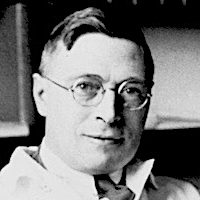
James Collip (November 20, 1892 - June 19, 1965) was a Canadian biochemist who was part of the Toronto group that isolated and produced insulin. In January 1922, after a patient suffered a severe allergic reaction to an injection of insulin, Collip achieved the goal of preparing a pancreatic extract pure enough for him to recover and to use in clinical trials. Frederick Banting and Charles Herbert Best, working in the labaratory of J.J.R. Macleod at the University of Toronto, were the first to discover and isolate insulin, the first peptide hormone, from dog pancreas in 1921. In 1922 January James Collip completely eliminated the glycosuria that was typical of diabetes without causing any obvious side-effects. Macleod and Banting were particularly reluctant to patent their process for insulin on grounds of medical ethics. However, concerns remained that a private third-party would hijack and monopolize the research (as Eli Lilly and Company had hinted). On April 12, Banting, Best, Collip, Macleod, and John G. FitzGerald, director of the non-commercial public health institution Connaught Laboratories, wrote jointly to the president of the University of Toronto with the aim of assigning a patent to the Board of Governors. The assignment was completed on 15 January 1923, for the token payment of $1.00. The arrangement was congratulated in The World's Work in 1923 as "a step forward in medical ethics".
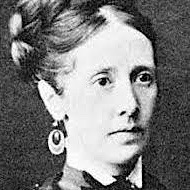
Frieda S. Robscheit-Robbins (8 June 1893 - 18 December 1973) was a German-born American pathologist who worked with George Hoyt Whipple conducting research into the use of liver tissue in treatment of pernicious anaemia, and co-authoring 21 papers between 1925 and 1930. Whipple received a Nobel Prize in 1934 in recognition of this work but Robscheit-Robbins did not. Whipple nevertheless shared the prize money with Robscheit-Robbins. Had Robscheit-Robbins won the Nobel Prize alongside Whipple, she would have been the second woman ever to win, after Marie Curie, and the first woman in American. But no...
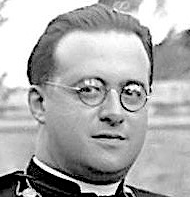
Georges Lemaitre (17 July 1894 - 20 June 1966) was a Belgian priest, mathematician, astronomer, and professor of physics at the Catholic University of Louvain. He was the first to identify that the recession of nearby galaxies can be explained by a theory of an expanding universe, which was observationally confirmed soon afterwards by Edwin Hubble. He was the first to derive what is now known as Hubble's law, or the Hubble-Lemaitre law, and made the first estimation of what is now called the Hubble constant, which he published in 1927, two years before Hubble's article. Lemaitre also proposed what later became known as the "Big Bang theory", initially calling it the "hypothesis of the primeval atom". The Big Bang theory is a cosmological model of the observable universe from the earliest known periods through its subsequent large-scale evolution. The model describes how the universe expanded from an initial state of very high density and high temperature, and offers a comprehensive explanation for a broad range of observed phenomena, including the abundance of light elements, the cosmic microwave background (CMB) radiation, large-scale structure, and Hubble's law - the farther away galaxies are, the faster they are moving away from Earth. Georges Lemaitre first noted in 1927 that an expanding universe could be traced back in time to an originating single point, calling his theory that of the "primeval atom". For much of the rest of the 20th century scientific community was divided between supporters of the Big Bang and the rival steady-state model, but a wide range of empirical evidence has strongly favored the Big Bang, which is now universally accepted.
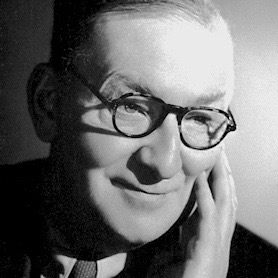
John Cockcroft (27 May 1897 - 18 September 1967) was a British physicist who shared with Ernest Walton the Nobel Prize in Physics in 1951 for splitting the atomic nucleus, and was instrumental in the development of nuclear power. In nuclear physics and nuclear chemistry, nuclear fission is a nuclear reaction or a radioactive decay process in which the nucleus of an atom splits into two or more smaller, lighter nuclei. In 1932, the first fully artificial nuclear reaction and nuclear transmutation was achieved by Ernest Walton and John Cockcroft, who used artificially accelerated protons against lithium-7 to split its nucleus into two alpha particles.
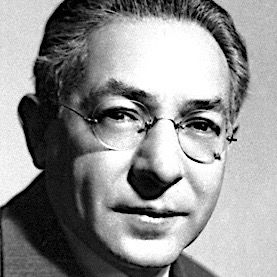
Isidor Isaac Rabi (July 29, 1898 - January 11, 1988) was an American physicist who won the Nobel Prize in Physics in 1944 for his discovery of nuclear magnetic resonance, which is used in magnetic resonance imaging. He was also one of the first scientists in the United States to work on the cavity magnetron, which is used in microwave radar and microwave ovens.
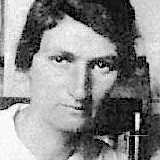
Hilde Mangold (20 October 1898 - 4 September 1924) was a German embryologist who was best known for her 1923 dissertation which was the foundation for her mentor, Hans Spemann's, 1935 Nobel Prize in Physiology or Medicine for the discovery of the embryonic organizer, "one of the very few doctoral theses in biology that have directly resulted in the awarding of a Nobel Prize". The general effect she demonstrated is known as embryonic induction, that is, the capacity of some cells to direct the developmental trajectory of other cells. Induction remains a fundamental concept and area of ongoing research in the field.
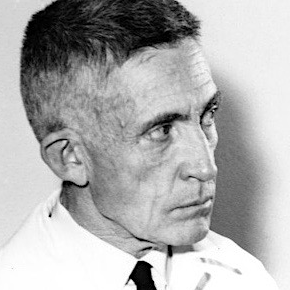
Clive McCay (1898 -1967) was an American biochemist, nutritionist, gerontologist, and professor of animal husbandry. He is best known for his work in proving that caloric restriction increases the life span of rats, which is seen as seminal in triggering further research and experiments in the field of nutrition and longevity.
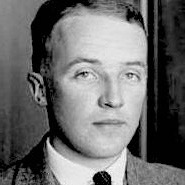
Charles Best (February 27, 1899 - March 31, 1978) was an American-Canadian medical scientist. Frederick Banting and Charles Herbert Best, a 22-year-old medical student, working in the labaratory of J.J.R. Macleod at the University of Toronto, were the first to isolate insulin, the first peptide hormone, from dog pancreas in 1921. In 1922 January James Collip completely eliminated the glycosuria that was typical of diabetes without causing any obvious side-effects. Macleod and Banting were particularly reluctant to patent their process for insulin on grounds of medical ethics. However, concerns remained that a private third-party would hijack and monopolize the research (as Eli Lilly and Company had hinted). On April 12, Banting, Best, Collip, Macleod, and John G. FitzGerald, director of the non-commercial public health institution Connaught Laboratories, wrote jointly to the president of the University of Toronto with the aim of assigning a patent to the Board of Governors. The assignment was completed on 15 January 1923, for the token payment of $1.00. The arrangement was congratulated in The World's Work in 1923 as "a step forward in medical ethics".
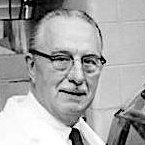
George Otto Gey (July 6, 1899 - November 8, 1970) was the cell biologist at Johns Hopkins Hospital who is credited with propagating the first cancer cell line, HeLa. In 1951 Gey isolated the cells taken from a cervical tumor. These cells proved to be very unusual in that they could grow in culture medium that was constantly stirred, did not need a glass surface to grow, and therefore had no space limit. Gey realized the longevity and hardiness of the HeLa cells and began sharing them with scientists all over the world. The cells were used in the development of the polio vaccine, lead to the first clone of a human cell, helped in the discovery that humans have 46 chromosomes, and were used to develop in vitro fertilization.
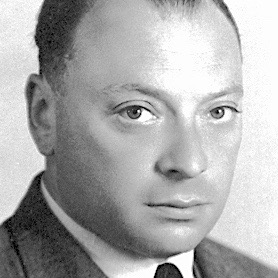
Wolfgang Pauli (25 April 1900 - 15 December 1958) was an Austrian (and later American/Swiss) theoretical physicist and one of the pioneers of quantum physics. The Pauli exclusion principle is the quantum mechanical principle which states that two or more identical fermions (particles with half-integer spin) cannot occupy the same quantum state within a quantum system simultaneously. Pauli formulated this principle in 1925 for electrons, and later extended to all fermions with his spin-statistics theorem of 1940. The discovery involved spin theory, which is the basis of a theory of the structure of matter. In 1945, after having been nominated by Albert Einstein, Pauli received the Nobel Prize in Physics for his "decisive contribution through his discovery of a new law of Nature, the exclusion principle or Pauli principle".
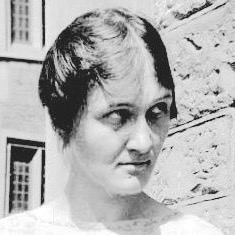
Cecilia Payne-Gaposchkin (May 10, 1900 - December 7, 1979) was a British-born American astronomer and astrophysicist who proposed in her 1925 doctoral thesis that stars were composed primarily of hydrogen and helium, and that hydrogen is the most abundant element in the Universe. Independent observations eventually proved she was correct.
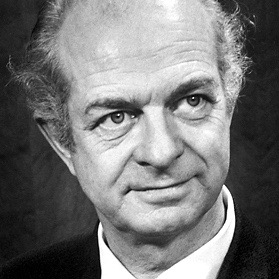
Linus Pauling (February 28, 1901 - August 19, 1994) was an American chemist, biochemist, chemical engineer, peace activist, author, and educator. He published more than 1,200 papers and books, of which about 850 dealt with scientific topics. New Scientist called him one of the 20 greatest scientists of all time, and as of 2000, he was rated the 16th most important scientist in history. For his scientific work, Pauling was awarded the Nobel Prize in Chemistry in 1954. For his peace activism, he was awarded the Nobel Peace Prize in 1962. He is one of four individuals to have won more than one Nobel Prize (the others being Marie Curie, John Bardeen and Frederick Sanger). Of these, he is the only person to have been awarded two unshared Nobel Prizes, and one of two people to be awarded Nobel Prizes in different fields, the other being Marie Curie. He was married to the American human rights activist Ava Helen Pauling.
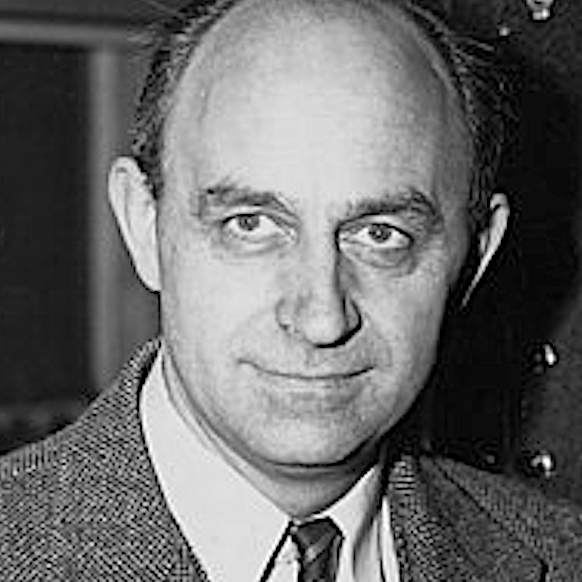
Enrico Fermi (29 September 1901 - 28 November 1954) was an Italian (later naturalized American) physicist and the creator of the world's first nuclear reactor, the Chicago Pile-1. He has been called the "architect of the nuclear age" and the "architect of the atomic bomb". He was one of very few physicists to excel in both theoretical physics and experimental physics. Fermi held several patents related to the use of nuclear power, and was awarded the 1938 Nobel Prize in Physics for his work on induced radioactivity by neutron bombardment and for the discovery of transuranium elements. He made significant contributions to the development of statistical mechanics, quantum theory, and nuclear and particle physics.
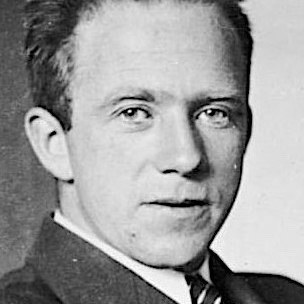
Werner Heisenberg (5 December 1901 - 1 February 1976) was a German theoretical physicist and one of the key pioneers of quantum mechanics. He published his work in 1925 in a breakthrough paper. In the subsequent series of papers with Max Born and Pascual Jordan, during the same year, this matrix formulation of quantum mechanics was substantially elaborated. He is known for the uncertainty principle, which he published in 1927. In quantum mechanics, the uncertainty principle (also known as Heisenberg's uncertainty principle) is any of a variety of mathematical inequalities asserting a fundamental limit to the accuracy with which the values for certain pairs of physical quantities of a particle, such as position, x, and momentum, p, can be predicted from initial conditions. Heisenberg was awarded the 1932 Nobel Prize in Physics "for the creation of quantum mechanics".
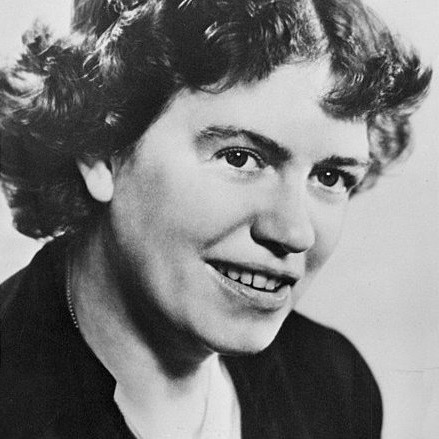
Margaret Mead (December 16, 1901 - November 15, 1978) was an American cultural anthropologist who featured frequently as an author and speaker in the mass media during the 1960s and 1970s. She earned her bachelor's degree at Barnard College in New York City and her MA and PhD degrees from Columbia University. Mead served as President of the American Association for the Advancement of Science in 1975. Mead was a communicator of anthropology in modern American and Western culture and was often controversial as an academic. Her reports detailing the attitudes towards sex in South Pacific and Southeast Asian traditional cultures influenced the 1960s sexual revolution. She was a proponent of broadening sexual conventions within the context of Western cultural traditions.
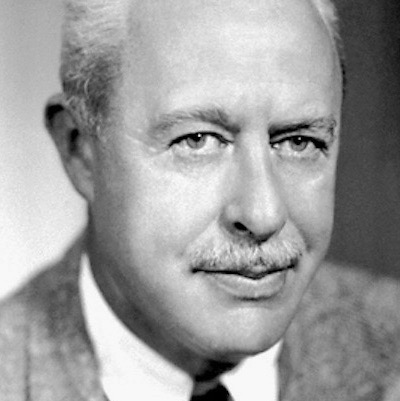
Walter Houser Brattain (February 10, 1902 - October 13, 1987) was an American physicist at Bell Labs who, along with fellow scientists John Bardeen and William Shockley, invented the point-contact transistor in December 1947. The point-contact transistor was the first type of transistor to be successfully demonstrated. Brattain, Bardeen, and lead by Shockley, had been working together on experiments and theories of electric field effects in solid state materials, with the aim of replacing vacuum tubes with a smaller device that consumed less power. They shared the 1956 Nobel Prize in Physics for their invention.
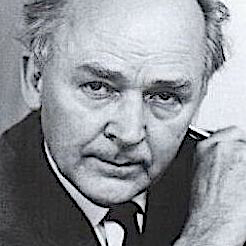
Fritz Strassmann (22 February 1902 - 22 April 1980) was a German chemist who, with Otto Hahn in early 1939, identified the element barium as a product of the bombardment of uranium with neutrons. Their observation was the key piece of evidence necessary to identify the previously unknown phenomenon of nuclear fission of heavy nuclei, as was subsequently recognized and published by Lise Meitner and Otto Frisch.
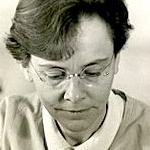
Barbara McClintock (June 16, 1902 - September 2, 1992) was an American scientist and cytogeneticist who was awarded the 1983 Nobel Prize in Physiology or Medicine. She developed the technique for visualizing maize chromosomes and used microscopic analysis to demonstrate many fundamental genetic ideas. She produced the first genetic map for maize, linking regions of the chromosome to physical traits. She demonstrated the role of the telomere and centromere, regions of the chromosome that are important in the conservation of genetic information.
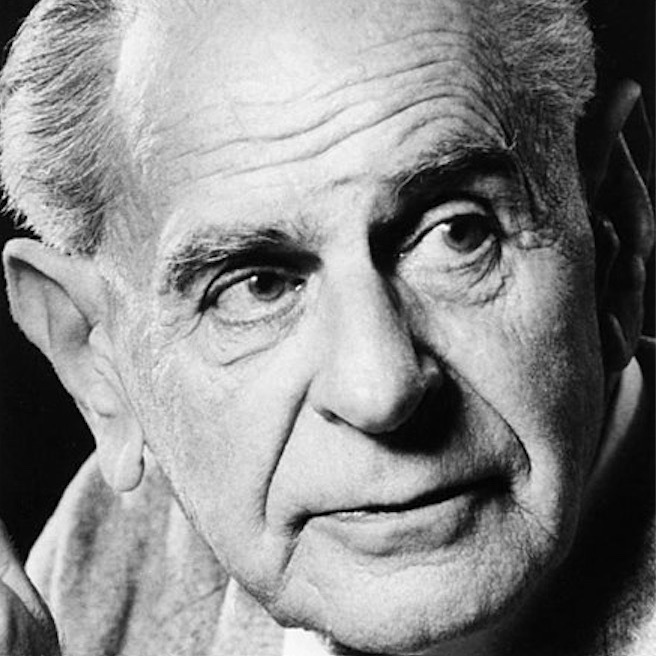
Karl Popper (28 July 1902 - 17 September 1994) was an Austrian-British philosopher, academic and social commentator. One of the 20th century's most influential philosophers of science, Popper is known for his rejection of the classical inductivist views on the scientific method in favour of empirical falsification. According to Popper, a theory in the empirical sciences can never be proven, but it can be falsified, meaning that it can (and should) be scrutinised with decisive experiments. Popper was opposed to the classical justificationist account of knowledge, which he replaced with critical rationalism, namely "the first non-justificational philosophy of criticism in the history of philosophy". In political discourse, he is known for his vigorous defence of liberal democracy and the principles of social criticism that he believed made a flourishing open society possible. His political philosophy embraced ideas from major democratic political ideologies, including socialism/social democracy, libertarianism/classical liberalism and conservatism, and attempted to reconcile them.
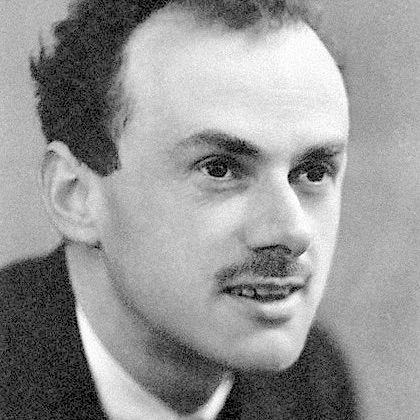
Paul Dirac (8 August 1902 - 20 October 1984) was an English theoretical physicist who is regarded as one of the most significant physicists of the 20th century. Dirac made fundamental contributions to the early development of both quantum mechanics and quantum electrodynamics. Among other discoveries, he formulated the Dirac equation (1928) which describes the behaviour of fermions and predicted the existence of antimatter. Dirac shared the 1933 Nobel Prize in Physics with Erwin Schrödinger "for the discovery of new productive forms of atomic theory". He also made significant contributions to the reconciliation of general relativity with quantum mechanics.
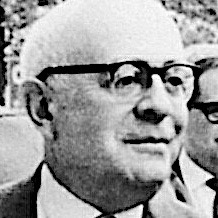
Theodor W. Adorno (September 11, 1903 - August 6, 1969) was a German philosopher, sociologist, psychologist, musicologist, and composer known for his critical theory of society. He was a leading member of the Frankfurt School of critical theory for which the works of Freud, Marx, and Hegel were essential to a critique of modern society. As a critic of both fascism and what he called the culture industry, his writings strongly influenced the European New Left.
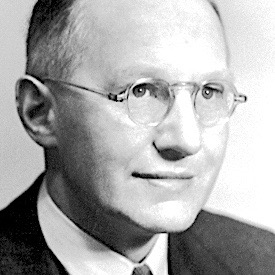
Ernest Walton (6 October 1903 - 25 June 1995) was an Irish physicist and Nobel laureate for his work with John Cockcroft with "atom-smashing" experiments. In nuclear physics and nuclear chemistry, nuclear fission is a nuclear reaction or a radioactive decay process in which the nucleus of an atom splits into two or more smaller, lighter nuclei. In 1932, the first fully artificial nuclear reaction and nuclear transmutation was achieved by Ernest Walton and John Cockcroft, who used artificially accelerated protons against lithium-7, proton bombardment, to split this nucleus into two alpha particles.
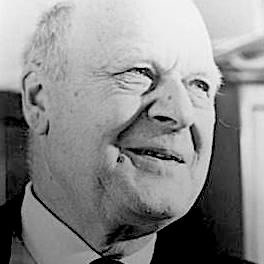
Lars Onsager (November 27, 1903 - October 5, 1976) was a Norwegian-born American physical chemist and theoretical physicist. His research at Brown was concerned mainly with the effects on diffusion of temperature gradients, and produced the Onsager reciprocal relations, a set of equations that were a potential fourth law of thermodynamics, published in 1929 and, in an expanded form, in 1931, in statistical mechanics whose importance went unrecognized for many years. However, their value became apparent during the decades following World War II, and by 1968 they were considered important enough to gain Onsager that year's Nobel Prize in Chemistry.
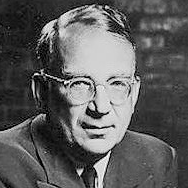
George Gamow (March 4, 1904 - August 19, 1968), born Georgiy Antonovich Gamov, was a Soviet-American theoretical physicist and cosmologist. He was an early advocate and developer of Georges Lemaitre's Big Bang theory. Gamow discovered a theoretical explanation of alpha decay by quantum tunneling, invented the liquid drop model and the first mathematical model of the atomic nucleus, and worked on radioactive decay, star formation, stellar nucleosynthesis and Big Bang nucleosynthesis (which he collectively called nucleocosmogenesis), and molecular genetics.
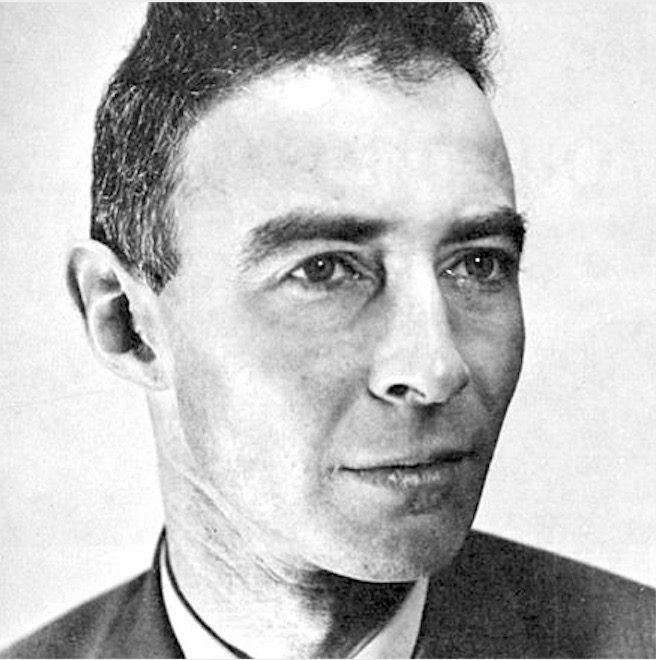
J. Robert Oppenheimer (April 22, 1904 - February 18, 1967) was an American theoretical physicist and professor of physics at the University of California, Berkeley. Oppenheimer was the wartime head of the Los Alamos Laboratory and is among those who are credited with being the "father of the atomic bomb" for their role in the Manhattan Project, the World War II undertaking that developed the first nuclear weapons. The first atomic bomb was successfully detonated on July 16, 1945, in the Trinity test in New Mexico. Oppenheimer later remarked that it brought to mind words from the Bhagavad Gita: "Now I am become Death, the destroyer of worlds." In August 1945, the weapons were used in the atomic bombings of Hiroshima and Nagasaki.
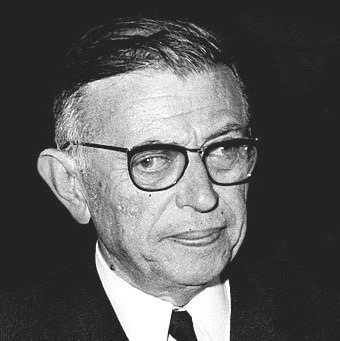
Jean-Paul Sartre (21 June 1905 - 15 April 1980) was a French philosopher, playwright, novelist, screenwriter, political activist, biographer, and literary critic. He was one of the key figures in the philosophy of existentialism and phenomenology, and one of the leading figures in 20th-century French philosophy and Marxism. His work has also influenced sociology, critical theory, post-colonial theory, and literary studies, and continues to influence these disciplines. Sartre was also noted for his open relationship with prominent feminist and fellow existentialist philosopher and writer Simone de Beauvoir. Together, Sartre and de Beauvoir challenged the cultural and social assumptions and expectations of their upbringings, which they considered bourgeois, in both lifestyle and thought. The conflict between oppressive, spiritually destructive conformity and an "authentic" way of "being" became the dominant theme of Sartre's early work, a theme embodied in his principal philosophical work Being and Nothingness (L'Être et le Néant, 1943). Sartre's introduction to his philosophy is his work Existentialism Is a Humanism (L'existentialisme est un humanisme, 1946), originally presented as a lecture. He was awarded the 1964 Nobel Prize in Literature despite attempting to refuse it, saying that he always declined official honours and that "a writer should not allow himself to be turned into an institution."
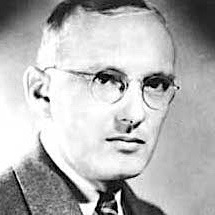
Karl Guthe Jansky (October 22, 1905 - February 14, 1950) was an American physicist and radio engineer who in August 1931 first discovered radio waves emanating from the Milky Way (the first astronomical radio source, Sagittarius A). He is considered one of the founding figures of radio astronomy.
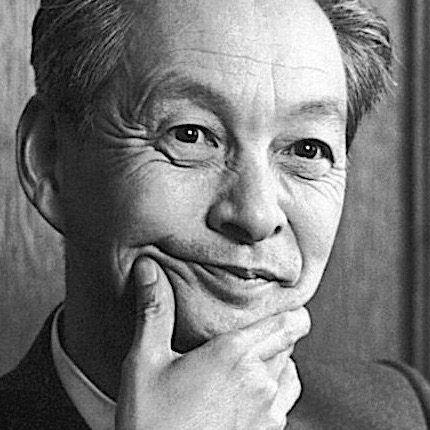
Sin-Itiro Tomonaga (March 31, 1906 - July 8, 1979) was a Japanese physicist, influential in the 1948 development of quantum electrodynamics, work for which he was jointly awarded the Nobel Prize in Physics in 1965 along with Richard Feynman and Julian Schwinger.
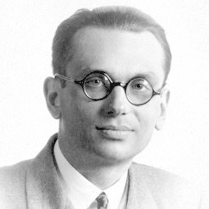
Kurt Gödel (April 28, 1906 - January 14, 1978) was a German-Austrian logician, mathematician, and analytic philosopher. Considered along with Aristotle and Gottlob Frege to be one of the most significant logicians in history, Gödel had an immense effect upon scientific and philosophical thinking in the 20th century, a time when others such as Bertrand Russell, Alfred North Whitehead, and David Hilbert were analyzing the use of logic and set theory to understand the foundations of mathematics pioneered by Georg Cantor. Gödel's incompleteness theorems are two theorems of mathematical logic that demonstrate the inherent limitations of every formal axiomatic system capable of modelling basic arithmetic. These results, published in 1931, are important both in mathematical logic and in the philosophy of mathematics. The theorems are widely, but not universally, interpreted as showing that Hilbert's program to find a complete and consistent set of axioms for all mathematics is impossible.
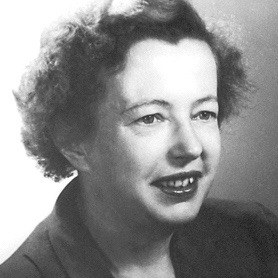
Maria Goeppert Mayer (June 28, 1906 - February 20, 1972) was a German-born American theoretical physicist, and Nobel laureate in Physics for proposing the nuclear shell model of the atomic nucleus. She was the second woman to win a Nobel Prize in physics, the first being Marie Curie. In 1986, the Maria Goeppert-Mayer Award for early-career women physicists was established in her honor.
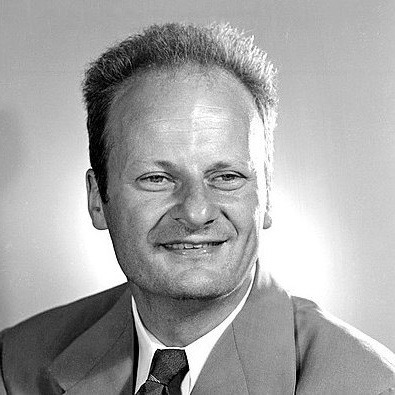
Hans Bethe (July 2, 1906 - March 6, 2005) was a German-American nuclear physicist who made important contributions to astrophysics, quantum electrodynamics and solid-state physics, and won the 1967 Nobel Prize in Physics for his work on the theory of stellar nucleosynthesis.
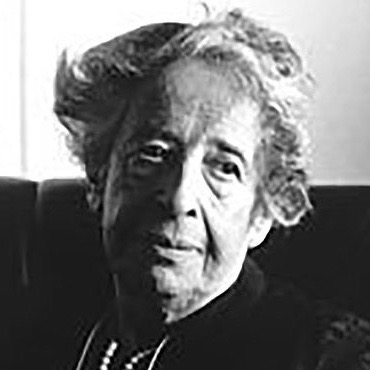
Hannah Arendt (1906 October 14 - 1975 December 4) was a German-born American political theorist. Her many books and articles have had a lasting influence on political theory and philosophy. Arendt is widely considered one of the most important political thinkers of the 20th century.
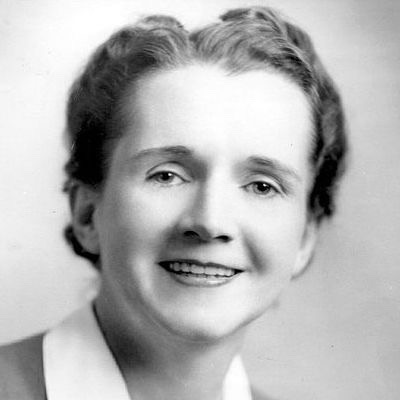
Rachel Carson (May 27, 1907 - April 14, 1964) was an American marine biologist, author, and conservationist whose book Silent Spring and other writings are credited with advancing the global environmental movement.
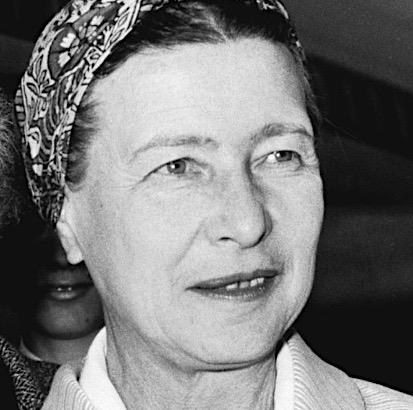
Simonede Beauvoir (9 January 1908 - 14 April 1986) was a French writer, intellectual, existentialist philosopher, political activist, feminist, and social theorist. She had a significant influence on both feminist existentialism and feminist theory. She was known for her novels and her 1949 treatise The Second Sex, a detailed analysis of women's oppression and a foundational tract of contemporary feminism.
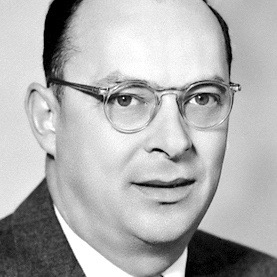
John Bardeen (May 23, 1908 - January 30, 1991) was an American physicist. He is the only person to be awarded the Nobel Prize in Physics twice: first in 1956 with William Shockley and Walter Brattain for the 1947 invention of the transistor; and again in 1972 with Leon N Cooper and John Robert Schrieffer for a fundamental theory of conventional superconductivity known as the BCES theory. The transistor revolutionized the electronics industry, making possible the development of almost every modern electronic device, from telephones to computers, and ushering in the Information Age. Bardeen's developments in superconductivity—for which he was awarded his second Nobel Prize—are used in nuclear magnetic resonance spectroscopy (NMR) and medical magnetic resonance imaging (MRI).
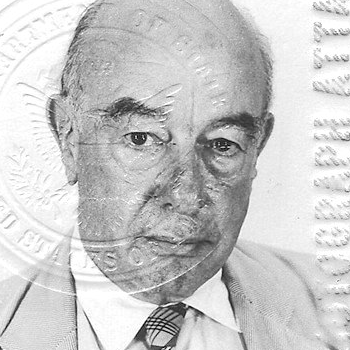
Willard Van Orman Quine (June 25, 1908 - December 25, 2000) was an American philosopher and logician in the analytic tradition, recognized as "one of the most influential philosophers of the twentieth century." Quine was a teacher of logic and set theory, and famous for his position that first order logic is the only kind worthy of the name. He developed his own system of mathematics and set theory known as New Foundations.
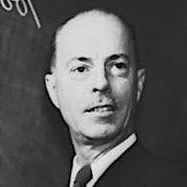
Colin Munro MacLeod (January 28, 1909 - February 11, 1972) was a Canadian-American geneticist. He is best known for the experiment (published in 1944 with his co-workers Osward Avery and Maclyn McCarty) that isolated DNA as the material of which genes and chromosomes are made.
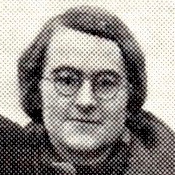
Beatrice Shilling (8 March 1909 - 18 November 1990) was a British aeronautical engineer and amateur racing driver. During the Second World War, she designed and developed "Miss Shilling's orifice" to restrict fuel flow to the carburettor of the Rolls-Royce Merlin engines in the Hawker Hurricane and Supermarine Spitfire fighters.
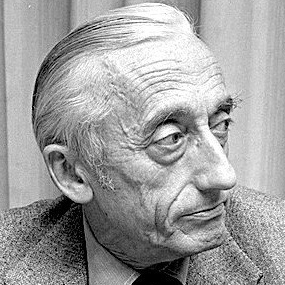
Jacques Cousteau (11 June 1910 - 25 June 1997) was a French naval officer, explorer, conservationist, filmmaker, innovator, scientist, photographer, author and researcher who studied the sea and all forms of life in water. He co-developed the Aqua-Lung (the first open-circuit, self-contained underwater breathing apparatus or "scuba" to achieve worldwide popularity and commercial success), pioneered marine conservation and was a member of the Academie francaise. He became a household name after a meeting with American television companies (ABCE, Métromédia, NBCE) created the "personalized adventure" style series The Undersea World of Jacques Cousteau. This documentary television series ran for ten years from 1966 to 1976. In his lifetime Cousteau was awarded the Cross of War 1939-1945 (1945), National Geographic Society's Special Gold Medal (1961), Commander of the Legion of Honour (1972), Officer of the Order of Maritime Merit (1980), Grand Cross of the National Order of Merit (1985), U.S. Presidential Medal of Freedom (1985), Induction into the Television Hall of Fame (1987), Commander of the Order of Arts and Letters, Honorary Companion of the Order of Australia (1990), and the Omicron Delta Kappa (1996).
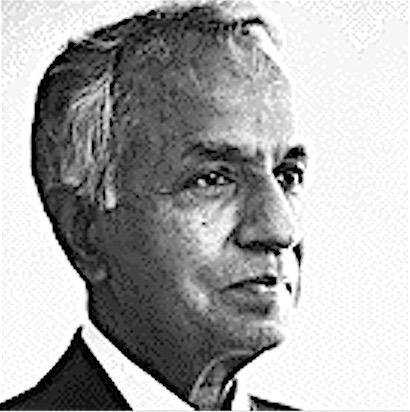
Subrahmanyan Chandrasekhar (19 October 1910 - 21 August 1995) was an Indian-American astrophysicist. He was awarded the 1983 Nobel Prize for Physics with William A. Fowler for "...theoretical studies of the physical processes of importance to the structure and evolution of the stars" or his eponymous limit of the maximum mass of a white dwarf star. His mathematical treatment of stellar evolution yielded many of the current theoretical models of the later evolutionary stages of massive stars and black holes. The Chandrasekhar limit is named after him.
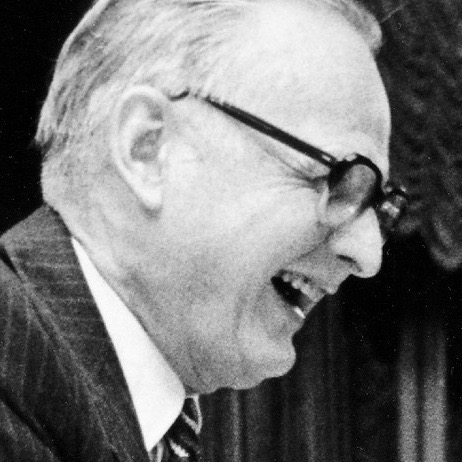
Maclyn McCarty (June 9, 1911 - January 2, 2005) was an American geneticist. He is best known for the experiment (published in 1944 with his co-workers Osward Avery and Colin MacLeod) that isolated DNA as the material of which genes and chromosomes are made.
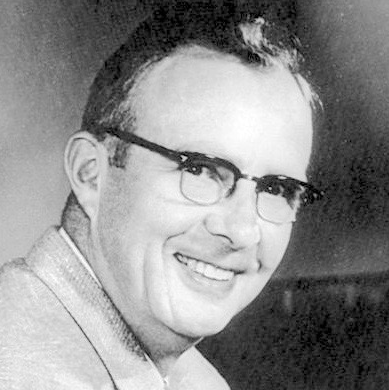
Luis Walter Alvarez (June 13, 1911 - September 1, 1988) was an American experimental physicist, inventor, and professor who was awarded the Nobel Prize in Physics in 1968 for development of the hydrogen bubble chamber enabling discovery of resonance states in particle physics. The American Journal of Physics commented, "Luis Alvarez was one of the most brilliant and productive experimental physicists of the twentieth century."
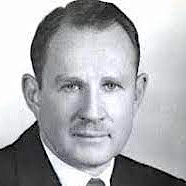
Wilfrid Stalker Sellars (May 20, 1912 - July 2, 1989) was an American philosopher and prominent developer of critical realism who "revolutionized both the content and the method of philosophy in the United States".
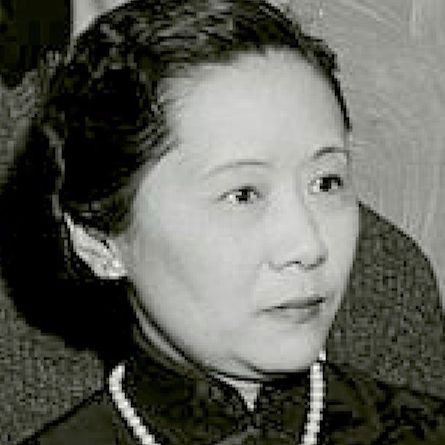
Chien-Shiung Wu (May 31, 1912 - February 16, 1997) was a Chinese-American experimental physicist who worked on the Manhattan Project where she helped develop the process for separating uranium into uranium-235 and uranium-238 isotopes by gaseous diffusion. She is best known for conducting the Wu experiment, which proved that parity is not conserved. This discovery resulted in her colleagues Tsung-Dao Lee and Chen-Ning Yang winning the 1957 Nobel Prize in Physics, while Wu herself was awarded the inaugural Wolf Prize in Physics in 1978.
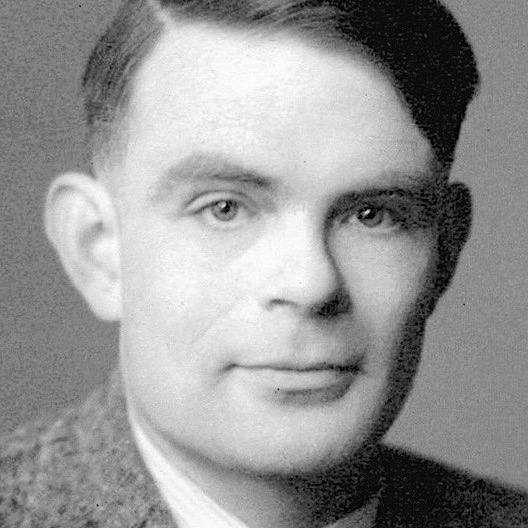
Alan Turing (23 June 1912 - 7 June 1954) was an English mathematician, computer scientist, logician, cryptanalyst, philosopher, and theoretical biologist. Turing was highly influential in the development of theoretical computer science, providing a formalisation of the concepts of algorithm and computation with the Turing machine, which can be considered a model of a general-purpose computer. Turing is widely considered to be the father of theoretical computer science and artificial intelligence. Despite these accomplishments, he was not fully recognised in his home country during his lifetime, due to his homosexuality, and because much of his work was covered by the Official Secrets Act.
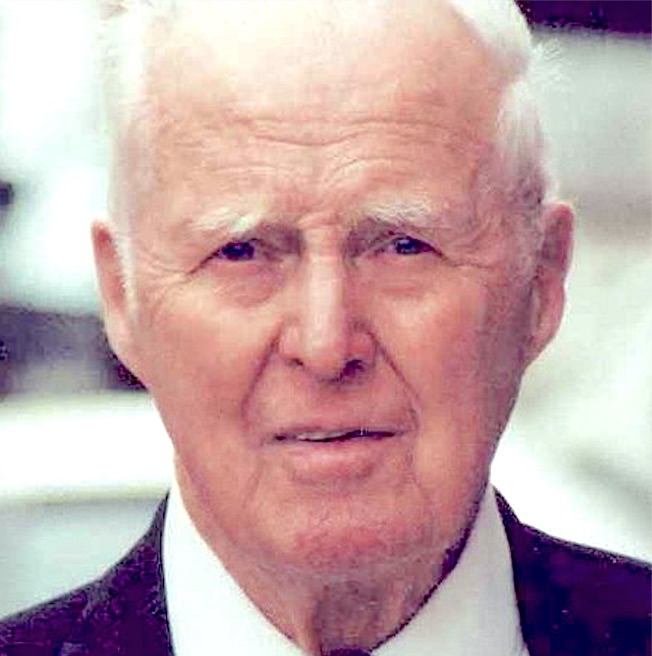
Norman Borlaug (March 25, 1914 - September 12, 2009) was an American agronomist who led initiatives worldwide that contributed to the extensive increases in agricultural production termed the Green Revolution. Borlaug was awarded multiple honors for his work, including the Nobel Peace Prize, the Presidential Medal of Freedom and the Congressional Gold Medal.
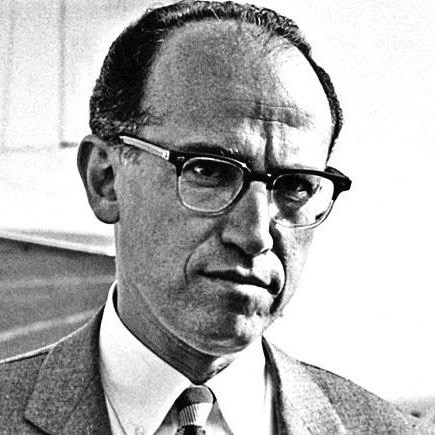
Jonas Salk (October 28, 1914 - June 23, 1995) was an American physician, medical researcher and virologist who developed one of the first successful polio vaccines. He was born in New York City and attended the City College of New York and New York University School of Medicine, later choosing to do medical research instead of becoming a practicing physician. He began an internship as a physician scientist at Mount Sinai Hospital in New York City in 1939. Two years later, he was granted a fellowship at the University of Michigan where he studied flu viruses with his mentor Thomas Francis Jr.
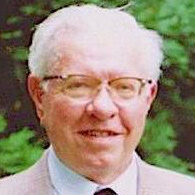
Fred Hoyle (24 June 1915 - 20 August 2001) was an English astronomer who formulated the theory of stellar nucleosynthesis or the creation of chemical elements by nuclear fusion reactions within stars. Stellar nucleosynthesis has occurred since the original creation of hydrogen, helium and lithium during the Big Bang. As a predictive theory, it yields accurate estimates of the observed abundances of the elements. It explains why the observed abundances of elements change over time and why some elements and their isotopes are much more abundant than others.
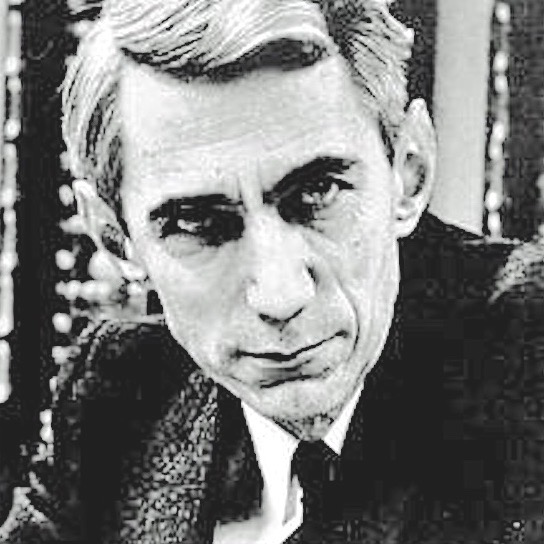
Claude Shannon (April 30, 1916 - February 24, 2001) was an American mathematician, electrical engineer, and cryptographer known as "the father of information theory". His 1948 artial A Mathematical Theory of Communication published in Bell System Technical Journal was renamed The Mathematical Theory of Communication in the 1949 book of the same name.
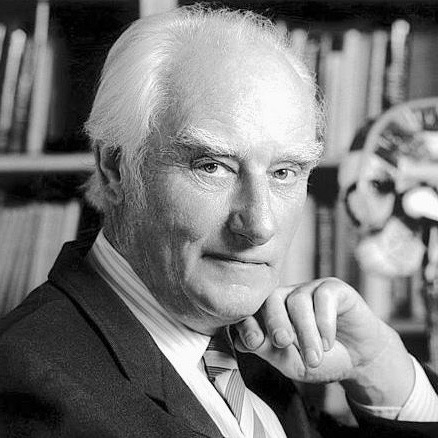
Francis Crick (8 June 1916 - 28 July 2004) was a British molecular biologist, biophysicist, and neuroscientist. He and James Watson were the key researchers in deciphering the helical structure of DNA molecule, the basis for molecular biology. Their paper in Nature in 1953 laid the groundwork for understanding DNA structure and functions. Together with Maurice Wilkins, they were jointly awarded the 1962 Nobel Prize in Physiology or Medicine "for their discoveries concerning the molecular structure of nucleic acids and its significance for information transfer in living material". In subsequent years, it has been recognized that Watson and his colleagues did not properly attribute colleague Rosalind Franklin for her contributions to the discovery of the double helix structure.
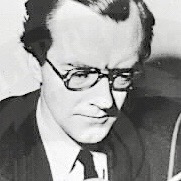
Maurice Wilkins (15 December 1916 - 5 October 2004) was a New Zealand-born British biophysicist and Nobel laureate whose research spanned multiple areas of physics and biophysics, contributing to the scientific understanding of phosphorescence, isotope separation, optical microscopy and X-ray diffraction, and to the development of radar. He is best known for his work at King's College London on the structure of DNA. Wilkins tested, verified, and made significant corrections to the Watson-Crick DNA model and to study the structure of RNA. Wilkins, Crick, and Watson were awarded the 1962 Nobel Prize for Physiology or Medicine, "for their discoveries concerning the molecular structure of nucleic acids and its significance for information transfer in living material." In subsequent years, it has been recognized that Watson and his colleagues did not properly attribute colleague Rosalind Franklin for her contributions to the discovery of the double helix structure.
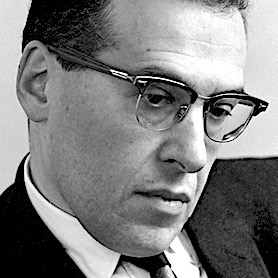
Julian Schwinger (February 12, 1918 - July 16, 1994) was a Nobel Prize winning American theoretical physicist. He is best known (1948) for his work on quantum electrodynamics (QED), in particular for developing a relativistically invariant perturbation theory, and for renormalizing QED to one loop order. Schwinger is recognized as one of the greatest physicists of the twentieth century, responsible for much of modern quantum field theory, including a variational approach, and the equations of motion for quantum fields. He developed the first electroweak model, and the first example of confinement in 1+1 dimensions. He is responsible for the theory of multiple neutrinos, Schwinger terms, and the theory of the spin-3/2 field.
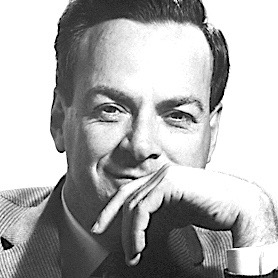
Richard Feynman (May 11, 1918 - February 15, 1988) was an American theoretical physicist, known for his work in the path integral formulation of quantum mechanics, the theory of quantum electrodynamics, and the physics of the superfluidity of supercooled liquid helium, as well as in particle physics for which he proposed the parton model. For contributions to the development of quantum electrodynamics, Feynman received the Nobel Prize in Physics in 1965 jointly with Julian Schwinger and Shin'ichiro Tomonaga.
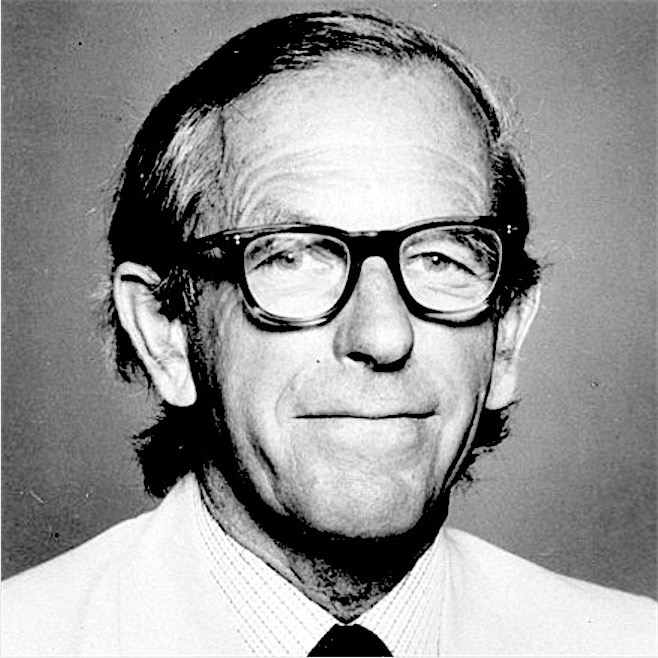
Frederick Sanger (13 August 1918 - 19 November 2013) was a British biochemist who twice won the Nobel Prize in Chemistry, one of only two people to have done so in the same category (the other is John Bardeen in physics), the fourth person overall with two Nobel Prizes, and the third person overall with two Nobel Prizes in the sciences. In 1952 Sanger demonstrated that proteins are sequences of amino acids. In 1958, he was awarded a Nobel Prize in Chemistry "for his work on the structure of proteins, especially that of insulin". In 1977 Sanger and colleagues sequenced the first DNA genome of an organism using Sanger sequencing or a method of DNA sequencing based on the selective incorporation of chain-terminating dideoxynucleotides by DNA polymerase during in vitro DNA replication. Sanger sequencing was the most widely used sequencing method for approximately 40 years. In 1980, Walter Gilbert and Sanger shared half of the chemistry prize "for their contributions concerning the determination of base sequences in nucleic acids". The other half was awarded to Paul Berg "for his fundamental studies of the biochemistry of nucleic acids, with particular regard to recombinant DNA".
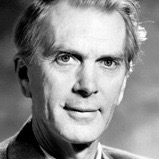
Martin Ryle (27 September 1918 - 14 October 1984) was an English radio astronomer who developed revolutionary radio telescope systems and used them for accurate location and imaging of weak radio sources. He was Astronomer Royal from 1972 to 1982. Ryle and Antony Hewish shared the Nobel Prize for Physics in 1974 for their roles in the discovery of pulsars. It was the first Nobel prize awarded in recognition of astronomical research. (See also Dame Susan Jocelyn Bell Burnell DBE FRS FRSE FRAS FInstP.)
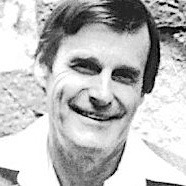
Lawrence Morley (February 19, 1920 - April 22, 2013) was a Canadian geophysicist and remote sensing pioneer. He was best known for his studies on the magnetic properties of ocean crust and their effect on plate tectonics, and for starting the remote sensing program in Canada. The 1963 Vine-Matthews-Morley hypothesis, also known as the Morley-Vine-Matthews hypothesis, was the first key scientific test of the seafloor spreading theory of continental drift and plate tectonics. Its key impact was that it allowed the rates of plate motions at mid-ocean ridges to be computed. It states that the Earth's oceanic crust acts as a recorder of reversals in the geomagnetic field direction as seafloor spreading takes place.
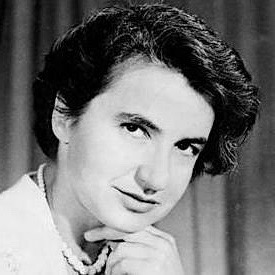
Rosalind Franklin (25 July 1920 - 16 April 1958) was an English chemist and X-ray crystallographer whose work was central to the understanding of the molecular structures of DNA (deoxyribonucleic acid), RNA (ribonucleic acid), viruses, coal, and graphite. Although her works on coal and viruses were appreciated in her lifetime, her contributions to the discovery of the structure of DNA were largely recognised posthumously. Franklin is best known for her work on the X-ray diffraction images of DNA while at King's College London, particularly Photo 51, which led to the discovery of the DNA double helix for which Francis Crick, James Watson, and Maurice Wilkins, but not Franklin, shared the Nobel Prize in Physiology or Medicine in 1962. In subsequent years, it has been recognized that Watson and his colleagues did not properly attribute colleague Rosalind Franklin for her contributions to the discovery of the double helix structure. After finishing her work on DNA, Franklin led pioneering work at Birkbeck on the molecular structures of viruses. Her team member Aaron Klug continued her research, winning the Nobel Prize in Chemistry in 1982.
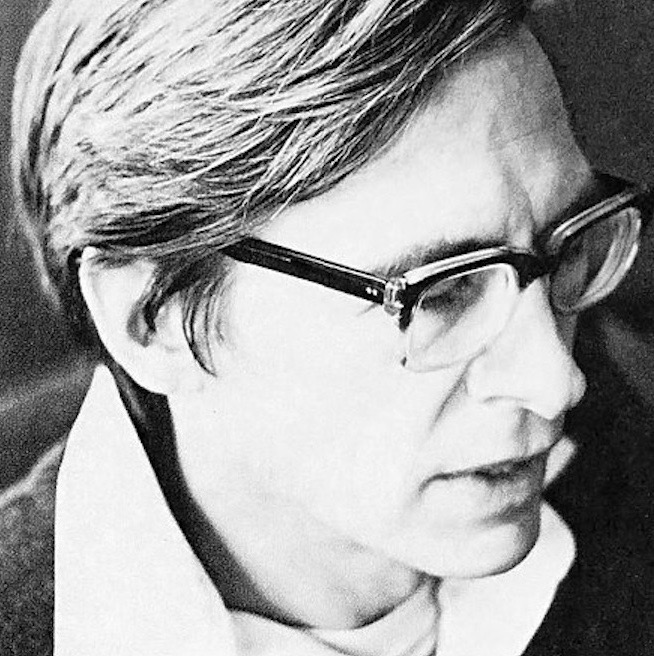
John Rawls (February 21, 1921 - November 24, 2002) was an American moral and political philosopher in the liberal tradition. Rawls received both the Schock Prize for Logic and Philosophy and the National Humanities Medal in 1999. Rawls has often been described as one of the most influential political philosophers of the 20th century. He has the unusual distinction among contemporary political philosophers of being frequently cited by the courts of law in the United States and Canada and referred to by practising politicians in the United States and the United Kingdom. Rawls's theory of "justice as fairness" recommends equal basic rights, equality of opportunity and promoting the interests of the least advantaged members of society. Rawls's argument for these principles of social justice uses a thought experiment called the "original position," in which people select what kind of society they would choose to live in if they did not know which social position they would personally occupy.
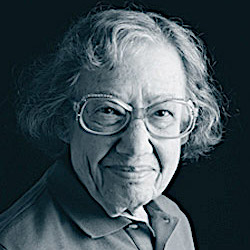
Esther M. Conwell (May 23, 1922 - November 16, 2014) was a pioneering American chemist and physicist. She is best known for the Conwell-Weisskopf theory which elucidates how electrons travel through semiconductors, an accomplishment that helped revolutionize modern computing. She later focused on the flow of electrons through DNA.
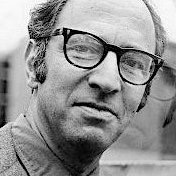
Thomas Samuel Kuhn (July 18, 1922 - June 17, 1996) was an American philosopher of science. Kuhn made several claims concerning the progress of scientific knowledge: that scientific fields undergo periodic "paradigm shifts" rather than solely progressing in a linear and continuous way, and that these paradigm shifts open up new approaches to understanding what scientists would never have considered valid before; and that the notion of scientific truth, at any given moment, cannot be established solely by objective criteria but is defined by a consensus of a scientific community.
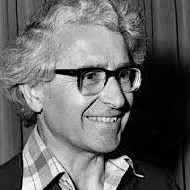
Antony Hewish (11 May 1924) is a British radio astronomer who won the Nobel Prize for Physics in 1974 (together with fellow radio-astronomer Martin Ryle) for his role in the discovery of pulsars. He was also awarded the Eddington Medal of the Royal Astronomical Society in 1969. (See also Dame Susan Jocelyn Bell Burnell DBE FRS FRSE FRAS FInstP.)
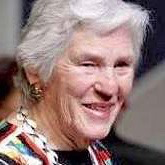
Janet Rowley (April 5, 1925 - December 17, 2013) was an American human geneticist and the first scientist to identify a chromosomal translocation as the cause of leukemia and other cancers. This proved that cancer is a genetic disease. Rowley spent majority of her life working in Chicago and received many awards and honors throughout her life, recognizing her achievements and contributions in the area of genetics.
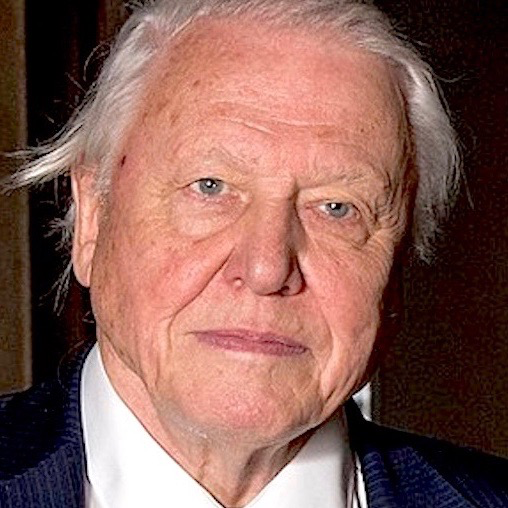
David Attenborough (8 May 1926) is an English broadcaster and natural historian. He is best known for writing and presenting, in conjunction with the BBCE Natural History Unit, the nine natural history documentary series forming the Life collection that together constitute a comprehensive survey of animal and plant life on Earth. While Attenborough's earlier work focused more on the wonders of the natural world, his later work has been more vocal in support of environmental causes. He has advocated for restoring planetary biodiversity, limiting human population growth, shifting to renewable energy, reducing meat consumption, and setting aside more areas for natural preservation. He considers his 2020 documentary film, David Attenborough: A Life On Our Planet, his personal witness statement of his life and the future. Attenborough is widely considered a national treasure in the UK.
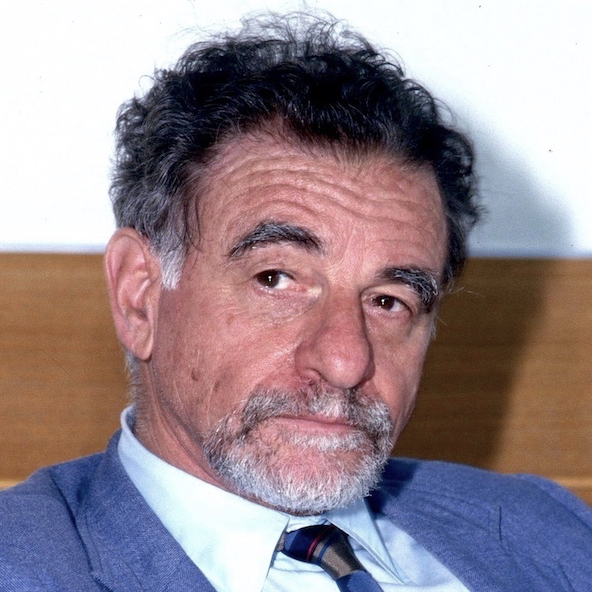
K. Alex Müller (April 20, 1927) is a Swiss physicist who, with Georg Bednorz in 1986, succeeded in achieving superconductivity in lanthanum barium copper oxide (LBCEO) at a temperature of 35 K. 35 K was incredibly high by the prevailing standards of superconductivity research. This discovery stimulated a great deal of additional research in high-temperature superconductivity, leading to the discovery of compounds such as BSCCO (Tc = 107 K) and YBCEO (T'c = 92 K). They reported their discovery in June 1986. In 1987 Müller and Bednorz were jointly awarded the Nobel Prize in physics—the shortest time between the discovery and the prize award for any scientific Nobel.
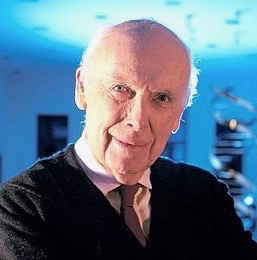
James Watson (April 6, 1928) is an American molecular biologist, geneticist and zoologist. In 1953, he co-authored with Francis Crick the academic paper proposing the double helix structure of the DNA molecule. Watson, Crick and Maurice Wilkins were awarded the 1962 Nobel Prize in Physiology or Medicine "for their discoveries concerning the molecular structure of nucleic acids and its significance for information transfer in living material". In subsequent years, it has been recognized that Watson and his colleagues did not properly attribute colleague Rosalind Franklin for her contributions to the discovery of the double helix structure.
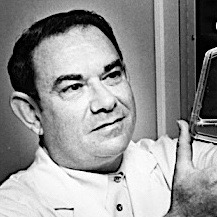
Leonard Hayflick (20 May 1928) is a Professor of Anatomy at the UCSF School of Medicine, and was Professor of Medical Microbiology at Stanford University School of Medicine. He is a past president of the Gerontological Society of America and was a founding member of the council of the National Institute on Aging (NIA). The recipient of a number of research prizes and awards, including the 1991 Sandoz Prize for Gerontological Research, he has studied the aging process for more than fifty years. He is known for his 1965 discovery that normal human cells divide for a limited number of times in vitro (refuting the contention by Alexis Carrel that normal body cells are immortal). This is known as the Hayflick limit.
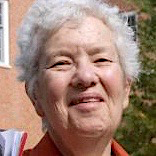
Vera Rubin (July 23, 1928 - December 25, 2016) was an American astronomer who pioneered work on galaxy rotation rates. She uncovered the discrepancy between the predicted angular motion of galaxies and the observed motion, by studying galactic rotation curves. This phenomenon became known as the galaxy rotation problem, and was evidence of the existence of dark matter. Her legacy was described by The New York Times as "ushering in a Copernican-scale change" in cosmological theory. Rubin spent her life advocating for women in science and was known for her mentorship of aspiring female astronomers. She is the first woman to have a large observatory named after her: the National Science Foundation Vera C. Rubin Observatory (Rubin Observatory) in Chile.
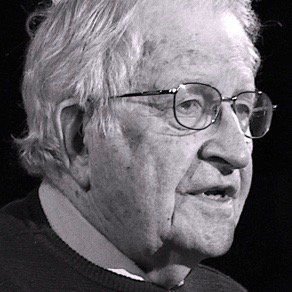
Noam Chomsky (December 7, 1928) is an American linguist, philosopher, cognitive scientist, historian, social critic, and political activist. Sometimes called "the father of modern linguistics", Chomsky is also a major figure in analytic philosophy and one of the founders of the field of cognitive science. He is Laureate Professor of Linguistics at the University of Arizona and Institute Professor Emeritus at the Massachusetts Institute of Technology (MIT), and is the author of more than 150 books on topics such as linguistics, war, politics, and mass media.
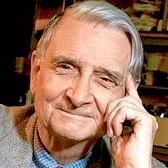
E. O. Wilson (June 10, 1929) is an American biologist, naturalist, and writer. His biological specialty is myrmecology, the study of ants, on which he has been called the world's leading expert. Wilson has been called "the father of sociobiology" and "the father of biodiversity" for his environmental advocacy, and his secular-humanist and deist ideas pertaining to religious and ethical matters. Among his greatest contributions to ecological theory is the theory of island biogeography, which he developed in collaboration with the mathematical ecologist Robert MacArthur. This theory served as the foundation of the field of conservation area design, as well as the unified neutral theory of biodiversity of Stephen Hubbell.
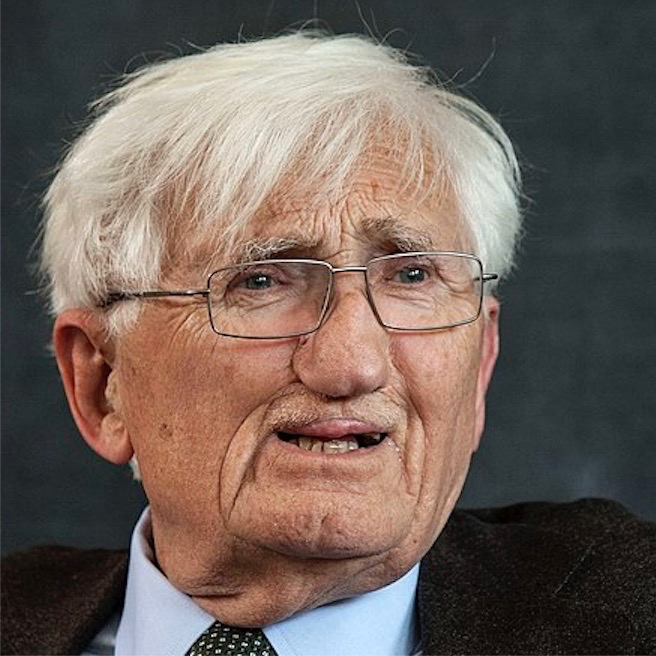
Jürgen Habermas (18 June 1929) is a German philosopher and sociologist in the tradition of critical theory and pragmatism. His work addresses communicative rationality and the public sphere. Habermas's theoretical system is devoted to revealing the possibility of reason, emancipation, and rational-critical communication latent in modern institutions and in the human capacity to deliberate and pursue rational interests. Habermas is known for his work on the concept of modernity, particularly with respect to the discussions of rationalization originally set forth by Max Weber. He has been influenced by American pragmatism, action theory, and poststructuralism.
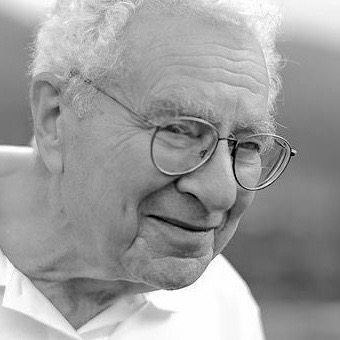
Murray Gell-Mann (September 15, 1929 - May 24, 2019) was an American physicist. In 1964, Gell-Mann and, independently, George Zweig postulated the existence of quarks, particles of which hadrons are composed. Quarks, antiquarks, and gluons were soon established as the underlying elementary objects in the study of the structure of hadrons. Gell-Mann was awarded a Nobel Prize in Physics in 1969 for his contributions and discoveries concerning the classification of elementary particles and their interactions.
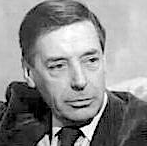
Bernard Williams (21 September 1929 - 10 June 2003) was an English moral philosopher. Williams became known for his efforts to reorient the study of moral philosophy to psychology, history, and in particular to the Greeks. Described by Colin McGinn as an "analytical philosopher with the soul of a general humanist," he was sceptical about attempts to create a foundation for moral philosophy. Williams was "as close to being a feminist as a powerful man of his generation could be."
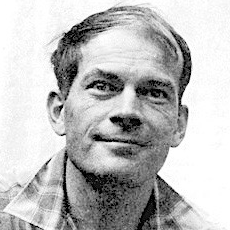
Robert H. MacArthur (April 7, 1930 - November 1, 1972) was a Canadian-born American ecologist who made a major impact on many areas of community and population ecology. With E. O. Wilson he co-authored The Theory of Island Biogeography (1967), a work which changed the field of biogeography, drove community ecology and led to the development of modern landscape ecology.
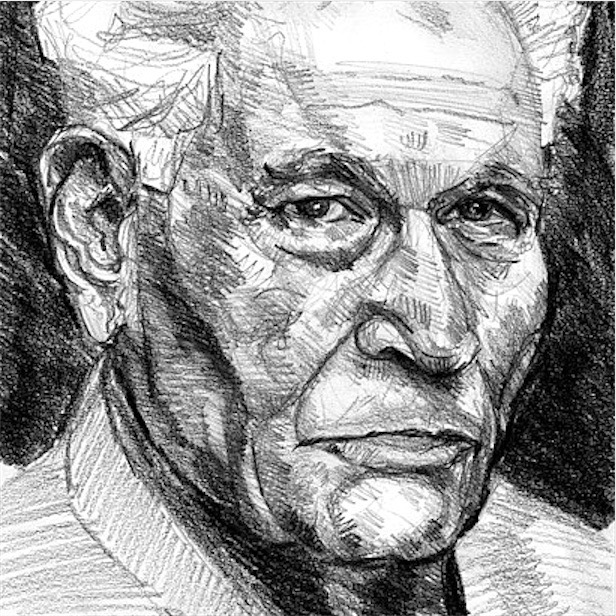
Jacques Derrida (July 15, 1930 - October 9, 2004) was a French philosopher best known for developing a form of semiotic analysis known as deconstruction, which he analyzed in numerous texts, and developed in the context of phenomenology. He is one of the major figures associated with post-structuralism and postmodern philosophy. He had a significant influence on the humanities and social sciences, including philosophy, literature, law, anthropology, historiography, applied linguistics, sociolinguistics, psychoanalysis and political theory. His work retains major academic influence throughout the US, continental Europe, South America and all other countries where continental philosophy has been predominant, particularly in debates around ontology, epistemology (especially concerning social sciences), ethics, aesthetics, hermeneutics, and the philosophy of language. In most of the Anglosphere, where analytic philosophy is dominant, Derrida's influence is most presently felt in literary studies due to his longstanding interest in language and his association with prominent literary critics from his time at Yale. He also influenced architecture (in the form of deconstructivism), music, art, and art criticism.
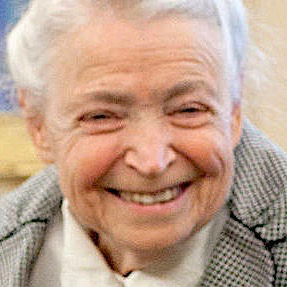
Mildred Dresselhaus (November 11, 1930 - February 20, 2017), known as the "Queen of Carbon Science", was an American nanotechnologist. She was an Institute Professor and Professor Emerita of physics and electrical engineering at the Massachusetts Institute of Technology. Dresselhaus won numerous awards including the Presidential Medal of Freedom, the National Medal of Science, the Enrico Fermi Award and the Vannevar Bush Award. Dresselhaus was particularly noted for her work on graphite, graphite intercalation compounds, fullerenes, carbon nanotubes, and low-dimensional thermoelectrics. Her group made frequent use of electronic band structure, Raman scattering and the photophysics of carbon nanostructures. Her research helped develop technology based on thin graphite which allow electronics to be "everywhere," including clothing and smartphones. With the appearance of lasers in the 1960s, Professor Dresselhaus started to use lasers for magneto-optics experiments, which later led to the creation of a new model for the electronic structure of graphite. A great part of her research dedicates to the study of 'buckyballs' and graphene focusing a great deal in the electrical properties of carbon nanotubes and enhancing thermoelectric properties of nanowires.
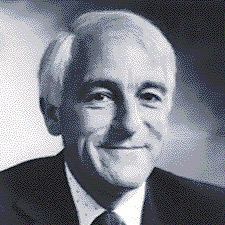
Drummond Matthews FRS (5 February 1931 - 20 July 1997), known as "Drum", was a British marine geologist, geophysicist, and a key contributor to the theory of plate tectonics. His work, along with that of fellow Briton Fred Vine and Canadian Lawrence Morley, showed how variations in the magnetic properties of rocks forming the ocean floor could be consistent with, and ultimately help confirm, Harry Hammond Hess's 1962 theory of seafloor spreading. The 1963 Vine-Matthews-Morley hypothesis, also known as the Morley-Vine-Matthews hypothesis, was the first key scientific test of the seafloor spreading theory of continental drift and plate tectonics. Its key impact was that it allowed the rates of plate motions at mid-ocean ridges to be computed. It states that the Earth's oceanic crust acts as a recorder of reversals in the geomagnetic field direction as seafloor spreading takes place. In 1989 he was awarded the Geological Society of London's highest honour — the Wollaston Medal.
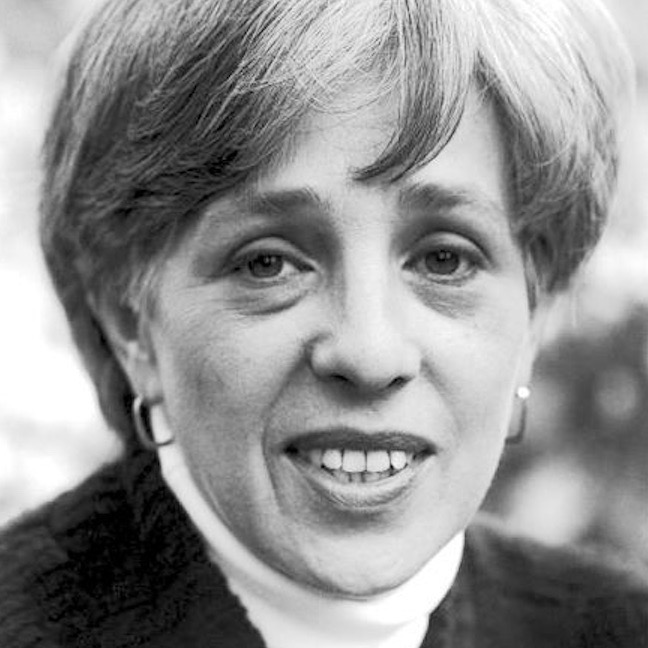
Maxine Singer (February 15, 1931) is an American molecular biologist and science administrator. She is known for her contributions to solving the genetic code, her role in the ethical and regulatory debates on recombinant DNA techniques (including the organization of the Asilomar Conference on Recombinant DNA), and her leadership of Carnegie Institution of Washington. In 2002, Discover magazine recognized her as one of the 50 most important women in science.
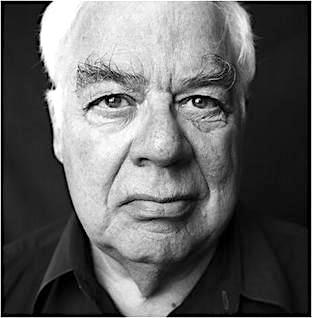
Richard Rorty (October 4, 1931 - June 8, 2007) was an American philosopher. He advocated for a novel form of American pragmatism (sometimes called neopragmatism) in which scientific and philosophical methods form merely a set of contingent "vocabularies" which people abandon or adopt over time according to social conventions and usefulness. Rorty believed abandoning representationalist accounts of knowledge and language would lead to a state of mind he referred to as "ironism", in which people become completely aware of the contingency of their placement in history and of their philosophical vocabulary. Rorty tied this brand of philosophy to the notion of "social hope"; he believed that without the representationalist accounts, and without metaphors between the mind and the world, human society would behave more peacefully. He also emphasized the reasons why the interpretation of culture as conversation (Bernstein 1971) constitutes the crucial concept of a "postphilosophical" culture determined to abandon representationalist accounts of traditional epistemology, incorporating American pragmatism with metaphysical naturalism.
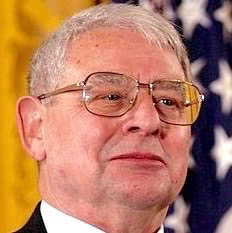
Riccardo Giacconi (October 6, 1931 - December 9, 2018) was an Italian-American Nobel Prize-winning astrophysicist who, with his team in 1962, discovered the first cosmic x-ray source, Scorpius X-1, and laid down the foundations of X-ray astronomy.
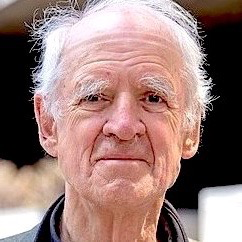
Charles Taylor (1931) is a Canadian philosopher best known for his contributions to political philosophy, the philosophy of social science, the history of philosophy, and intellectual history. His work has earned him the Kyoto Prize, the Templeton Prize, the Berggruen Prize for Philosophy, and the John W. Kluge Prize.
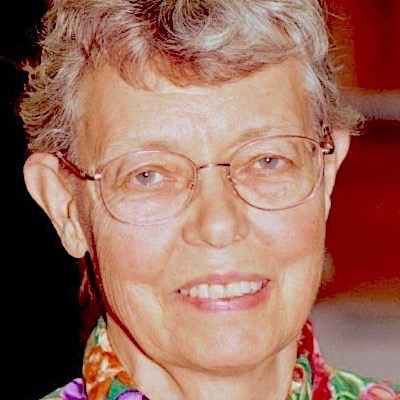
Patty Jo Watson (1932) is an American archaeologist renowned for her work on Pre-Columbian Native Americans, especially in the Mammoth Cave region of Kentucky. Her early investigations focused on the origins of agriculture and pastoralism in the Near East. In 1988, Watson was elected to the National Academy of Sciences. In its November 2002 issue, Discover included Watson among "The 50 Most Important Women in Science." The article credited Watson with "establishing the best qualitative and quantitative data for an early agricultural complex in North America" and with helping to "introduce the scientific method into archaeological studies." Watson received the Gold Medal Award for Distinguished Archaeological Achievement in 1999, and the Pomerance Award for Scientific Contributions to Archaeology in 2007 from the Archaeological Institute of America. The Southeastern Archaeological Conference gives an award in her name.
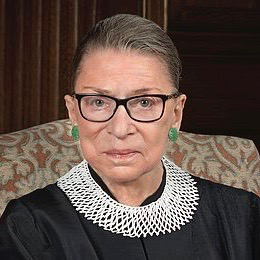
Ruth Bader Ginsburg (March 15, 1933 - September 18, 2020) was an American lawyer and jurist who was an Associate Justice of the U.S. Supreme Court. She was the second female justice (after Sandra Day O'Connor) of four to be confirmed to the court (along with Sonia Sotomayor and Elena Kagan). Following O'Connor's retirement, and until Sotomayor joined the court, Ginsburg was the only female justice on the Supreme Court. During that time, Ginsburg became more forceful with her dissents, which were noted by legal observers and in popular culture. She was generally viewed as belonging to the liberal wing of the court. Ginsburg authored notable majority opinions, including United States v. Virginia, Olmstead v. L.C., and Friends of the Earth, Inc. v. Laidlaw Environmental Services, Inc.

Arno Allan Penzias (April 26, 1933) is an American physicist, radio astronomer and Nobel laureate in physics. The accidental discovery of the cosmic microwave background radiation (CMB, CMBR, "relic radiation") in 1964 by Penzias and Robert Wilson was the culmination of work initiated in the 1940s and helped establish the Big Bang theory of cosmology and earned the discoverers the 1978 Nobel Prize in Physics. CMB is electromagnetic radiation as a remnant from an early stage of the universe.
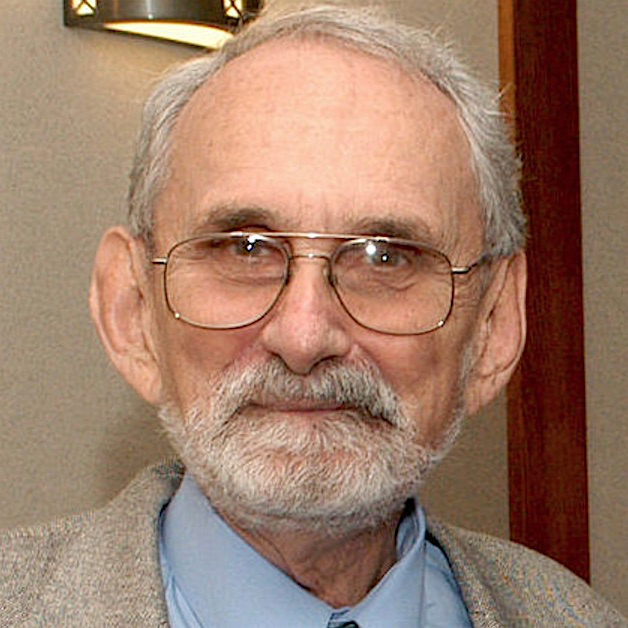
Robert Curl (August 23, 1933) is a University Professor Emeritus, Pitzer-Schlumberger Professor of Natural Sciences Emeritus, and Professor of Chemistry Emeritus at Rice University. He was awarded the Nobel Prize in Chemistry in 1996 for the discovery of the nanomaterial buckminsterfullerene, along with Richard Smalley (also of Rice University) and Harold Kroto of the University of Sussex.
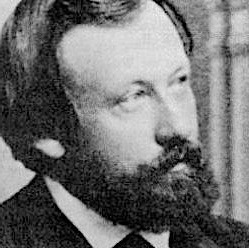
Wilhelm Dilthey (19 November 1833 - 1 October 1911) was a German historian, psychologist, sociologist, and hermeneutic philosopher, who held G. W. F. Hegel's Chair in Philosophy at the University of Berlin. As a polymathic philosopher, working in a modern research university, Dilthey's research interests revolved around questions of scientific methodology, historical evidence and history's status as a science. He could be considered an empiricist, in contrast to the idealism prevalent in Germany at the time, but his account of what constitutes the empirical and experiential differs from British empiricism and positivism in its central epistemological and ontological assumptions, which are drawn from German literary and philosophical traditions.
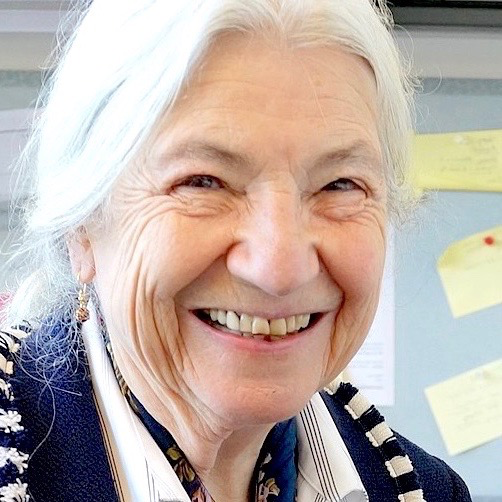
Ruzena Bajcsy (1933) is an American engineer and computer scientist who specializes in robotics. She is Professor of Electrical Engineering and Computer Science at the University of California, Berkeley, where she is also Director Emerita of CITRIS (the Center for Information Technology Research in the Interest of Society). Bajcsy received the Association for Computing Machinery (ACM)/Association for the Advancement of Artificial Intelligence Allen Newell Award in 2001, the ACM Distinguished Service Award in 2003, and the Computing Research Association Distinguished Service Award in 2003. Bajcsy's most current research has helped her gain recognition from The Franklin Institute in Philadelphia. She received the 2009 Benjamin Franklin Medal in Computer and Cognitive Science for her innovations in robotics and computer vision, specifically the development of improved robotic perception and the creation of better methods to analyze medical images. Additionally, she was the winner of the 2009 ABIE Award for Technical Leadership from the Anita Borg Institute. Bajcsy has been named by the IEEE Board of Directors the recipient of the 2013 IEEE Robotics and Automation Award for her contributions in the field of robotics and automation with the following citation: "For contributions to computer vision, the active perception paradigm, and medical robotics".
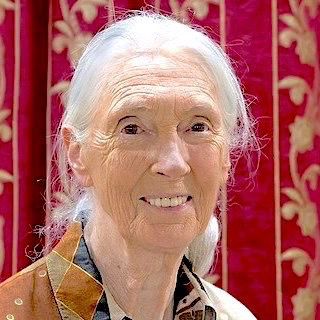
Jane Goodall (3 April 1934) is an English primatologist and anthropologist. Considered to be the world's foremost expert on chimpanzees, Goodall is best known for her 60-year study of social and family interactions of wild chimpanzees since she first went to Gombe Stream National Park in Tanzania in 1960.
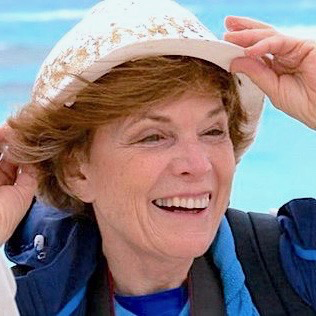
Sylvia Earle (August 30, 1935) is an American marine biologist, oceanographer, explorer, author, and lecturer. She has been a National Geographic explorer-in-residence since 1998. Earle was the first female chief scientist of the U.S. National Oceanic and Atmospheric Administration, and was named by Time Magazine as its first Hero for the Planet in 1998. She is also part of the group Ocean Elders, which is dedicated to protecting the ocean and its wildlife.
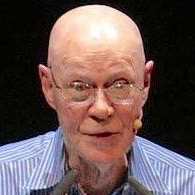
Robert Woodrow Wilson (January 10, 1936) is an American astronomer who, along with Arno Allan Penzias, discovered cosmic microwave background radiation (CMB) in 1964. The pair won the 1978 Nobel prize in physics for their discovery.
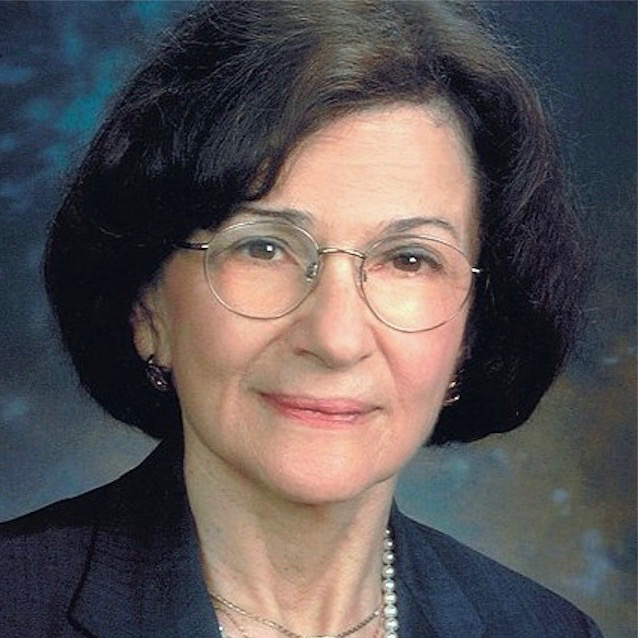
Patricia Goldman-Rakic (April 22, 1937 - July 31, 2003) was an American professor of neuroscience, neurology, psychiatry and psychology at Yale University School of Medicine. She pioneered multidisciplinary research of the prefrontal cortex and working memory. Goldman-Rakic was the first to discover and describe the circuitry of the prefrontal cortex and its relationship to working memory. Because of Goldman-Rakic, scientists began to better understand the neurobiological basis of higher cognitive function, and of such disorders as schizophrenia, Alzheimer's, Attention deficit hyperactivity disorder (ADHD), cerebral palsy, Parkinson's disease, and dementia. She used a multidisciplinary approach, applying biochemical, electrophysiological, pharmacological, anatomical and behavioral techniques to study working memory. She pioneered the first studies of dopamine influences on prefrontal cortical function, research that is critical to our understanding of schizophrenia, ADHD and Parkinson's disease. A review of her life's work, including her special role mentoring women scientists, can be found in Neuron.
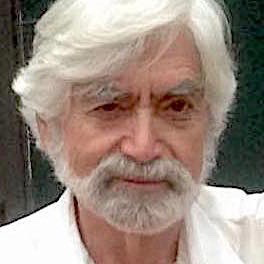
George Zweig (May 30, 1937) is a Russian-American physicist. He was trained as a particle physicist under Richard Feynman. In 1964, Zweig and, independently, Murray Gell-Mann postulated the existence of quarks, particles of which hadrons are composed. Zweig had referred to the particles as "aces", but Gell-Mann's name caught on.
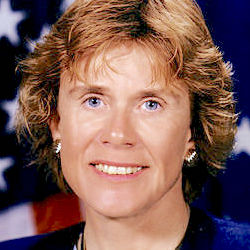
Sheila Widnall (July 13, 1938) is an American aerospace researcher and Institute Professor Emerita at the Massachusetts Institute of Technology. She served as United States Secretary of the Air Force between 1993 and 1997, making her the first female Secretary of the Air Force and the first woman to lead an entire branch of the US military in the Department of Defense. She was inducted into the National Women's Hall of Fame in 2003. Widnall's research has been focused on fluid mechanics, in particular the aerodynamics of high-speed vehicles, helicopters, aircraft wakes, and turbulence. One of her most notable works is on the elliptical instability mechanism with Raymond Pierrehumbert.
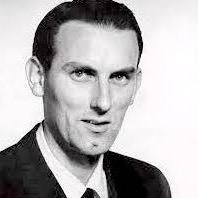
Frederick Vine (17 June 1939) is an English marine geologist and geophysicist. He made key contributions to the theory of plate tectonics, helping to show that the seafloor spreads from mid-ocean ridges with a symmetrical pattern of magnetic reversals in the basalt rocks on either side. The 1963 Vine-Matthews-Morley hypothesis, also known as the Morley-Vine-Matthews hypothesis, was the first key scientific test of the seafloor spreading theory of continental drift and plate tectonics. Its key impact was that it allowed the rates of plate motions at mid-ocean ridges to be computed. It states that the Earth's oceanic crust acts as a recorder of reversals in the geomagnetic field direction as seafloor spreading takes place.
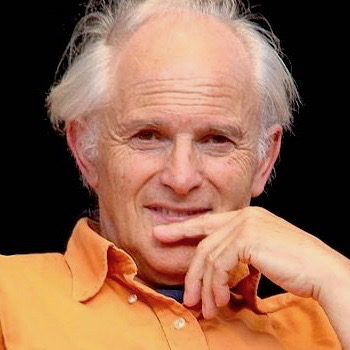
Harry Kroto (7 October 1939 - 30 April 2016) was an English chemist. He shared the 1996 Nobel Prize in Chemistry with Robert Curl and Richard Smalley for their discovery of fullerenes. A fullerene is an allotrope of carbon whose molecule consists of carbon atoms connected by single and double bonds so as to form a closed or partially closed mesh, with fused rings of five to seven atoms. The molecule may be a hollow sphere, ellipsoid, tube, or many other shapes and sizes.
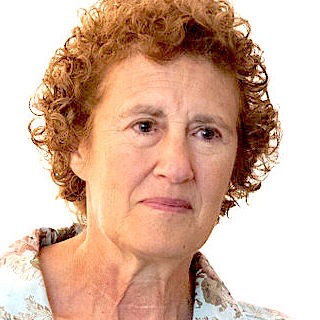
Barbara Liskov (November 7, 1939 as Barbara Jane Huberman) is an American computer scientist who is an Institute Professor at the Massachusetts Institute of Technology and Ford Professor of Engineering in its School of Engineering's electrical engineering and computer science department. She was one of the first women to be granted a doctorate in computer science in the United States and is a Turing Award winner who developed the Liskov substitution principle.
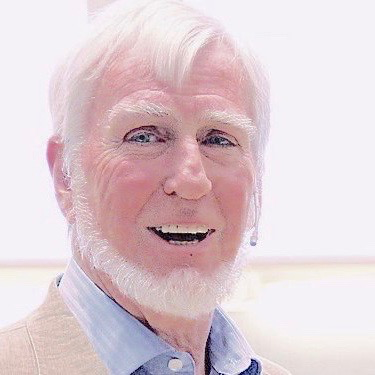
John O'Keefe (November 18, 1939) is an American-British neuroscientist, psychologist and a professor at the Sainsbury Wellcome Centre for Neural Circuits and Behaviour and the Research Department of Cell and Developmental Biology at University College London. In 1971 he discovered place cells in the hippocampus, and that they show a specific kind of temporal coding in the form of theta phase precession. He shared the Nobel Prize in Physiology or Medicine in 2014, together with May-Britt Moser and Edvard Moser.
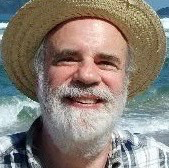
Saul Kripke (November 13, 1940) is an American philosopher and logician in the analytic tradition. Since the 1960s, Kripke has been a central figure in a number of fields related to mathematical logic, modal logic, philosophy of language, philosophy of mathematics, metaphysics, epistemology, and recursion theory.
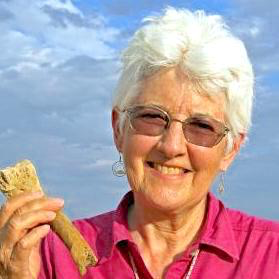
Kay Behrensmeyer is an American taphonomist and paleoecologist. She is a pioneer in the study of the fossil records of terrestrial ecosystems and engages in geological and paleontological field research into the ecological context of human evolution in East Africa.
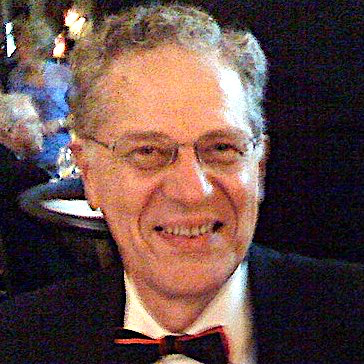
Joseph Hooton Taylor Jr. (March 29, 1941) is an American astrophysicist and 1974 Nobel Prize in Physics laureate for his discovery with Russell Alan Hulse of a "new type of pulsar, a discovery that has opened up new possibilities for the study of gravitation." Of particular note is their discovery of indirect evidence for gravitational wave radiation in the Hulse-Taylor binary.
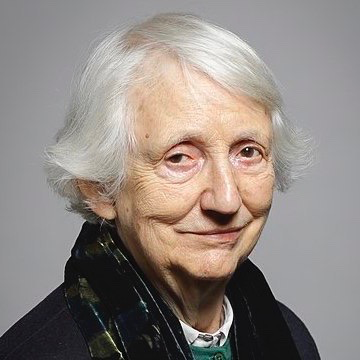
Onora O'Neill (23 August 1941) is a philosopher and a crossbench member of the House of Lords. She is an Emeritus Professor of Philosophy at the University of Cambridge, a former President of the British Academy (2005-2009) and chaired the Nuffield Foundation (1998-2010). In 2003, she was the founding President of the British Philosophical Association (BPA). In 2013 she held the Spinoza Chair of Philosophy at the University of Amsterdam. Until October 2006, she was the Principal of Newnham College, Cambridge, and she was in chair in the Equality and Human Rights Commission until April 2016. O'Neill's work has earned her numerous honors and awards, including the million-dollar Berggruen Prize.
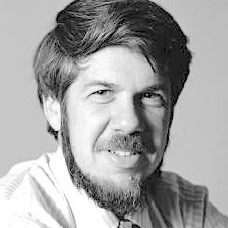
Stephen Jay Gould (September 10, 1941 - May 20, 2002) was an American paleontologist, evolutionary biologist, and historian of science. He was also one of the most influential and widely read authors of popular science of his generation. Gould spent most of his career teaching at Harvard University and working at the American Museum of Natural History in New York. In 1996, Gould was hired as the Vincent Astor Visiting Research Professor of Biology at New York University, where he divided his time teaching there and at Harvard. Gould's most significant contribution to evolutionary biology was the theory of punctuated equilibrium developed with Niles Eldredge in 1972. The theory proposes that most evolution is characterized by long periods of evolutionary stability, which is infrequently punctuated by swift periods of branching speciation.
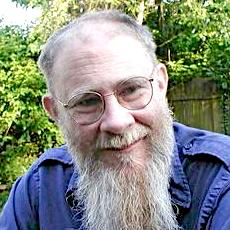
David Lewis (September 28, 1941 - October 14, 2001) was an American philosopher. Lewis taught briefly at UCLA and then at Princeton from 1970 until his death. He is also closely associated with Australia, whose philosophical community he visited almost annually for more than thirty years. He made contributions in philosophy of language, philosophy of mind, philosophy of probability, metaphysics, epistemology, philosophical logic, and aesthetics. He is best known for his controversial modal realist stance.
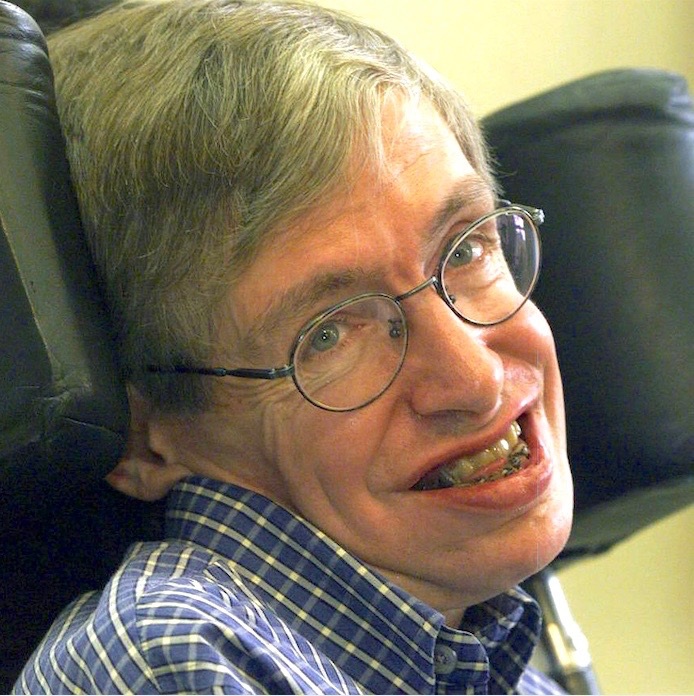
Stephen Hawking (8 January 1942 - 14 March 2018) was an English theoretical physicist, cosmologist, and author who was director of research at the Centre for Theoretical Cosmology at the University of Cambridge at the time of his death. He was the Lucasian Professor of Mathematics at the University of Cambridge between 1979 and 2009. Hawking's scientific works included a collaboration with Roger Penrose on gravitational singularity theorems in the framework of general relativity and the theoretical prediction that black holes emit radiation, often called Hawking radiation. Hawking was the first to set out a theory of cosmology explained by a union of the general theory of relativity and quantum mechanics. He was a vigorous supporter of the many-worlds interpretation of quantum mechanics.
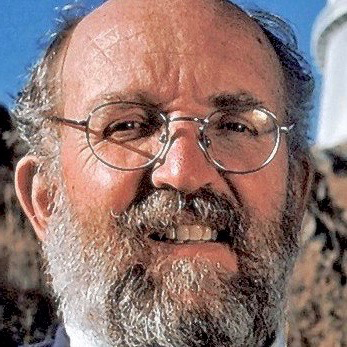
Michel Mayor (12 January 1942) is a Swiss astrophysicist. In 1995 Didier Queloz and Mayor discovered 51 Pegasi b, the first extrasolar planet orbiting a sun-like star, 51 Pegasi. In 2019 Queloz and Mayor were awarded half of the Nobel Prize in Physics for their discovery of an exoplanet planet orbiting a sun-like or main sequence star.
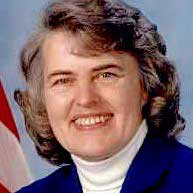
Shannon Lucid (January 14, 1943) is an American biochemist and a retired NASA astronaut. At one time, she held the record for the longest duration stay in space by an American, as well as by a woman. She has flown in space five times including a prolonged mission aboard the Mir space station in 1996; she is the only American woman to have served aboard Mir. In 2002, Discover magazine recognized Lucid as one of the 50 most important women in science.
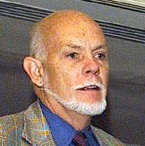
Richard Smalley (June 6, 1943 - October 28, 2005) was the Gene and Norman Hackerman Professor of Chemistry and a Professor of Physics and Astronomy at Rice University, in Houston, Texas. In 1996, along with Robert Curl, also a professor of chemistry at Rice, and Harold Kroto, a professor at the University of Sussex, he was awarded the Nobel Prize in Chemistry for the discovery of a new form of carbon, buckminsterfullerene, also known as buckyballs. He was an advocate of nanotechnology and its applications.
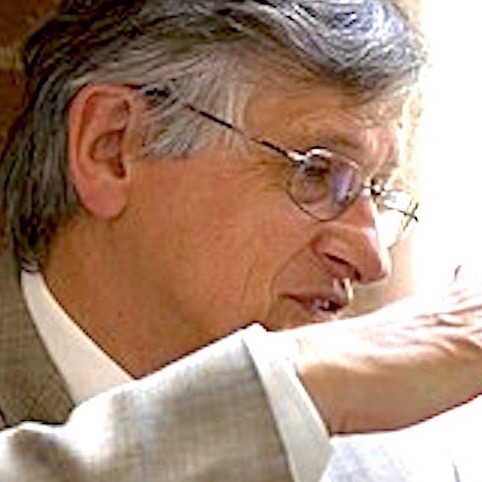
Klaus von Klitzing (28 June 1943, Schroda) is a German physicist, known for his 1980 discovery of the integer quantum Hall effect, for which he was awarded the 1985 Nobel Prize in Physics. The quantum Hall effect (or integer quantum Hall effect) is a quantized version of the Hall effect, observed in two-dimensional electron systems subjected to low temperatures and strong magnetic fields, in which the Hall resistance Rxy exhibits steps that take on the quantized values at certain levels.
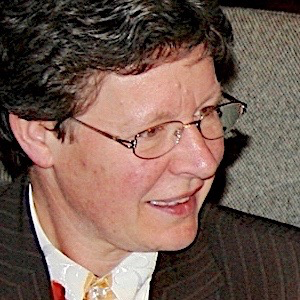
Jocelyn Bell Burnell (15 July 1943) is an astrophysicist from Northern Ireland who, as a postgraduate student, discovered the first radio pulsars in 1967. She was credited with "one of the most significant scientific achievements of the 20th century". The discovery was recognised by the award of the 1974 Nobel Prize in Physics but, despite being the first person to discover the pulsars, she was not one of the recipients of the prize.
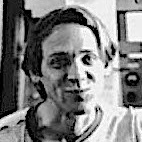
Donald C. Backer (November 9, 1943 - July 25, 2010) was an American astrophysicist who primarily worked in radio astronomy. Backer made important contributions to the understanding and study of pulsars (including the discovery in 1982 of the first millisecond pulsar or MSP), black holes, and the epoch of reionization. A millisecond pulsar (MSP) is a pulsar with a rotational period smaller than about 40 milliseconds. Millisecond pulsars have been detected in radio, X-ray, and gamma ray parts of the electromagnetic spectrum.
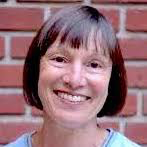
Margaret Conkey (1943) is an American archaeologist and academic, who specializes in the Magdalenian period of the Upper Paleolithic in the French Pyrénées. Her research focuses on cave art produced during this period. Conkey is noted as one of the first archaeologists to explore the issues of gender and feminist perspectives in archaeology and in past human societies, using feminist theory to reinterpret images and objects from the Paleolithic Era or the late Ice Age. She was named by Discover magazine in their 2002 article, "The 50 Most Important Women in Science".
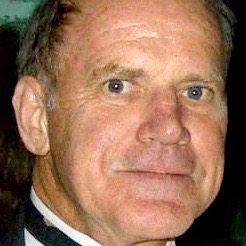
Kary Mullis (December 28, 1944 - August 7, 2019) was an American biochemist. In recognition of his 1983 invention of the polymerase chain reaction (PCR) technique, he shared the 1993 Nobel Prize in Chemistry with Michael Smith and was awarded the Japan Prize in the same year. His invention became a central technique in biochemistry and molecular biology, described by The New York Times as "highly original and significant, virtually dividing biology into the two epochs of before PCR and after PCR."
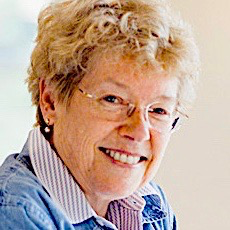
Sandra Faber (December 28, 1944) is an astrophysicist known for her research on the evolution of galaxies. She has made important discoveries linking the brightness of galaxies to the speed of stars within them and was the co-discoverer of the Faber-Jackson relation.
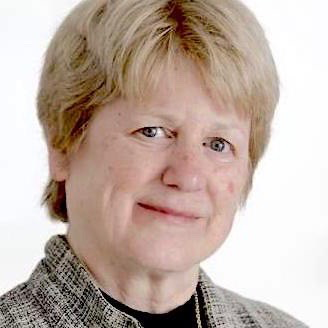
Mary-Claire King (February 27, 1946) is an American geneticist. She was the first to show that breast cancer can be inherited due to mutations in the gene she called BRCA1. She studies human genetics and is particularly interested in genetic heterogeneity and complex traits. She studies the interaction of genetics and environmental influences and their effects on human conditions such as breast and ovarian cancer, inherited deafness, schizophrenia, HIV, systemic lupus erythematosus and rheumatoid arthritis. King is also known for demonstrating that humans and chimpanzees are 99% genetically identical and for applying genomic sequencing to identify victims of human rights abuses. In 1984, in Argentina, she began working in identifying children who had been stolen from their families and adopted illegally under the military dictatorship during the Dirty War (1976-1983).
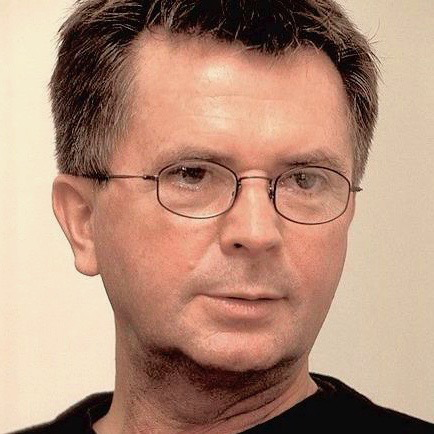
Aleksander Wolszczan (29 April 1946) is a Polish astronomer. In early 1992, Dale Frail and Aleksander Wolszczan announced their discovery of the existence of the first two planets and a possible third around the pulsar PSR B1257+12. Pulsar planets are planets that are found orbiting pulsars, or rapidly rotating neutron stars. In addition to being the first confirmed discovery of pulsar planets, the find is also generally considered to be the first confirmed discovery of extrasolar planets of any kind.
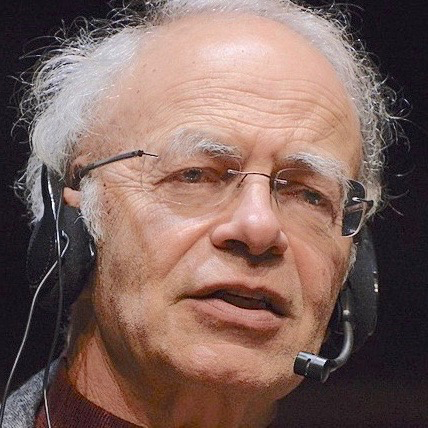
Peter Singer (6 July 1946) is an Australian moral philosopher and the Ira W. DeCamp Professor of Bioethics at Princeton University. He specialises in applied ethics and approaches ethical issues from a secular, utilitarian perspective. He is known in particular for his book Animal Liberation (1975), in which he argues in favour of veganism, and his essay "Famine, Affluence, and Morality", in which he argues in favour of donating to help the global poor.
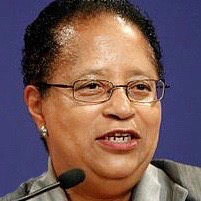
Shirley Ann Jackson (August 5, 1946) is an American physicist, and the eighteenth president of Rensselaer Polytechnic Institute. She is the first African-American woman to have earned a doctorate at the Massachusetts Institute of Technology (MIT), and is the second African-American woman in the United States to earn a doctorate in physics. As a postdoctoral researcher of subatomic particles during the 1970s, Jackson studied and conducted research at a number of physics laboratories in both the United States and Europe. Her first position was as a research associate at the Fermi National Accelerator Laboratory in Batavia, Illinois (known as Fermilab) where she studied hadrons. In 1974 she became a visiting scientist at the European Organization for Nuclear Research (CERN) in Switzerland. There she explored theories of strongly interacting elementary particles. In 1976 and 1977, she both lectured in physics at the Stanford Linear Accelerator Center and became a visiting scientist at the Aspen Center for Physics. At one time her research focused on Landau-Ginsburg theories of charge density waves in layered compounds, and has studied two-dimensional Yang-Mills gauge theories and neutrino reactions.
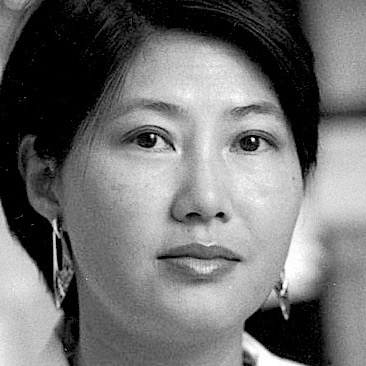
Flossie Wong-Staal (August 27, 1946 - July 8, 2020) was a Chinese-American virologist and molecular biologist. She was the first scientist to clone HIV and determine the function of its genes, which was a major step in proving that HIV is the cause of AIDS. From 1990 to 2002, she held the Florence Riford Chair in AIDS Research at the University of California, San Diego (UCSD). She was co-founder and, after retiring from UCSD, she became the chief scientific officer of Immusol, which was renamed iTherX Pharmaceuticals in 2007 when it transitioned to a drug development company focused on hepatitis C and continued as chief scientific officer.
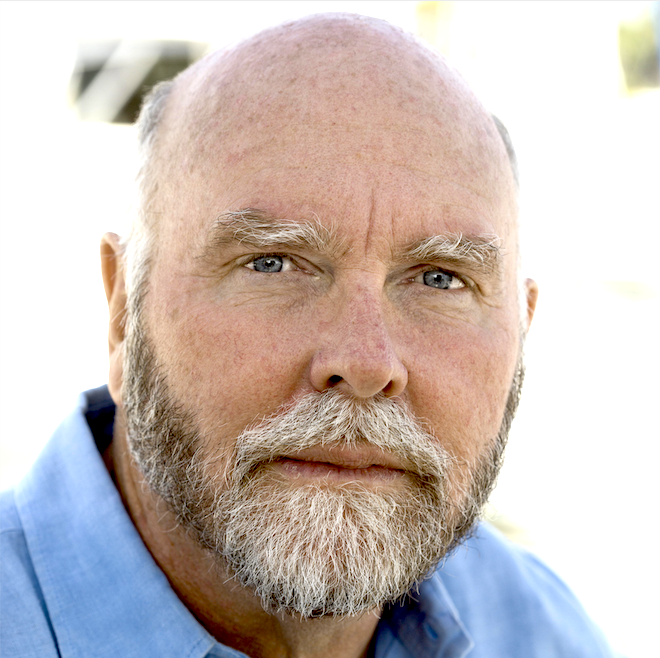
Craig Venter (October 14, 1946) is an American biotechnologist and businessman. He is known for leading the first draft sequence of the human genome and assembled the first team to transfect a cell with a synthetic chromosome.
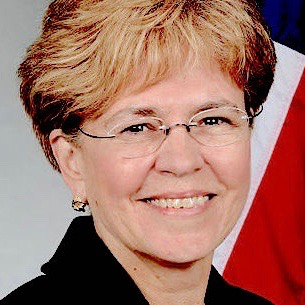
Jane Lubchenco (December 4, 1947) is an American environmental scientist and marine ecologist who teaches and conducts research at Oregon State University. Her research interests include interactions between the environment and human well-being, biodiversity, climate change, and sustainable use of oceans and the planet. Her many awards include the MacArthur 'genius' award in 1993 and more than 20 Honorary Degrees. In 2002, Discover magazine recognized Lubchenco as one of the 50 most important women in science. In 2010, she was named as the scientific journal Nature's first Newsmaker of the Year. From 2009 to 2013, she served as Administrator of NOAA and Under Secretary of Commerce for Oceans and Atmosphere. In February 2021, she was appointed by President Joe Biden to serve as Deputy Director for Climate and Environment in the White House Office of Science and Technology Policy.
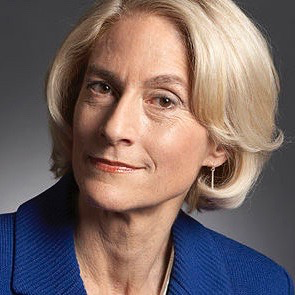
Martha Nussbaum (1947) is an American philosopher and the current Ernst Freund Distinguished Service Professor of Law and Ethics at the University of Chicago, where she is jointly appointed in the law school and the philosophy department. She has a particular interest in ancient Greek and Roman philosophy, political philosophy, feminism, and ethics, including animal rights. She also holds associate appointments in classics, divinity, and political science, is a member of the Committee on Southern Asian Studies, and a board member of the Human Rights Program. She previously taught at Harvard and Brown. She received the 2016 Kyoto Prize in Arts and Philosophy and the 2018 Berggruen Prize.
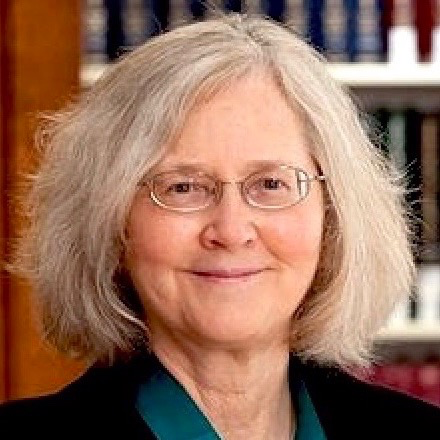
Elizabeth Blackburn (26 November 1948) is an Australian-American Nobel laureate. In 1984, Blackburn co-discovered with Carol W. Greider, telomerase, the enzyme that replenishes the telomere.
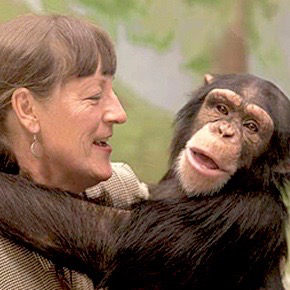
Sarah Boysen (March 5, 1949) is a professor of psychology at Ohio State University and a primate researcher. Her research focuses on chimpanzees' cognitive abilities in relation to intelligence, linguistics and neuroscience. Her current research topics include animal cognitive development, social behaviors, cognition, the last of which examines animals' "numerical competence" and ability to count. She has also studied how captive lowland gorillas use tools. Boysen has been the subject of many documentaries for companies and programs including the BBC, National Geographic Frontiers, NOVA, and Nature. She has also been featured in numerous Discovery Channel specials centered on her chimpanzee studies.
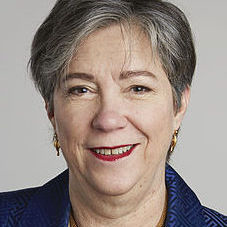
Susan Lindquist (June 5, 1949 - October 27, 2016) was an American professor of biology at MIT specializing in molecular biology, particularly the protein folding problem within a family of molecules known as heat-shock proteins, and prions. Lindquist was a member and former director of the Whitehead Institute and was awarded the National Medal of Science in 2010. Lindquist is best known for her research that provided strong evidence for a new paradigm in genetics based upon the inheritance of proteins with new, self-perpetuating shapes rather than new DNA sequences. This research provided a biochemical framework for understanding devastating neurological illnesses such as Alzheimer's, Parkinson's, Huntington's, and Creutzfeldt-Jakob diseases.
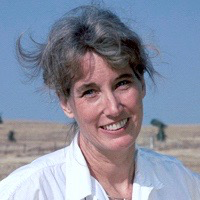
Sarah Blaffer Hrdy (July 11, 1946) is an American anthropologist and primatologist who has made major contributions to evolutionary psychology and sociobiology. She is considered "a highly recognized pioneer in modernizing our understanding of the evolutionary basis of female behavior in both nonhuman and human primates". In 2013, Hrdy received a Lifetime Career Award for Distinguished Scientific Contribution from the Human Behavior and Evolution Society. She has been selected as one of the 21 Leaders in Animal Behavior (2009). In acknowledgment of her achievements, Discover magazine recognized her in 2002 as one of the 50 most important women in science.
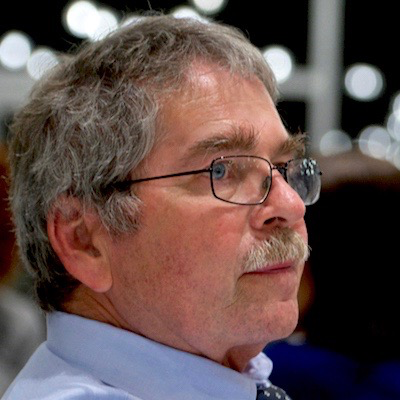
Georg Bednorz (16 May 1950) is a German physicist who, with K. Alex Müller in 1986, succeeded in achieving superconductivity in lanthanum barium copper oxide (LBCEO) at a temperature of 35 K. 35 K was incredibly high by the prevailing standards of superconductivity research. This discovery stimulated a great deal of additional research in high-temperature superconductivity, leading to the discovery of compounds such as BSCCO (Tc = 107 K) and YBCEO (T'c = 92 K). They reported their discovery in June 1986. In 1987 Müller and Bednorz were jointly awarded the Nobel Prize in physics—the shortest time between the discovery and the prize award for any scientific Nobel.
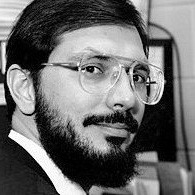
Russell Alan Hulse (November 28, 1950) is an American physicist and 1974 winner of the Nobel Prize in Physics, shared with his thesis advisor Joseph Hooton Taylor Jr., "for the discovery of a new type of pulsar, a discovery that has opened up new possibilities for the study of gravitation". Of particular note is their discovery of indirect evidence for gravitational wave radiation. He was a specialist in pulsar studies and gravitational waves.
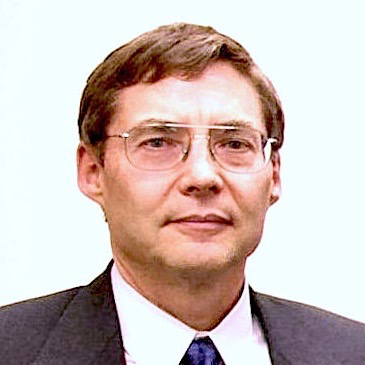
Carl Wieman (March 26, 1951) is an American physicist and educationist. In 1995 he and Eric Allin Cornell produced the first true Bose-Einstein condensate (BEC) and, in 2001, they and Wolfgang Ketterle (for further BEC studies) were awarded the Nobel Prize in Physics.
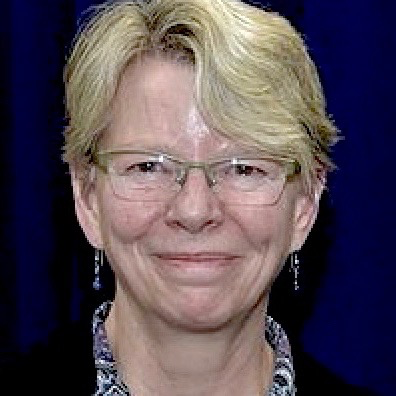
Cherry A. Murray, Ph.D., is the Benjamin Peirce Professor of Technology and Public Policy at, and former dean of, the Harvard School of Engineering and Applied Sciences (SEAS). She has published more than 70 papers in peer-reviewed journals and holds two patents in near-field optical data storage and optical display technology. Her current primary research focus includes the use of light scattering, soft condensed matter, and complex fluids.
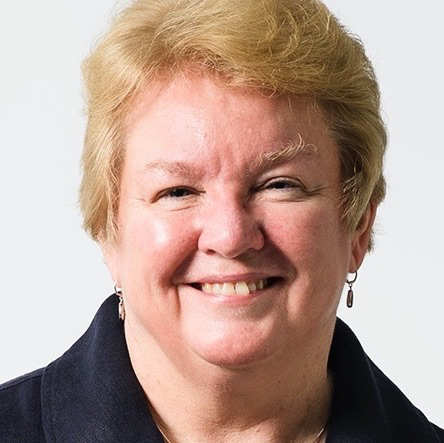
Kathleen Howell is an American scientist and aerospace engineer known for her contributions to dynamical systems theory applied to spacecraft trajectory design which led to the use of halo orbit in multiple NASA space missions. She is currently the Hsu Lo Distinguished Professor at Purdue University in the School of Aeronautics and Astronautics. In acknowledgment of her many achievements, Discover magazine recognized her in 2002 as one of the 50 most important women in science.
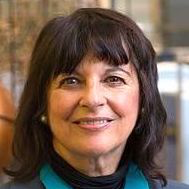
Jacqueline Barton (May 7, 1952) is an American chemist. Barton studies the chemical and physical properties of DNA and their roles in biological activities. The primary focus of her research is transverse electron transport along double-stranded DNA, its implications in the biology of DNA damage and repair, and its potential for materials sciences applications such as targeted chemotherapeutic treatments for cancer. Among many other awards, Barton has received the 2011 National Medal of Science, bestowed by the President of the United States to individuals in science and engineering, and the 2015 Priestley Medal, the highest honor conferred by the American Chemical Society (ACS) for distinguished service in the field of chemistry.
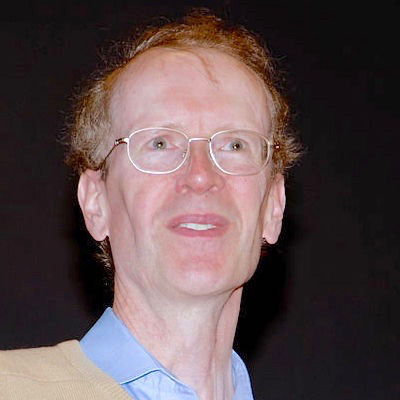
Andrew Wiles (11 April 1953) is an English mathematician and a Royal Society Research Professor at the University of Oxford, specializing in number theory. He is best known for proving Fermat's Last Theorem in 1994.
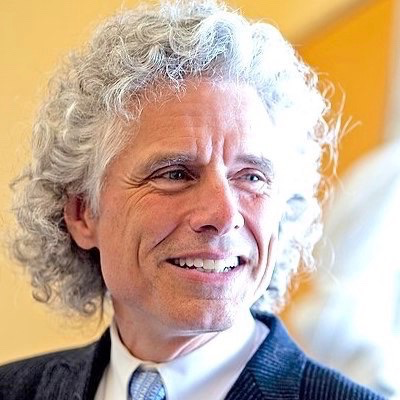
Steven Pinker (September 18, 1954) is a Canadian-American cognitive psychologist, linguist, and popular science author. He is Johnstone Family Professor in the Department of Psychology at Harvard University, and is known for his advocacy of evolutionary psychology and the computational theory of mind.
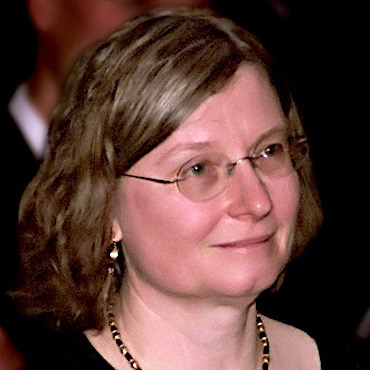
Ingrid Daubechies (17 August 1954) is a Belgian physicist and mathematician. She is best known for her work with wavelets in image compression. Daubechies is recognized for her study of the mathematical methods that enhance image-compression technology. She is a member of the National Academy of Engineering, the National Academy of Sciences and the American Academy of Arts and Sciences. She is also a 1992 MacArthur Fellow. She also served on the Mathematical Sciences jury for the Infosys Prize from 2011 to 2013. The name Daubechies is widely associated with the orthogonal Daubechies wavelet and the biorthogonal CDF wavelet. A wavelet from this family of wavelets is now used in the JPEG 2000 standard. Her research involves the use of automatic methods from both mathematics, technology and biology to extract information from samples like bones and teeth. She also developed sophisticated image processing techniques used to help establish the authenticity and age of some of the world's most famous works of art including paintings by Vincent van Gogh and Rembrandt.
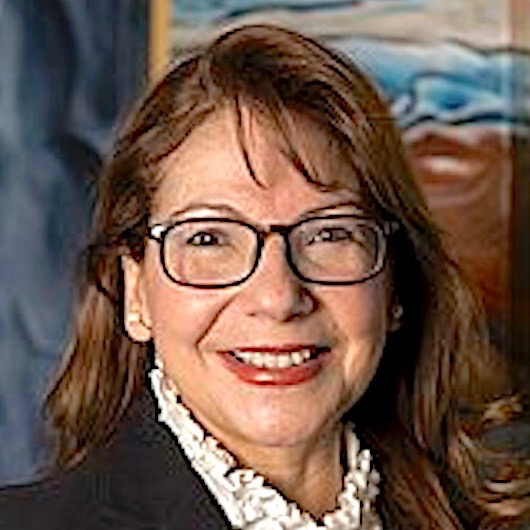
Adriana Ocampo (January 5, 1955) is a Colombian planetary geologist and a Science Program Manager at NASA Headquarters. She and her colleagues were the first to identify a ring of cenotes using satellite images, the only surface impression of the buried Chicxulub crater. As lead executive for the New Frontiers Program, Ocampo was the science coordinator for flight project mission operations in the Galileo Mission and was part of developing strategic plans for the Juno Mission.
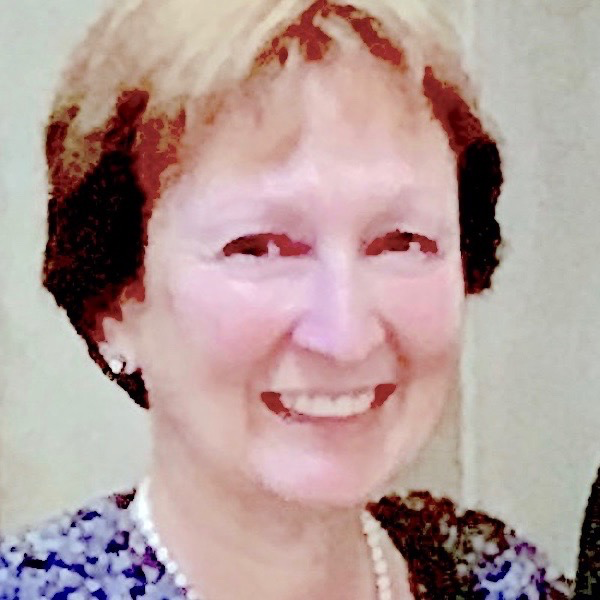
Beatrice H. Hahn (February 13, 1955) is an American virologist and biomedical researcher. She is a professor of Medicine and Microbiology in the Perelman School of Medicine at the University of Pennsylvania. Hahn discovered that the human immunodeficiency virus (HIV) originated in other primates and traversed to humans. Hahn later determined that the malaria parasite also traversed from other primates to humans, in a single event.
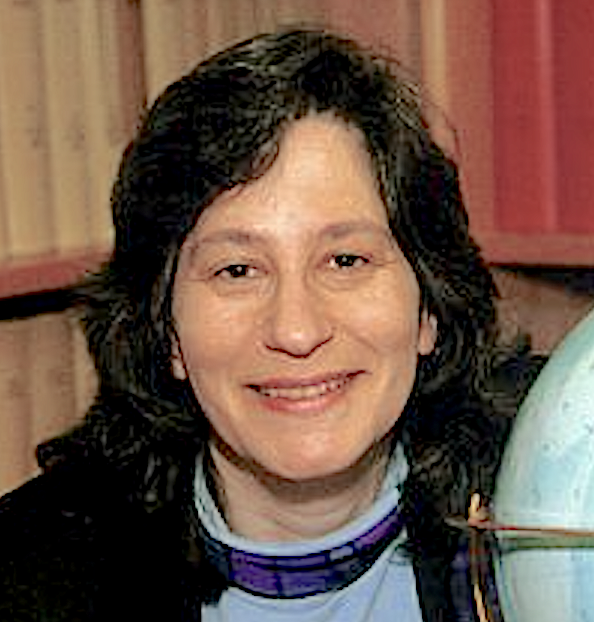
Susan Solomon (January 19, 1956 in Chicago) is an atmospheric chemist, working for most of her career at the National Oceanic and Atmospheric Administration. In 2011, Solomon joined the faculty at the Massachusetts Institute of Technology, where she serves as the Ellen Swallow Richards Professor of Atmospheric Chemistry & Climate Science. Solomon, with her colleagues, was the first to propose the chlorofluorocarbon free radical reaction mechanism that is the cause of the Antarctic ozone hole. Solomon is a member of the U.S. National Academy of Sciences, the European Academy of Sciences, and the French Academy of Sciences. In 2002, Discover magazine recognized her as one of the 50 most important women in science. In 2008, Solomon was selected by Time magazine as one of the 100 most influential people in the world. She also serves on the Science and Security Board for the Bulletin of the Atomic Scientists.
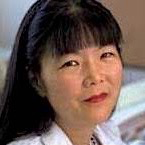
Margaret A. Liu (June 11, 1956) is a physician and researcher studying gene expression, immune responses, and vaccines. She is a founder of the field of DNA-based vaccines, and studies both plasmid DNA and mRNA vaccine technologies. She was the first researcher to provide evidence that gene-based immunization could protect against infectious diseases such as influenza, tuberculosis, HPV, and HIV. In addition to her work with animal models, she was involved with the first trial of a gene-based influenza vaccine in humans. In 2002, Discover magazine recognized Liu as one of the 50 most important women in science.
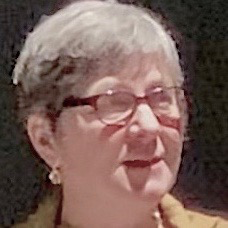
Melissa Franklin (September 30, 1956) is an experimental particle physicist and the Mallinckrodt Professor of Physics at Harvard University. In 1992 Professor Franklin became the first woman to receive tenure in the Physics department at Harvard University and she served as Chair of the department from 2010 to 2014. While working at Fermi National Accelerator Laboratory in Chicago, her team found some of the first evidences for the existence of the top quark. In 1993, Franklin was elected a fellow of the American Physical Society. She is currently member of the CDF (Fermilab) and ATLAS (CERN) collaborations.
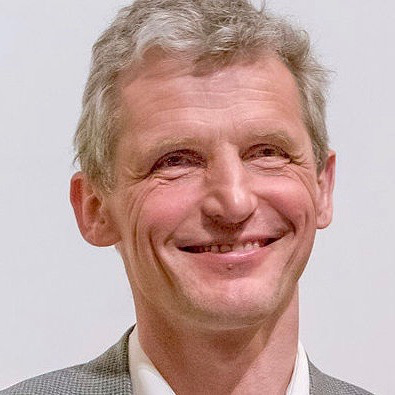
Wolfgang Ketterle (21 October 1957) is a German born American physicist and professor of physics. His research has focused on experiments that trap and cool atoms to temperatures close to absolute zero, and he led one of the first groups to realize Bose-Einstein condensation (BEC) in these systems in 1995. For this achievement, as well as early fundamental studies of condensates, he was awarded the Nobel Prize in Physics in 2001, together with Eric Allin Cornell and Carl Wieman.
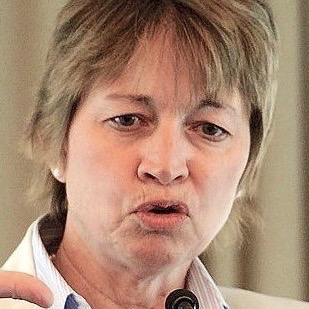
Maria Zuber (June 27, 1958) is an American astronomer who is a member of the National Science Board and the Vice President for Research at the Massachusetts Institute of Technology, where she also holds the position of the E. A. Griswold Professor of Geophysics in the Department of Earth, Atmospheric and Planetary Sciences. Zuber has been involved in more than half a dozen NASA planetary missions aimed at mapping the Moon, Mars, Mercury, and several asteroids. She is currently the principal investigator for the Gravity Recovery and Interior Laboratory (GRAIL) Mission, which is managed by NASA's Jet Propulsion Laboratory. On January 15, 2021, Zuber was appointed co-chair of President-elect Joe Biden's President's Council of Advisors on Science and Technology (PCAST), which was elevated to the Cabinet.
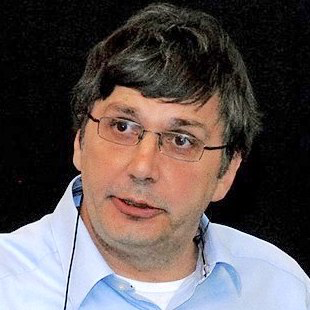
Andre Geim (21 October 1958) is a Russian-born Dutch-British physicist working in England in the School of Physics and Astronomy at the University of Manchester. In 2004 Geim and Konstantin Novoselov isolated graphene, a monolayer of carbon atoms, and studied its quantum electrical properties. Geim and Novoselov were awarded the 2010 Nobel Prize in Physics their work on graphene. Geim had also been awarded an Ig Nobel Prize earlier in 2000 for levitating a frog using its intrinsic magnetism. He is the only individual, as of 2020, to have received both Nobel and Ig Nobel prizes.
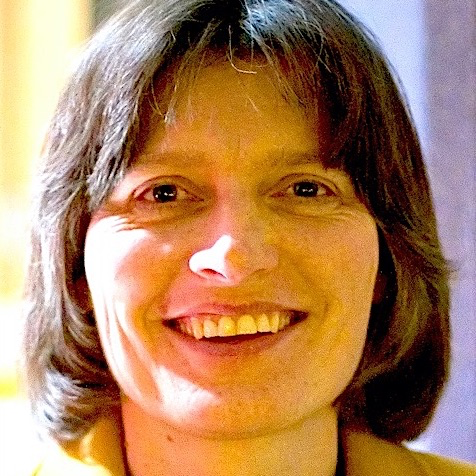
Lene Hau (November 13, 1959) is a Danish physicist who is currently the Mallinckrodt Professor of Physics and of Applied Physics at Harvard University. She received a PhD from Aarhus University. In 1999, she led a Harvard University team who, by use of a Bose-Einstein condensate, succeeded in slowing a beam of light to about 17 metres per second, and, in 2001, was able to stop a beam completely. Later work based on these experiments led to the transfer of light to matter, then from matter back into light, a process with important implications for quantum encryption and quantum computing. More recent work has involved research into novel interactions between ultracold atoms and nanoscopic-scale systems. In acknowledgment of her many achievements, Discover Magazine recognized her in 2002 as one of the 50 most important women in science.
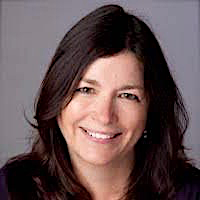
Maureen Raymo (1959) is an American paleoclimatologist and marine geologist. She is the Co-Founding Dean of the Columbia Climate School, Director of the Lamont-Doherty Earth Observatory of Columbia University, the G. Unger Vetlesen Professor of Earth & Environmental Sciences, and Director of the Lamont-Doherty Core Repository at the Lamont-Doherty Earth Observatory of Columbia University. She is the first female climate scientist and first female scientist to head the institution. Raymo has done pioneering work on ice ages, the geologic temperature record, and climate, examining and theorizing about global cooling and warming and transitions in ice age cycles. Her work underlies fundamental ideas in paleoceanography including the uplift weathering hypothesis, the "41,000-year problem", the Pliocene sea-level paradox, and the Lisiecki-Raymo δ18O or delta-O-18 stack. In 2014 Raymo became the first woman to win the Wollaston Medal for geology, which at the time had been awarded for 183 years. She was described in her nomination as ".. one of the foremost and influential figures in the last 30 years".
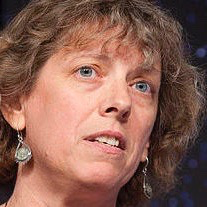
Heidi Hammel (March 14, 1960) is a planetary astronomer who has extensively studied Neptune and Uranus. She was part of the team imaging Neptune from Voyager 2 in 1989. She led the team using the Hubble Space Telescope to view Shoemaker-Levy 9's impact with Jupiter in 1994. She has used the Hubble Space Telescope and the Keck Telescope to study Uranus and Neptune, discovering new information about dark spots, planetary storms and Uranus' rings. In 2002, she was selected as an interdisciplinary scientist for the James Webb Space Telescope. She is the 2002 recipient of the Carl Sagan Medal given to a scientist whose communications have greatly enhanced the general public's understanding of planetary science. She was one of Discover Magazine's 50 most important women in science in 2003. In addition to her public-facing work at NASA, in 2010 she became the executive vice president of the Association of Universities for Research in Astronomy (AURA).
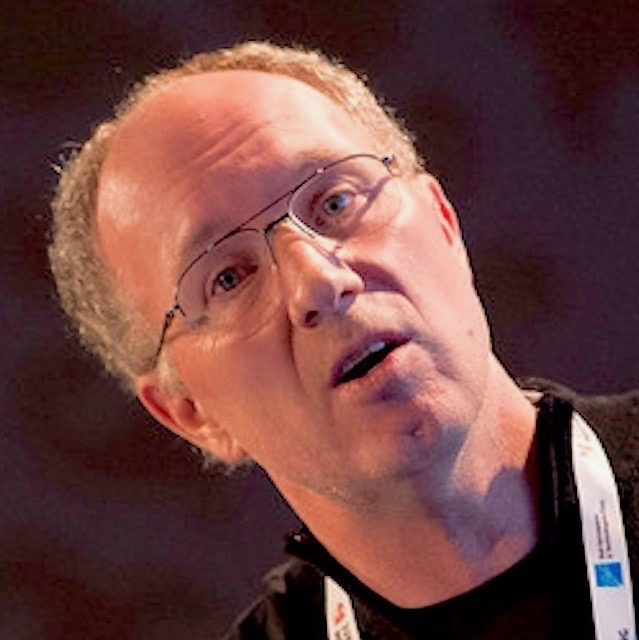
Dale Frail is an astronomer working at the National Radio Astronomy Observatory (NRAO) in Socorro, New Mexico. In early 1992, Dale Frail and Aleksander Wolszczan announced their discovery of the existence of the first two planets and a possible third around the pulsar PSR B1257+12. Pulsar planets are planets that are found orbiting pulsars, or rapidly rotating neutron stars. In addition to being the first confirmed discovery of pulsar planets, the find is also generally considered to be the first confirmed discovery of extrasolar planets of any kind.
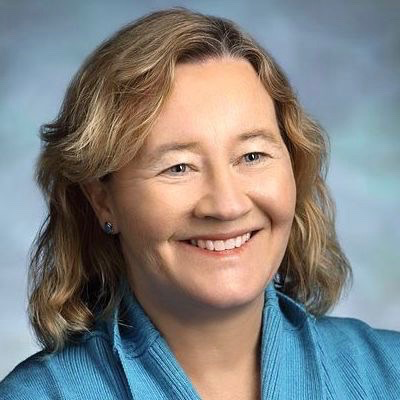
Carol W. Greider (April 15, 1961) is an American molecular biologist and Nobel laureate. She discovered the enzyme telomerase in 1984, while a graduate student of Elizabeth Blackburn at the UC Berkeley.

Bart van Wees (August 4, 1961) is a Dutch professor of technical physics at the University of Groningen (RUG). Among his areas of expertise, he includes nanosciences and nanotechnology, technical physics and the physics of condensed matter. In 1988 van Wees and colleagues at TU Deflt and Philips Research discovered the quantized conductance in a two-dimensional electron gas.
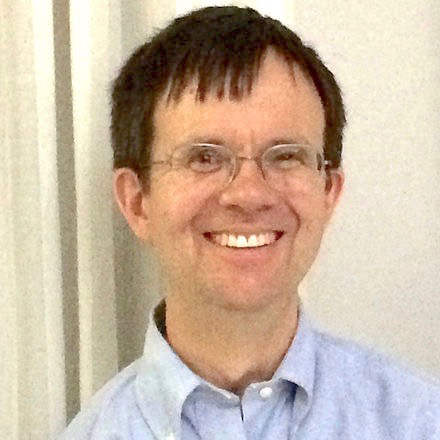
Eric Allin Cornell (December 19, 1961) is an American physicist who in 1995, along with Carl E. Wieman, was able to synthesize the first Bose-Einstein condensate (BEC). In other words, they attained the first Bose-Einstein Condensate with atomic gases, the fifth state of matter at an extremely low temperature. For their efforts, Cornell, Wieman, and Wolfgang Ketterle shared the Nobel Prize in Physics in 2001.
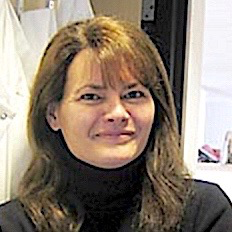
Elizabeth Gould (1962) is an American neuroscientist. She was an early investigator of adult neurogenesis in the hippocampus. Continual addition of neurons in adulthood apparently contributes to association neocortex functions.
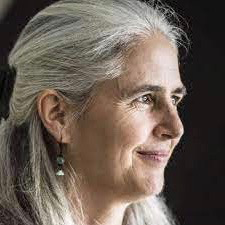
Mercedes Pascual is a Uruguayan theoretical ecologist, and a Professor in the Department of Ecology and Evolution at the University of Chicago, where she leads the laboratory for Modeling and Theory in Ecology and Epidemiology (MATE). She was previously the Rosemary Grant Collegiate Professor at the University of Michigan and a Howard Hughes Medical Institute Investigator. Pascual has developed systems models for the study of complicated, irregular cycles in ecosystems, using mathematical, statistical and computational approaches. She applies these models to the study of food webs, ecology, and epidemiology, in particular the evolution of infectious diseases. She has discovered relationships between El Niño climate patterns and the occurrence of cholera outbreaks in Bangladesh. One of the patterns she reports is that El Niño episodes are becoming an increasingly-strong driver of disease outbreaks. Her work may be the first quantitative evidence to show global climate change effecting an infectious disease. Other diseases that she studies include malaria and influenza. Her models can be used predictively in support of public health.
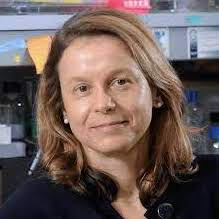
Geraldine C. Seydoux (June 18, 1964) is a Professor of Molecular Biology and Genetics, the Huntington Sheldon Professor in Medical Discovery, and the Vice Dean for Basic Research at Johns Hopkins University. She is also a Howard Hughes Medical Institute Investigator. Seydoux's work has focused on the earliest stages of embryogenesis and how single-celled eggs develop into multicellular embryos. The Seydoux lab attempts to determine the process by which embryonic development and polarization are activated. In 2002, Discover magazine recognized her as one of the 50 most important women in science.
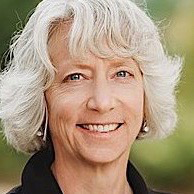
Gretchen Daily (October 19, 1964) is an American environmental scientist and tropical ecologist. She has contributed to understanding humanity's dependence and impacts on nature, and to advancing a systematic approach for valuing nature in policy, finance, management, and practice around the world. Daily is co-founder and faculty director of the Stanford Natural Capital Project, a global partnership that aims to mainstream the values of nature into decision-making of people, governments, investors, corporations, NGOs, and other institutions. With more than 300 partners worldwide, the Project is pioneering science, technology, and scalable demonstrations of inclusive, sustainable development.
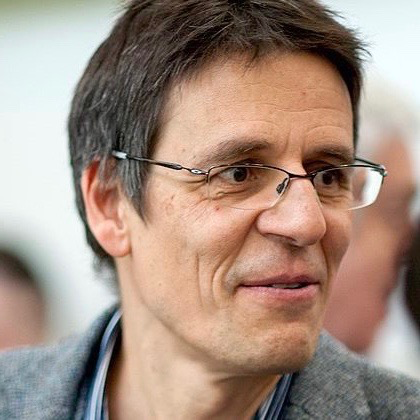
Didier Queloz (23 February 1966) is a Swiss astronomer. In 1995 Queloz and Michel Mayor discovered 51 Pegasi b, the first extrasolar planet orbiting a sun-like star, 51 Pegasi. In 2019 Queloz and Mayor were awarded half of the Nobel Prize in Physics for their discovery of an exoplanet planet orbiting a sun-like or main sequence star.
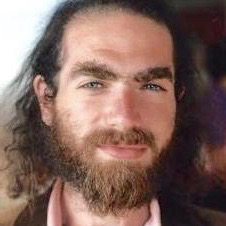
Grigori Perelman (13 June 1966) is a Russian mathematician known for his contributions to the fields of geometric analysis, Riemannian geometry, and geometric topology. In 2003 Perelman presented proof of the Poincaré conjecture. Originally conjectured by Henri Poincaré, the theorem concerns a space that locally looks like ordinary three-dimensional space but is connected, finite in size, and lacks any boundary (a closed 3-manifold). The Poincaré conjecture claims that if such a space has the additional property that each loop in the space can be continuously tightened to a point, then it is necessarily a three-dimensional sphere. The analogous conjectures for all higher dimensions were proved before a proof of the original conjecture was found.
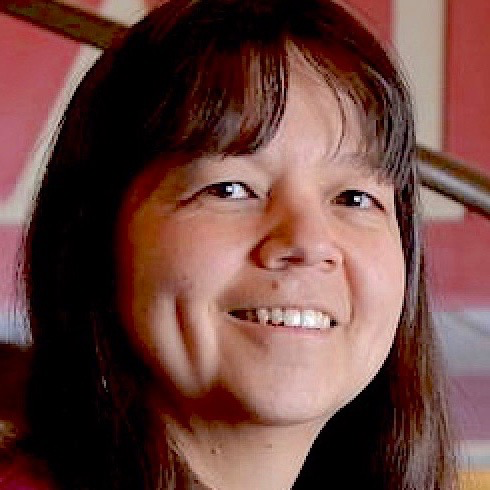
Deborah S. Jin (November 15, 1968 - September 15, 2016) was an American physicist and fellow with the National Institute of Standards and Technology (NIST); Professor Adjunct, Department of Physics at the University of Colorado; and a fellow of the JILA, a NIST joint laboratory with the University of Colorado. From 1995 to 1997 she was involved in some of the earliest studies of dilute gas Bose-Einstein condensates. In 2003, Dr. Jin's team made the first fermionic condensate, a new form of matter. She used magnetic traps and lasers to cool fermionic atomic gases to less than 100 billionths of a degree above zero, successfully demonstrating quantum degeneracy and the formation of a molecular Bose-Einstein condensate.
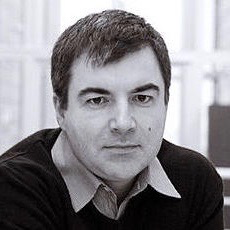
Konstantin Novoselov (23 August 1974) is a Russian-British physicist, and a Professor at the Centre for Advanced 2D Materials, National University of Singapore. He is also the Langworthy Professor in the School of Physics and Astronomy at the University of Manchester. In 2004 Novoselov and Andre Geim isolated graphene, a monolayer of carbon atoms, and studied its quantum electrical properties. Their work on graphene earned them the Nobel Prize in Physics in 2010.
...
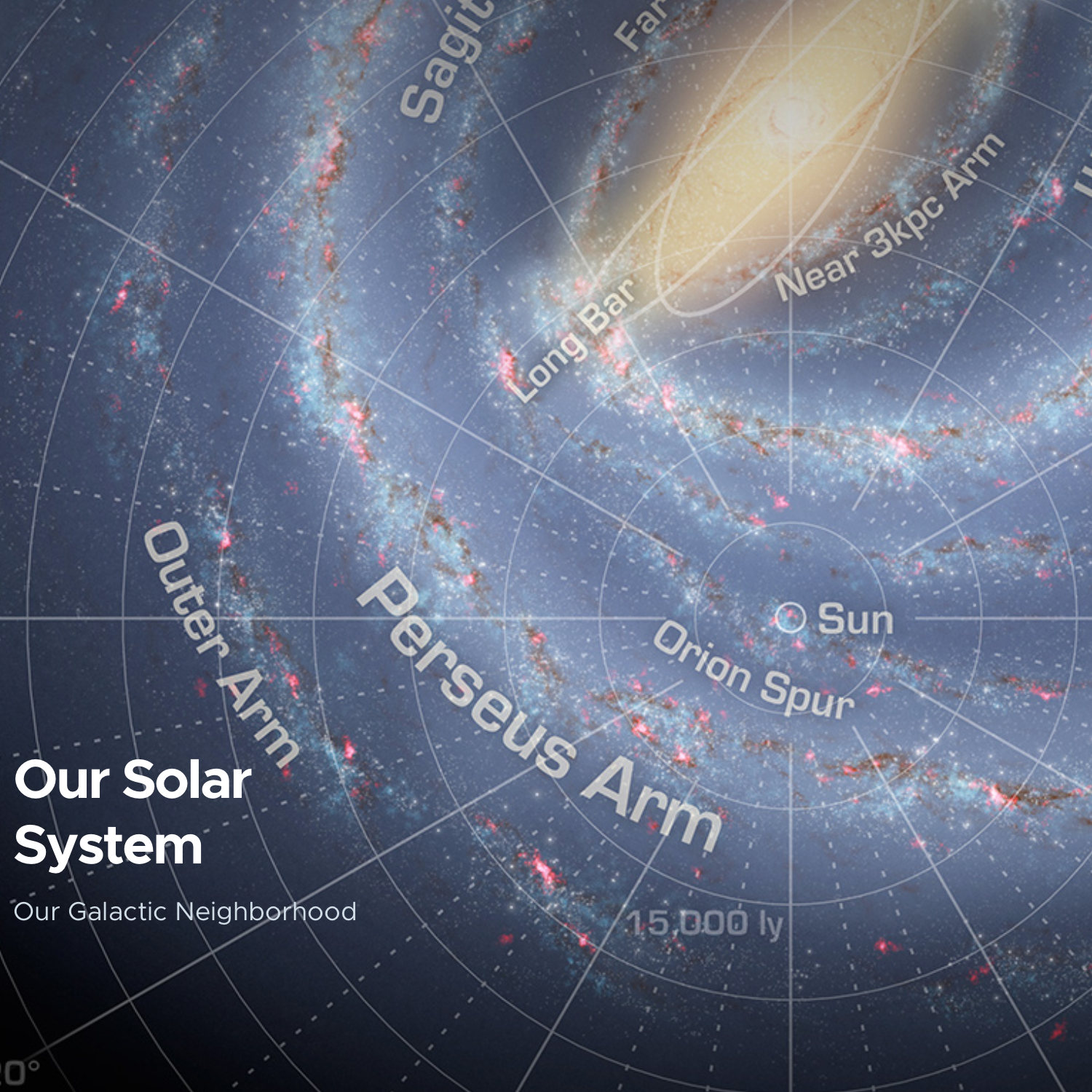
Our Solar System: Our Galatic Neighborhood
NASA
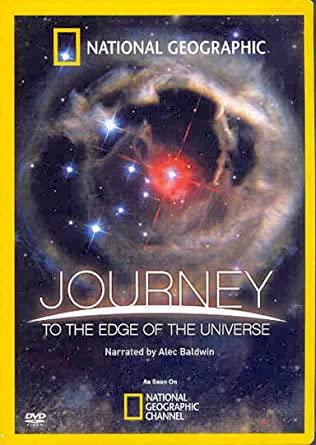
Journey To The Edge Of The Universe
US: Alec Baldwin, UK: Sean Pertwee
2008, National Geographic Channel
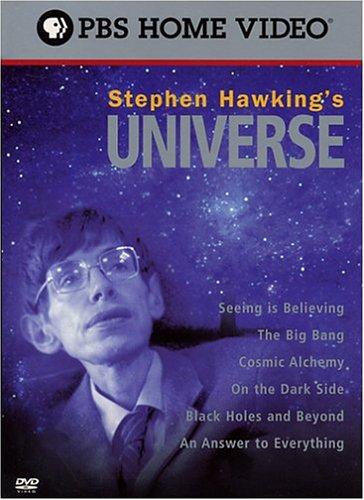
Stephen Hawking's Universe
Frank Langella
1997, PBS
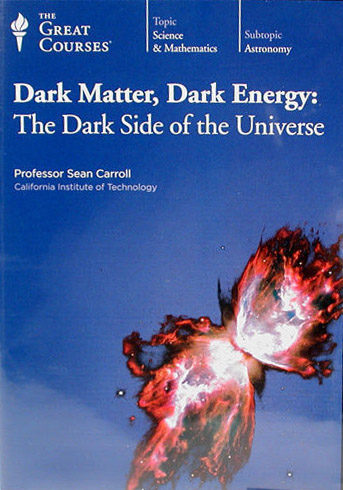
Dark Matter, Dark Energy: The Dark Side of the Universe
Sean Carroll Ph.D.
2007, The Great Courses
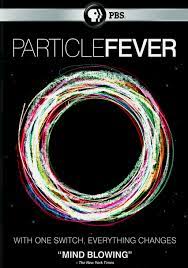
Particle Fever
Savas Dimopoulos, Ph.D.; Nima Arkani-Hamed, Ph.D.; Fabiola Gianotti, Ph.D.; David Kaplan, Ph.D.; Monica Dunford, Ph.D.; Martin Aleksa, Ph.D.; Mike Lamont, Ph.D.
2013, PBS/Abramorama/BOND360
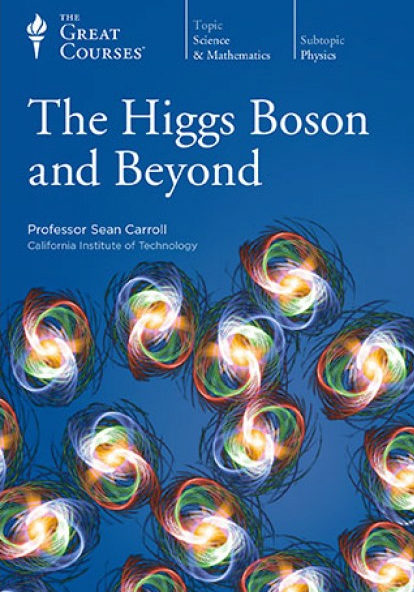
The Higgs Boson and Beyond
Sean Carroll Ph.D.
2015, The Great Courses
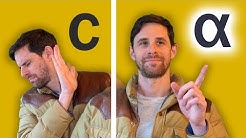
The Speed of Light is NOT Fundamental. But THIS is.
Dominic Walliman, Ph.D.
2020, YouTube channel: DoS - Domain of Science
From Today to the Heat Death of the Sol System
And the Total Universe After That?

Timeline of the Universe
Martin Bargic
2015, Halcyon Maps
REASONING

Logic 101 MOOC (Massively Open Online Course)
William Spaniel
2016, YouTube channel: William Spaniel
Logic Dashboard
G. O. Gray-Lee
To Be Announced
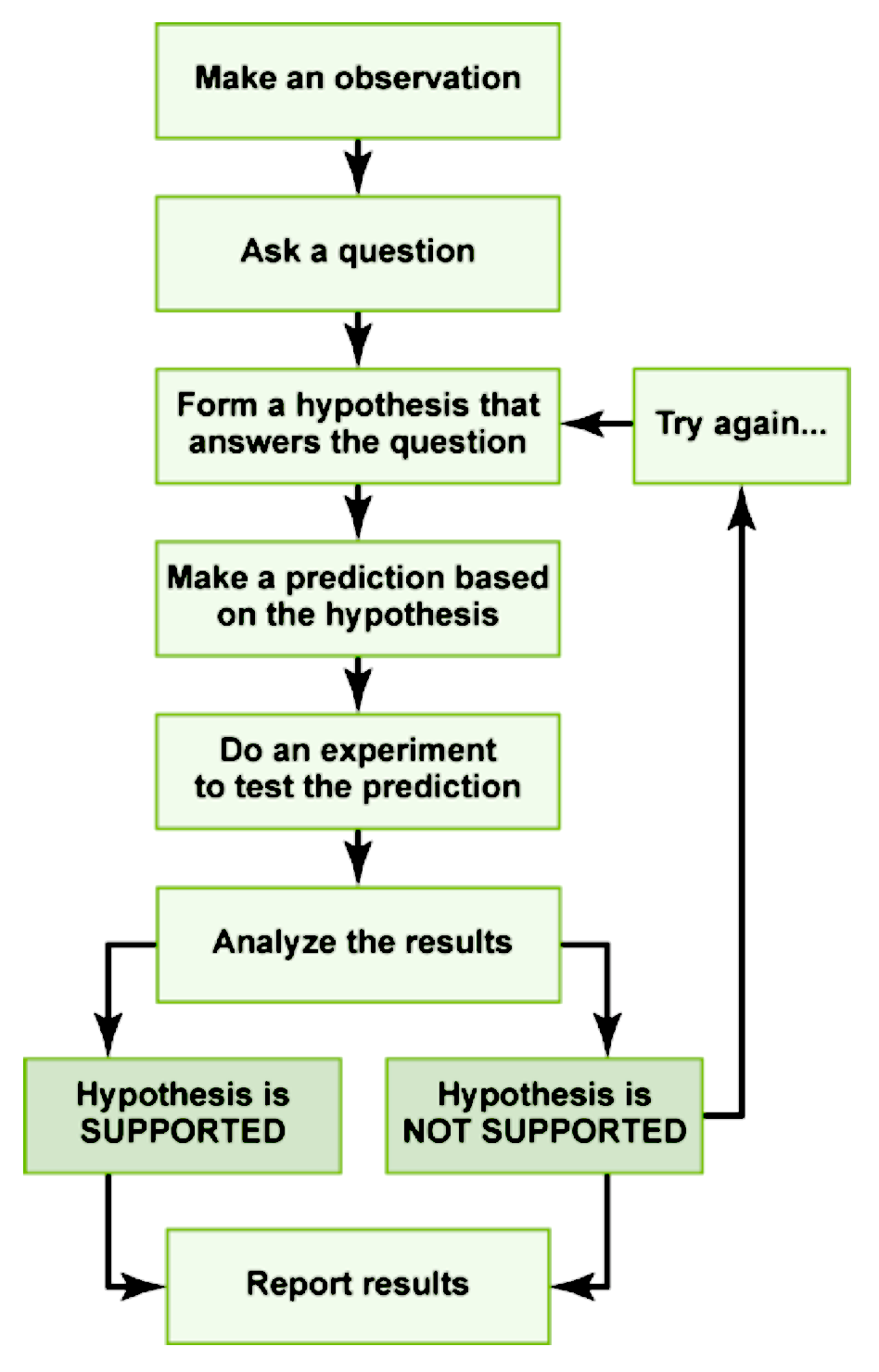
The Scientific Method
INDIVIDUALITY (Individual or Group)

Dopamine
Wikipedia
Current Update, Wikipedia
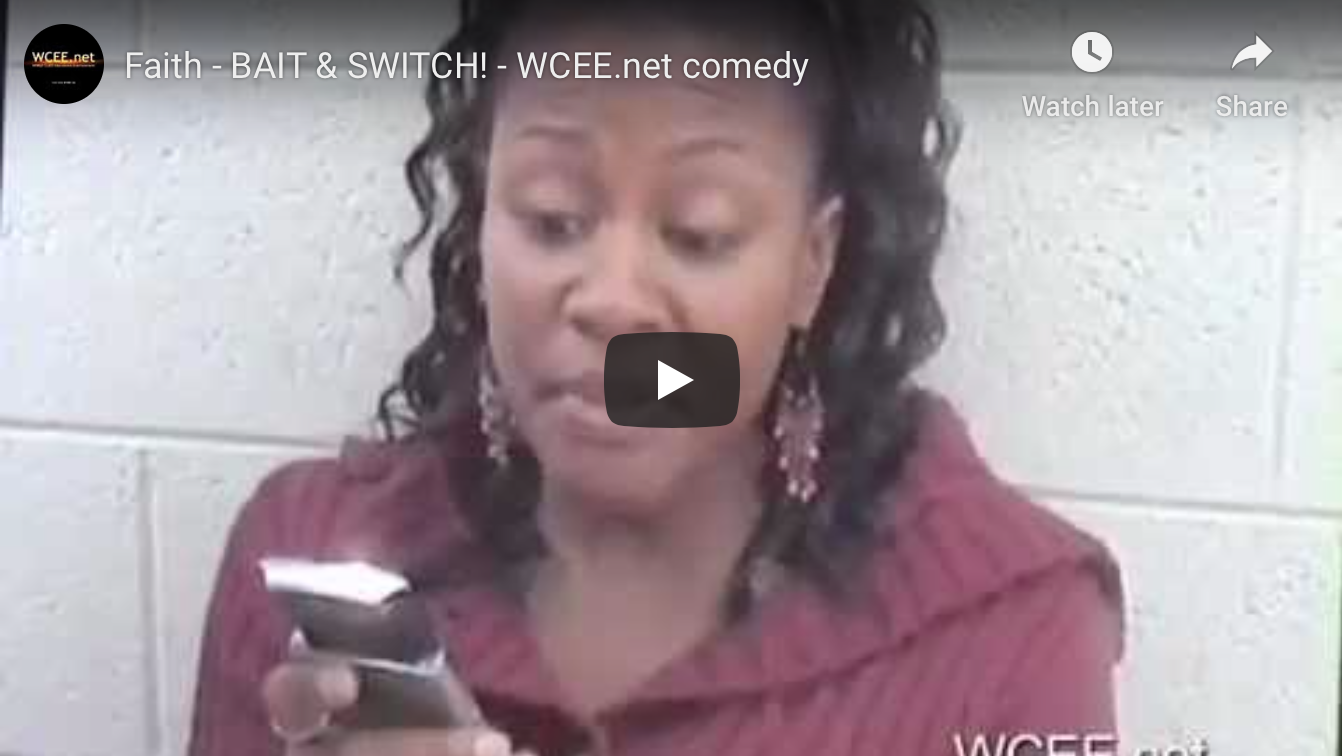
Faith
WCEE.net
2012, WCEE.net
Reasoning
Logic & The Scientific Method
See REASONING section above.

Self-Image
WCEE.net
2012, WCEE.net
ALL REALITY
Progression of mathematics...
Algebra I
Algebra II
Geometry
Trigonometry
Pre-Calculous
Calculous
Discrete Mathematics

"These lectures have been specifically designed to introduce and review all of the scientific principles that are included in the Content Standards portion of the National Science Education Standards. The result is a comprehensive and integrated introduction to all of science."
The Joy of Science
Robert M. Hazen, Ph.D.
2001, The Great Courses
The Origin of Behaviors
G. O. Gray-Lee
To Be Announced
“The application of Logic to The Scientific Method has led Homo sapiens sapiens to many discoveries. At the same time, persuasion and undeveloped self-image inflict repeated and unnecessary problems on each new member of our species. If Homo sapiens sapiens are to achieve actual and lasting peace throughout the planet, which would allow us, as a species, to turn our minds to atypical problems, then individual mastery of both healthy self-image and cogent reasoning is necessary. And: species-wide application of both healthy self-image and cogent reasoning will make possible our complete construction of a single, practical ‘Utopian’ agenda. This is the thesis of The Civilization Society.“
Q.E.D. The "Utopian" Agenda
Research-in-Progress, The Civilization Society

Quantum Gravity | The Search For a Theory of Everything
Dominic Walliman, Ph.D.
2020, YouTube channel: DoS - Domain of Science
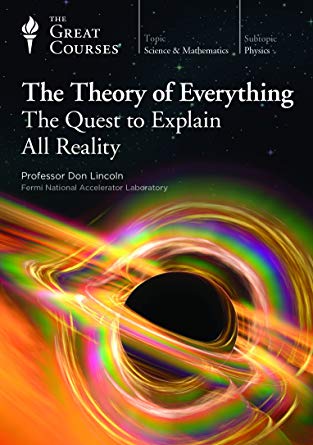
The Theory of Everything: The Quest to Explain All Reality
Don Lincoln, Ph.D.
2017, The Great Courses
